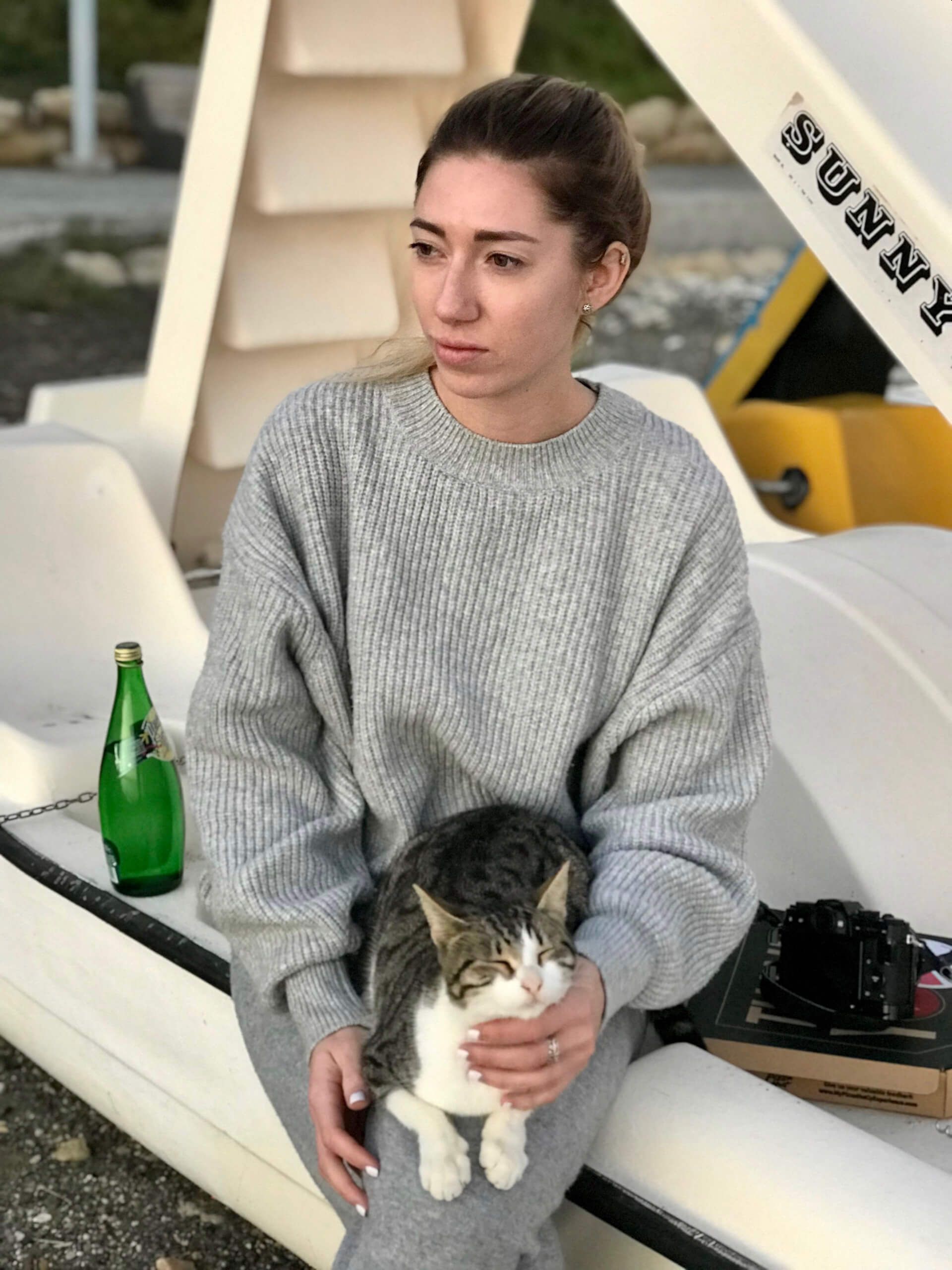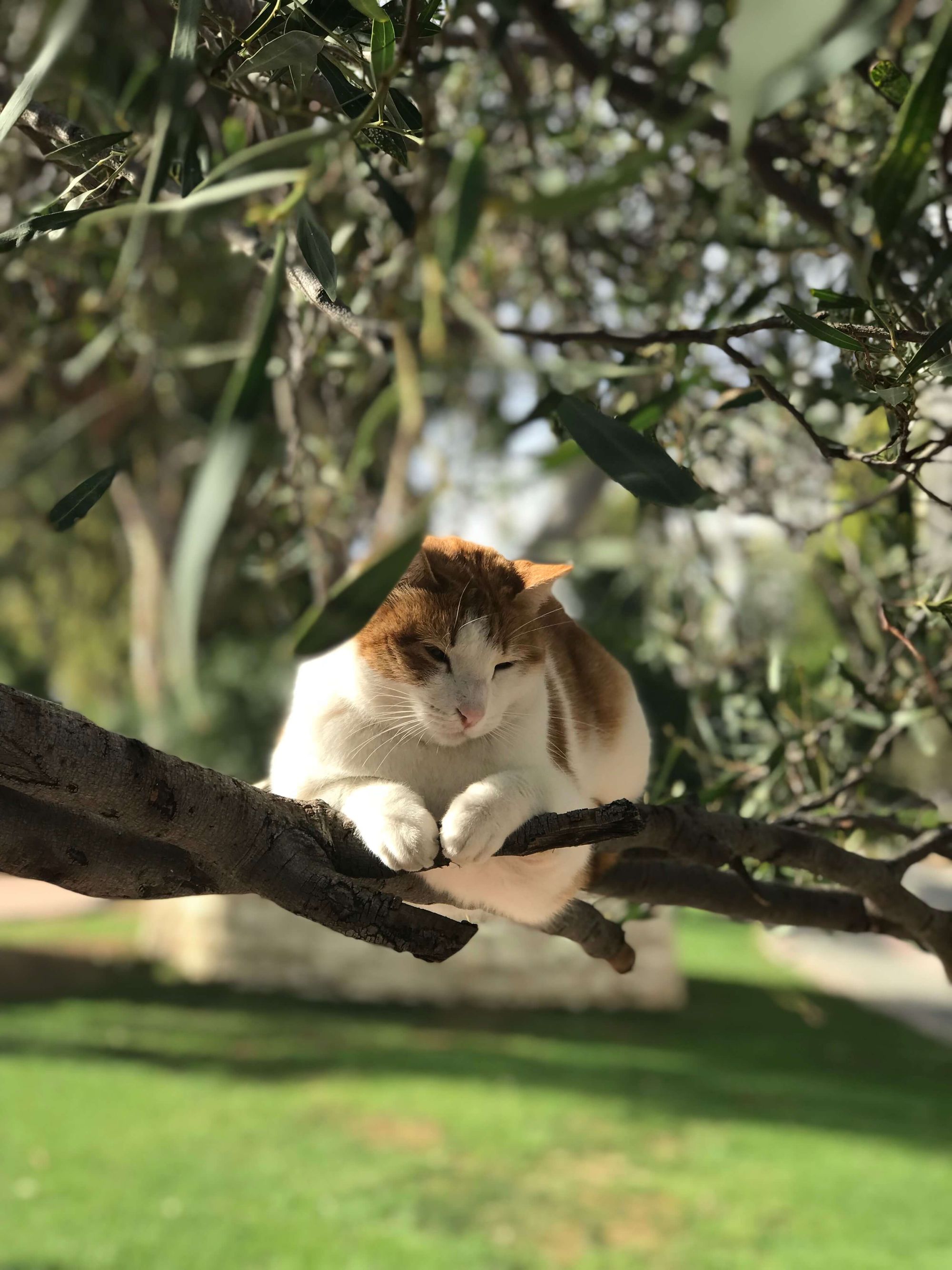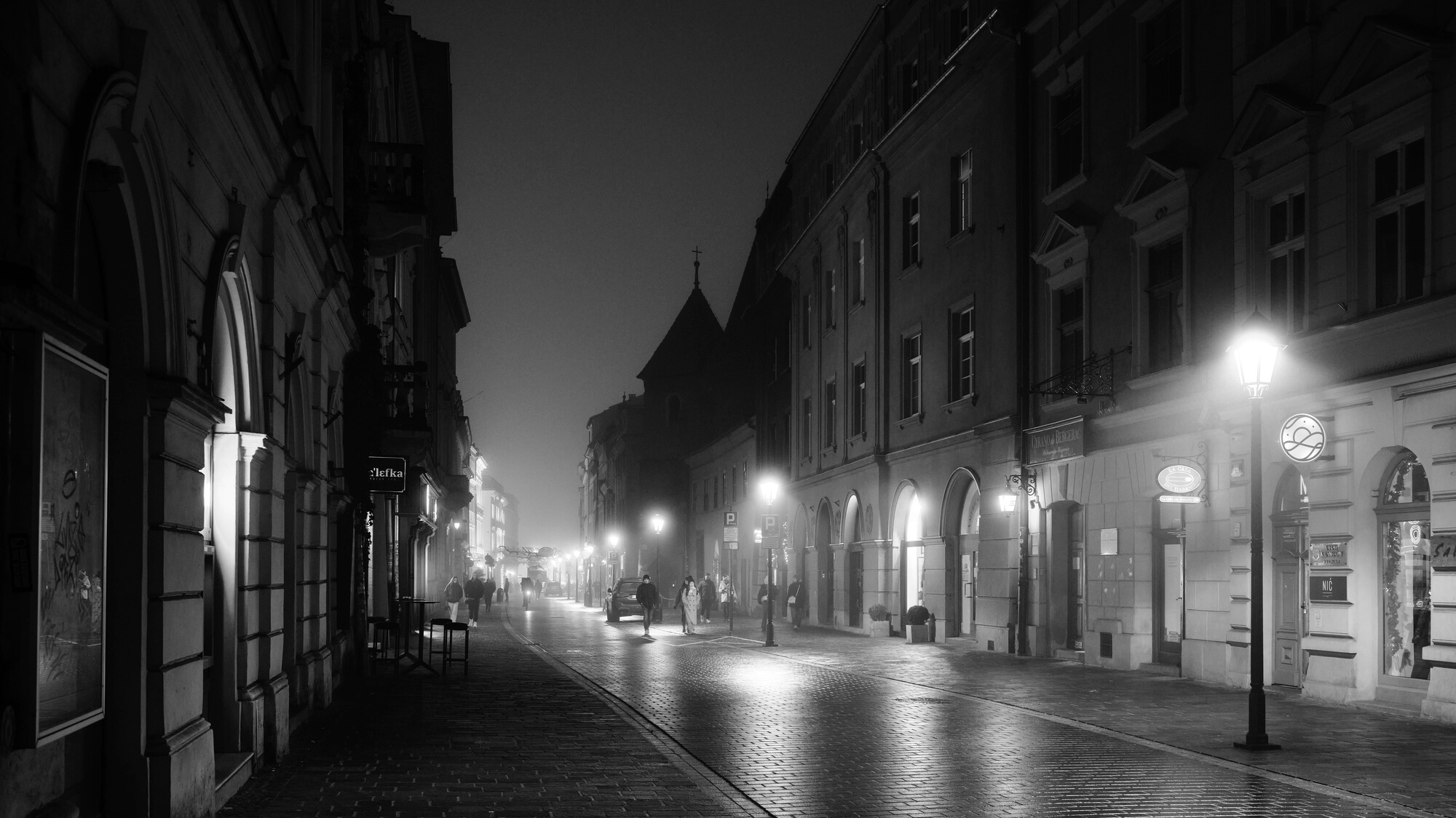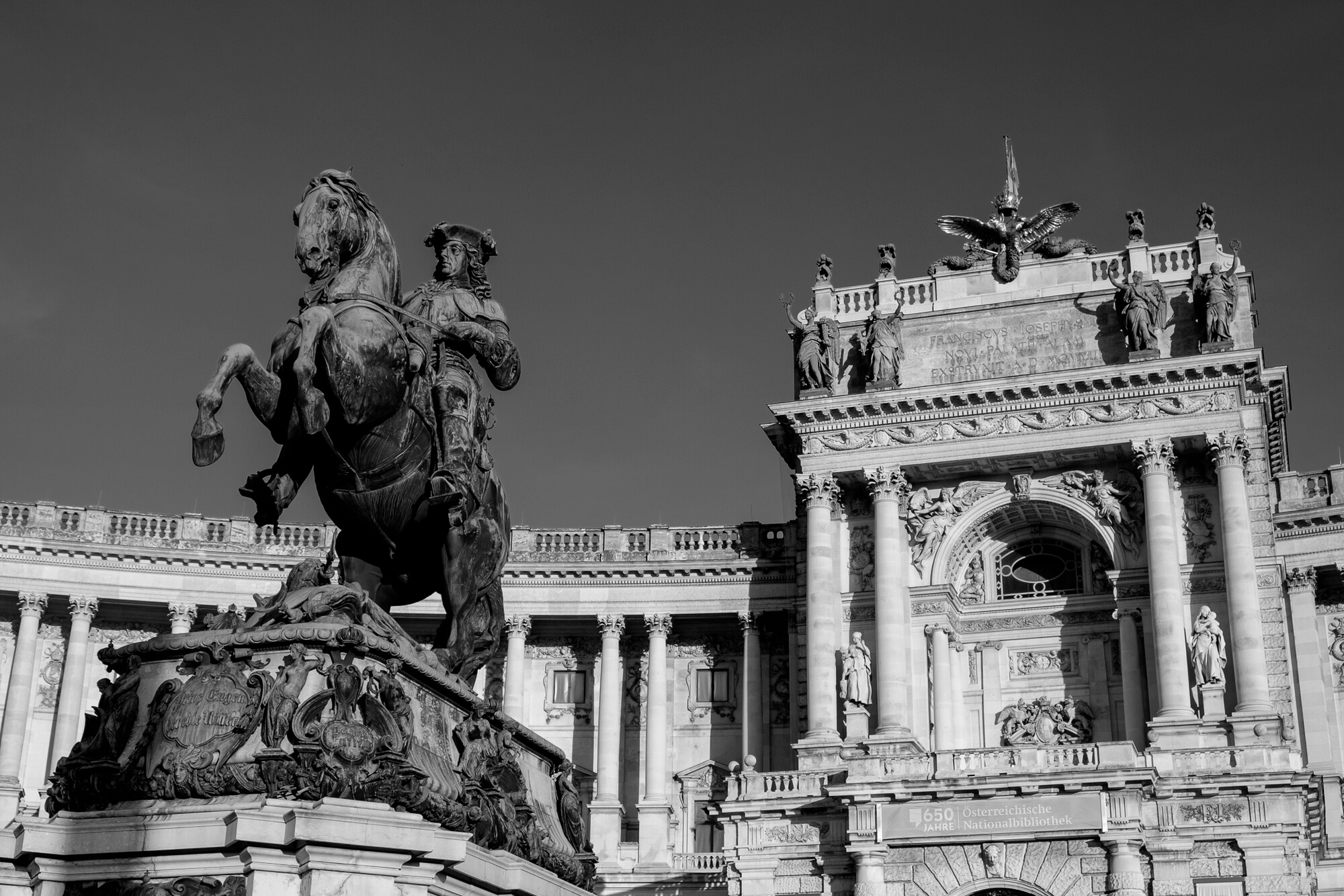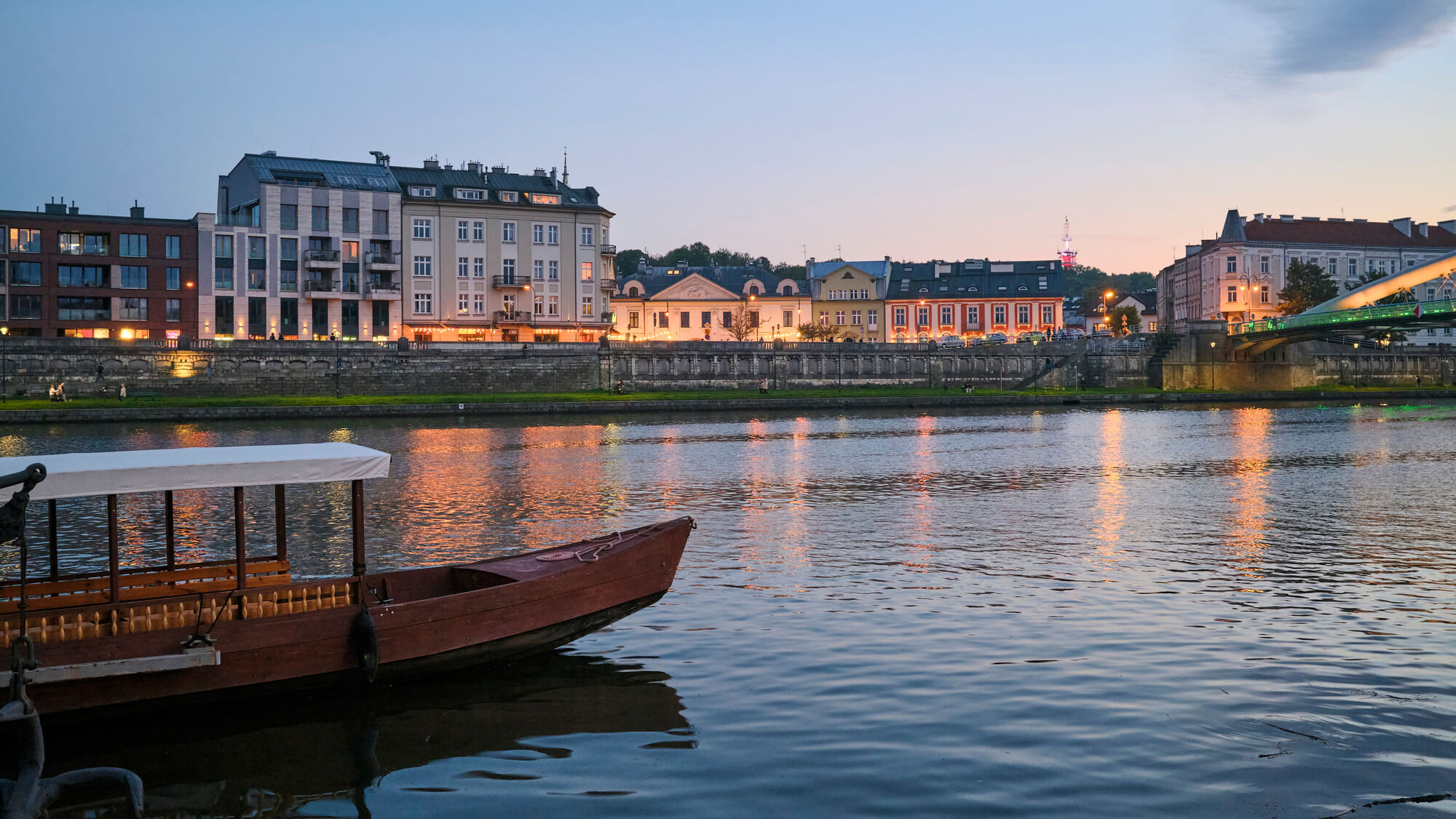This post is also available in Russian 🐻
This year I visited Cyprus twice, traversed the island in every direction, took tons of photos, and made a million notes. There’s so much information that I’ll have to split it into two posts. The first one — the overview and main cities. The second one — hidden spots and the northern part of the island.
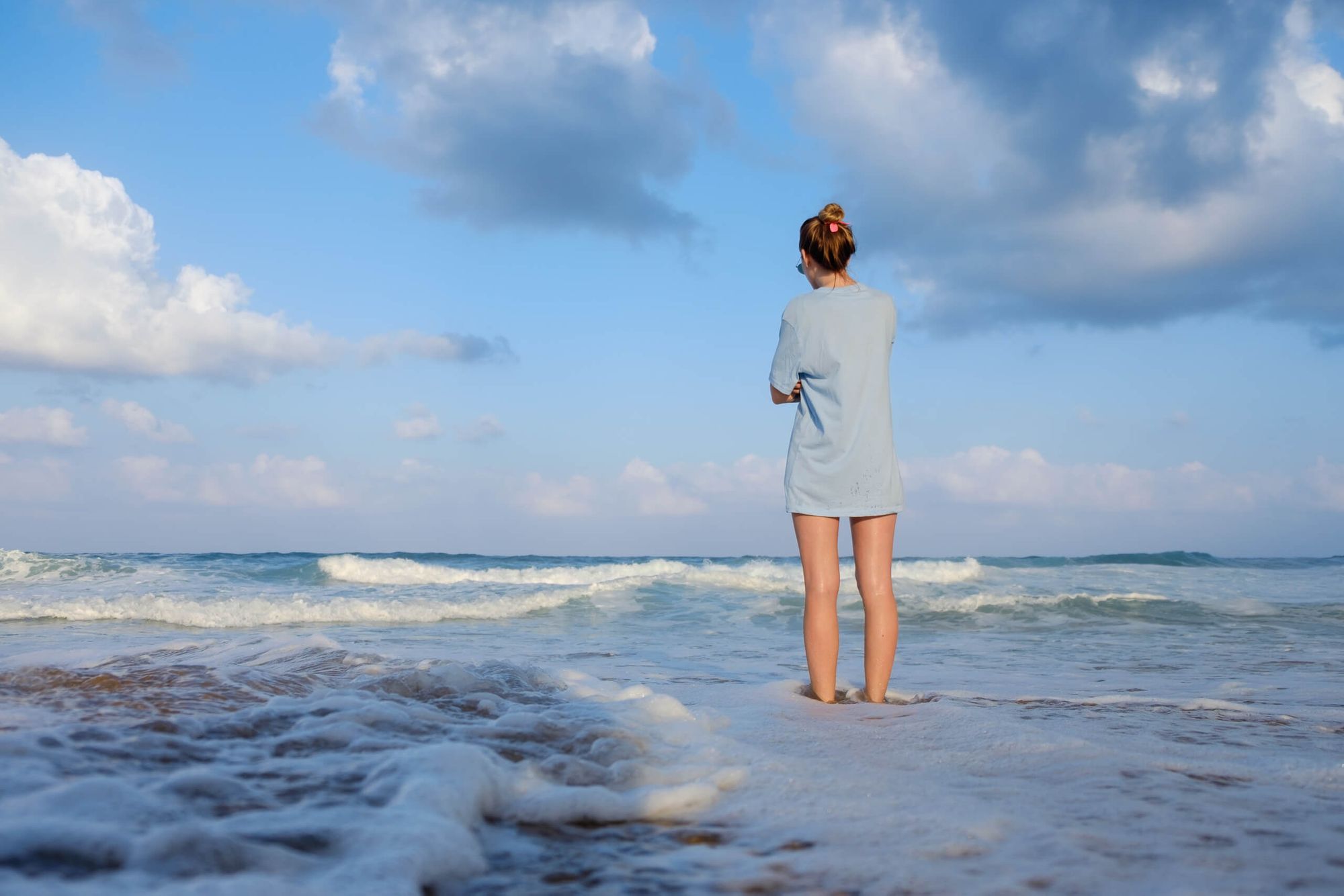
Overview
It turns out some folks think Cyprus is part of Greece. It’s not. Cyprus is a fragment of Hellenistic civilization, a former British colony, and now — an island of two states: the Republic of Cyprus in the South, and the Turkish Republic of Northern Cyprus in the North. Between them lies a chasm (and a UN buffer zone).
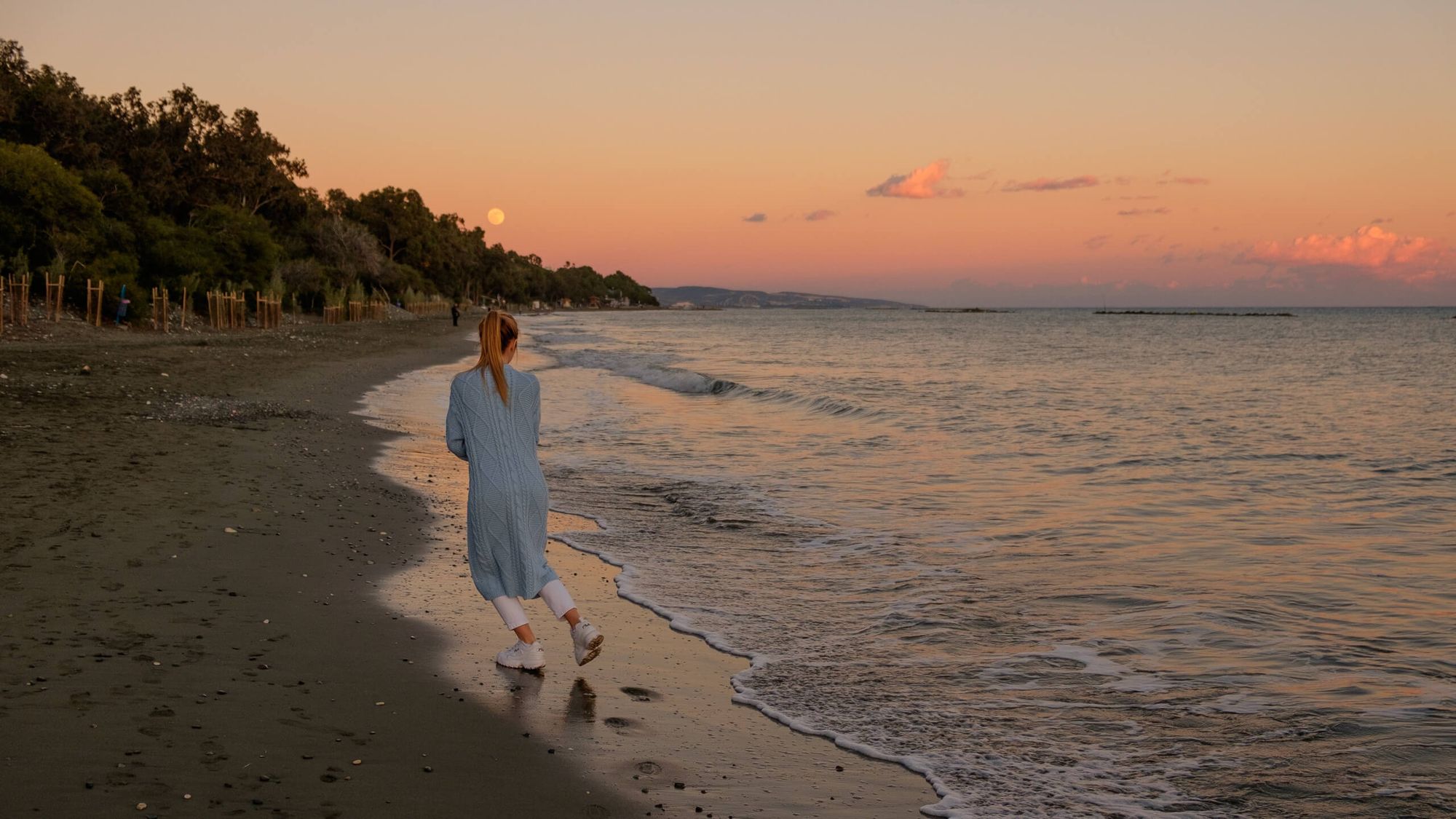
Southern Cyprus, often confused with Greece, is actually quite similar to Hellas. They speak Greek, eat gyros, are part of the EU, and use the Euro. Located near the coast of Asia Minor — between Turkey, Syria, Libya, and Israel. Reminders of the colonial past include a few British military bases and excellent English, spoken even in the villages.
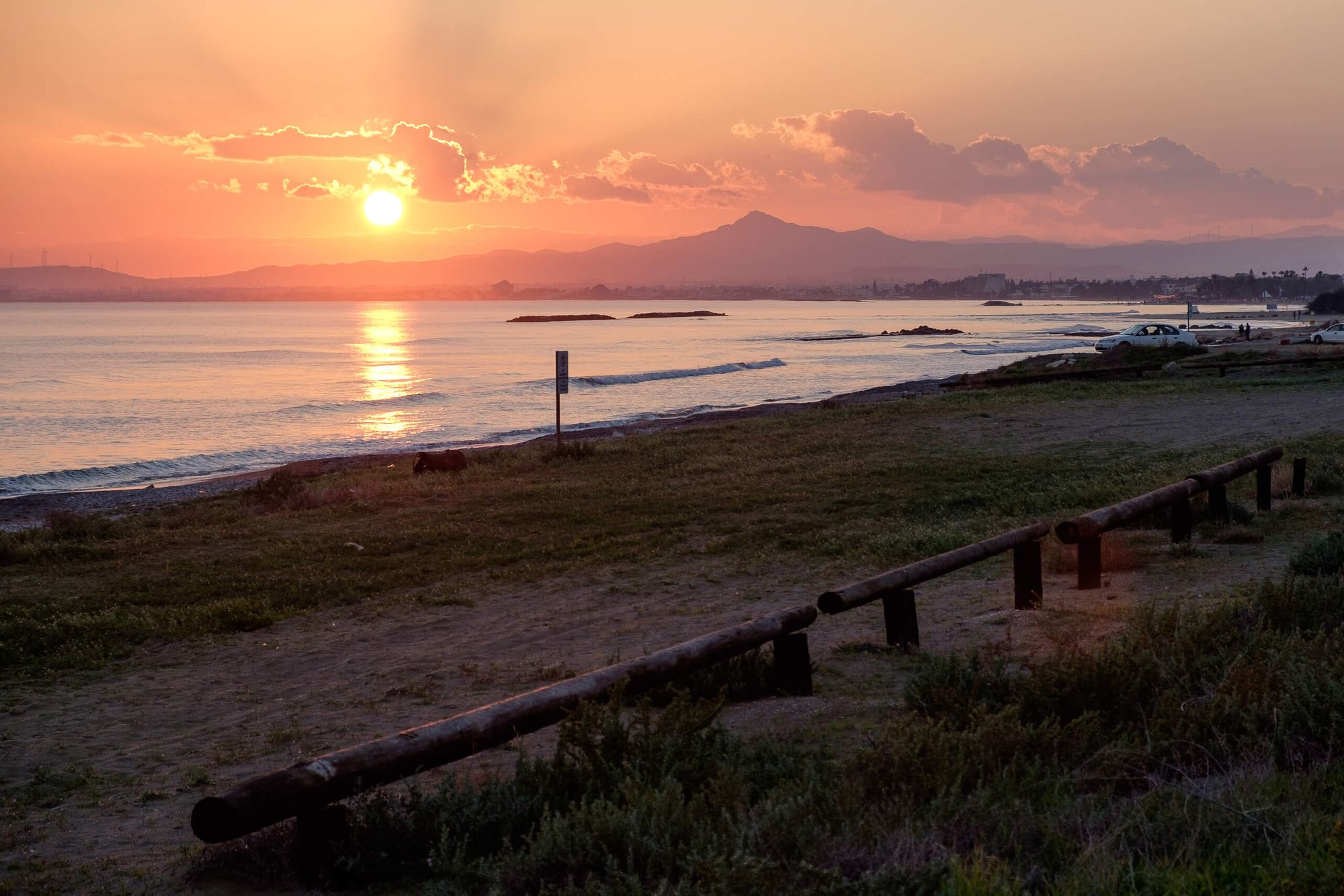
You can get to Cyprus without a Schengen visa. The local visa is issued for free on the embassy website in just a couple of hours. Maximum stay for tourists is 90 days. Schengen holders can enter too, but only if their visa was opened in another EU country.
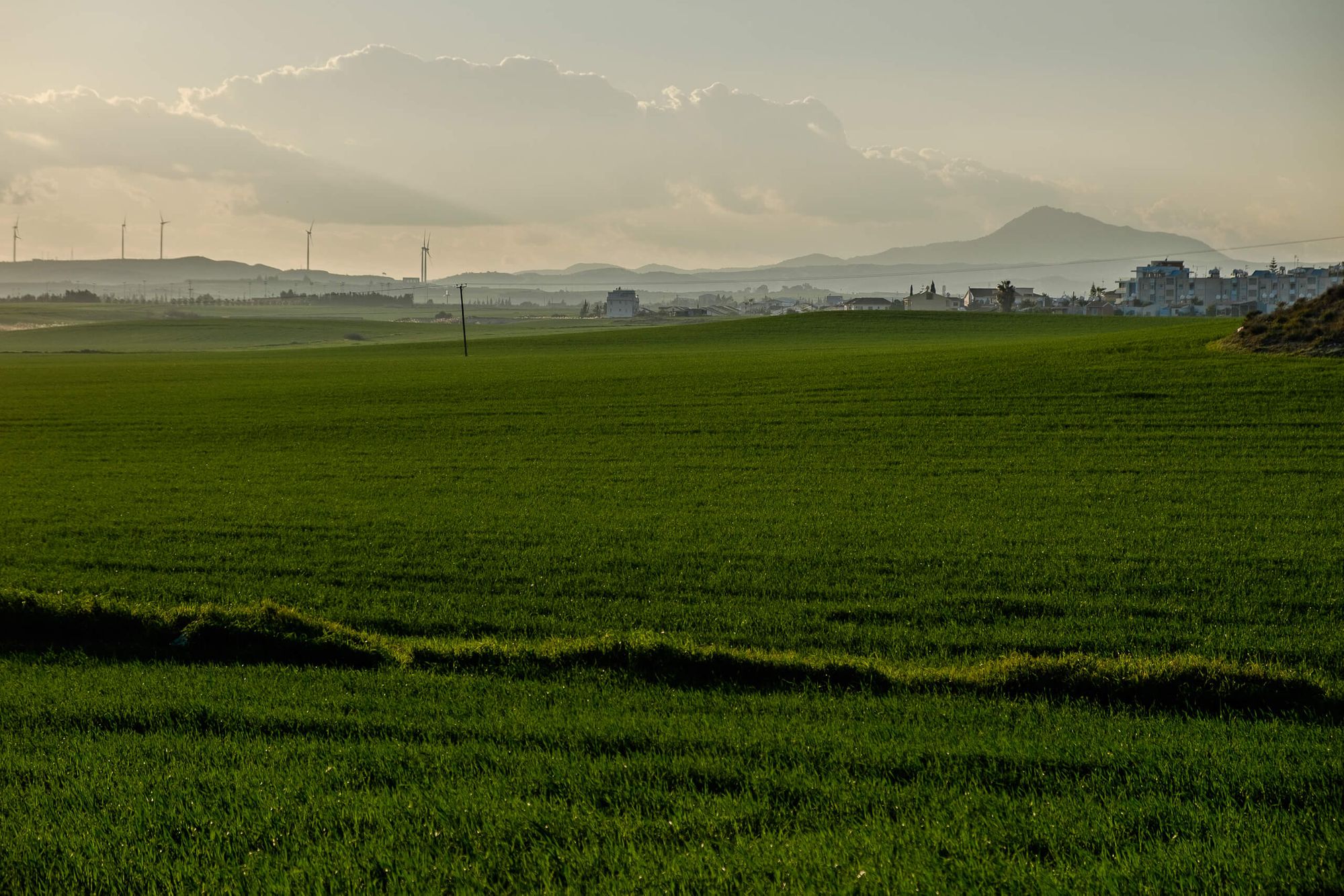
We visited Cyprus in January and late August. Strangely enough, I liked January more. Swimming and sunbathing then is pretty much limited to the bathtub, but there are almost no tourists, the air smells of ripe oranges, and coastal temperatures hover around 15–20°C. Wintering in Cyprus is the perfect way to escape the gloomy Moscow winter.

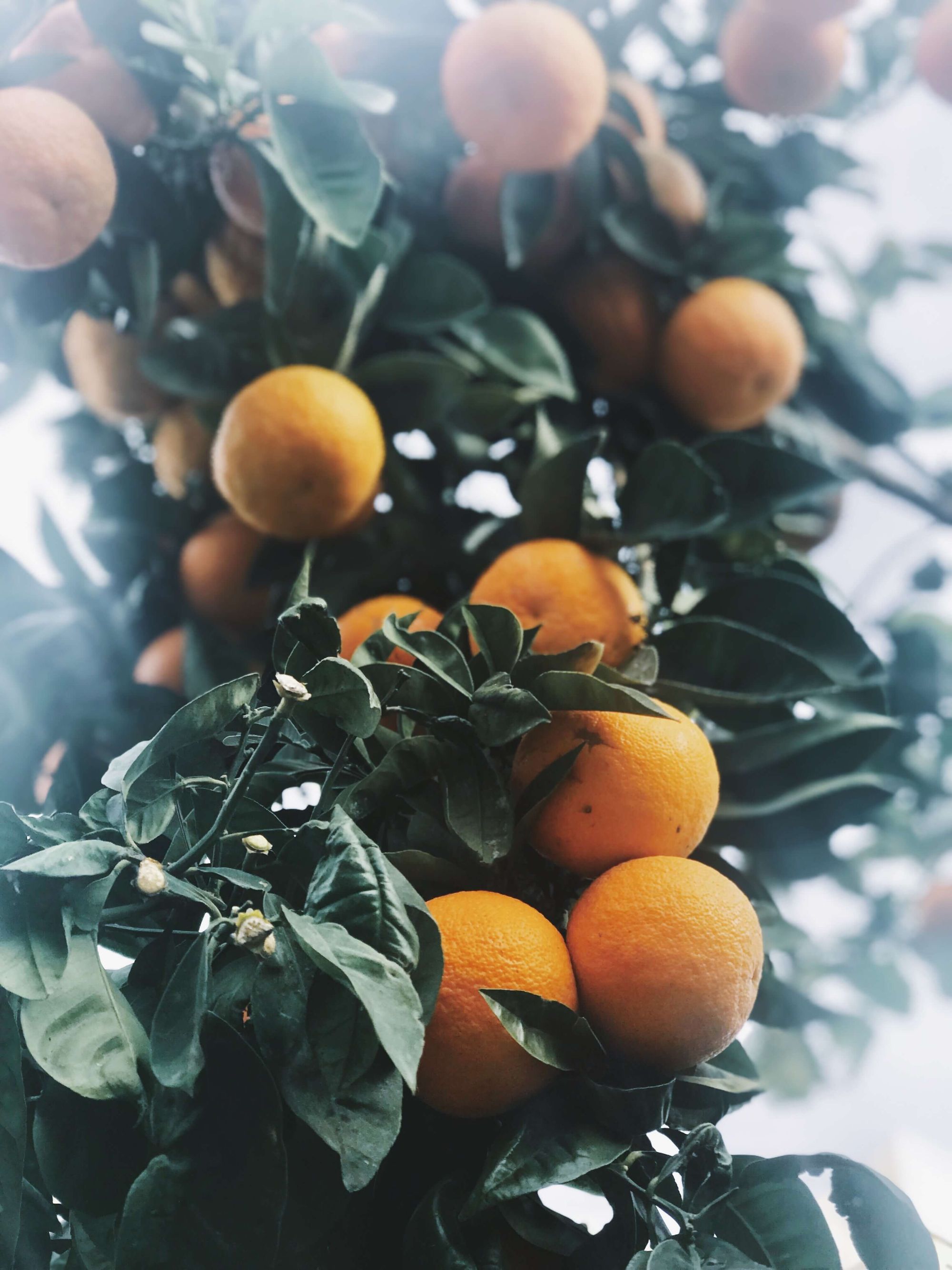
August–September is hot and muggy — around 35°C. Resort beaches are so packed you can only get in the sea sliding on slippery backsides (mostly Russian). On the bright side, late summer brings grape harvests, wine festivals, and parties of a different kind.
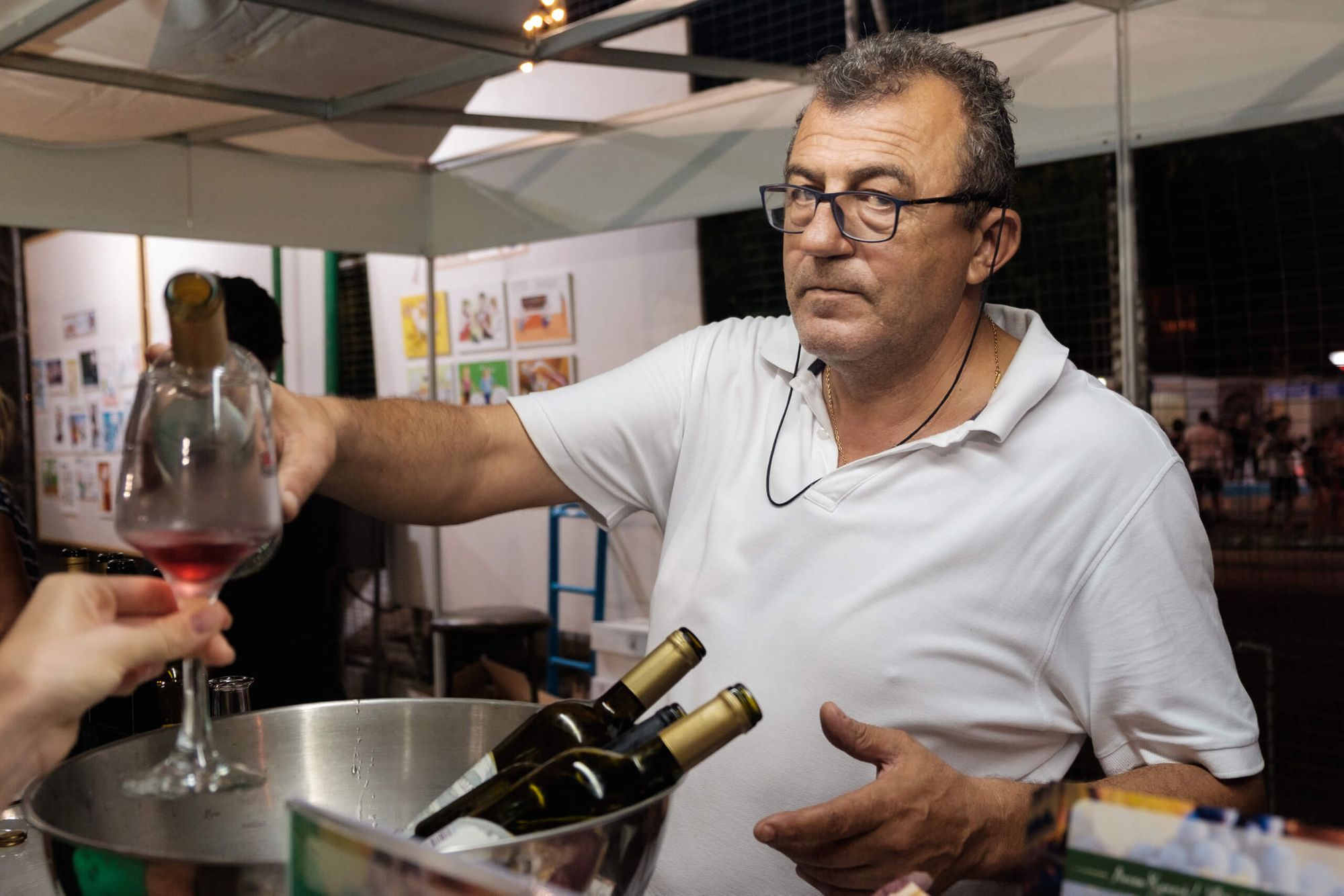

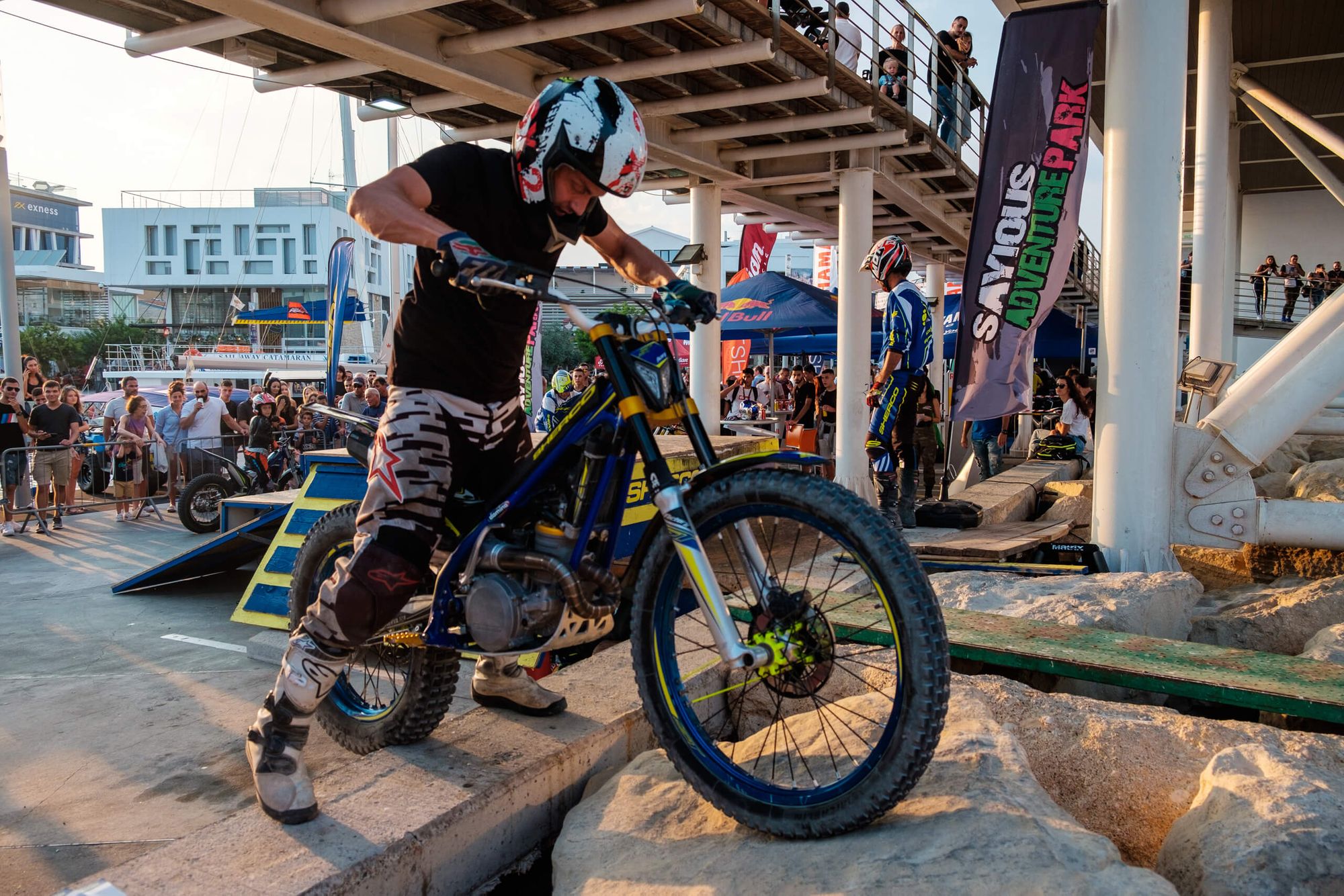
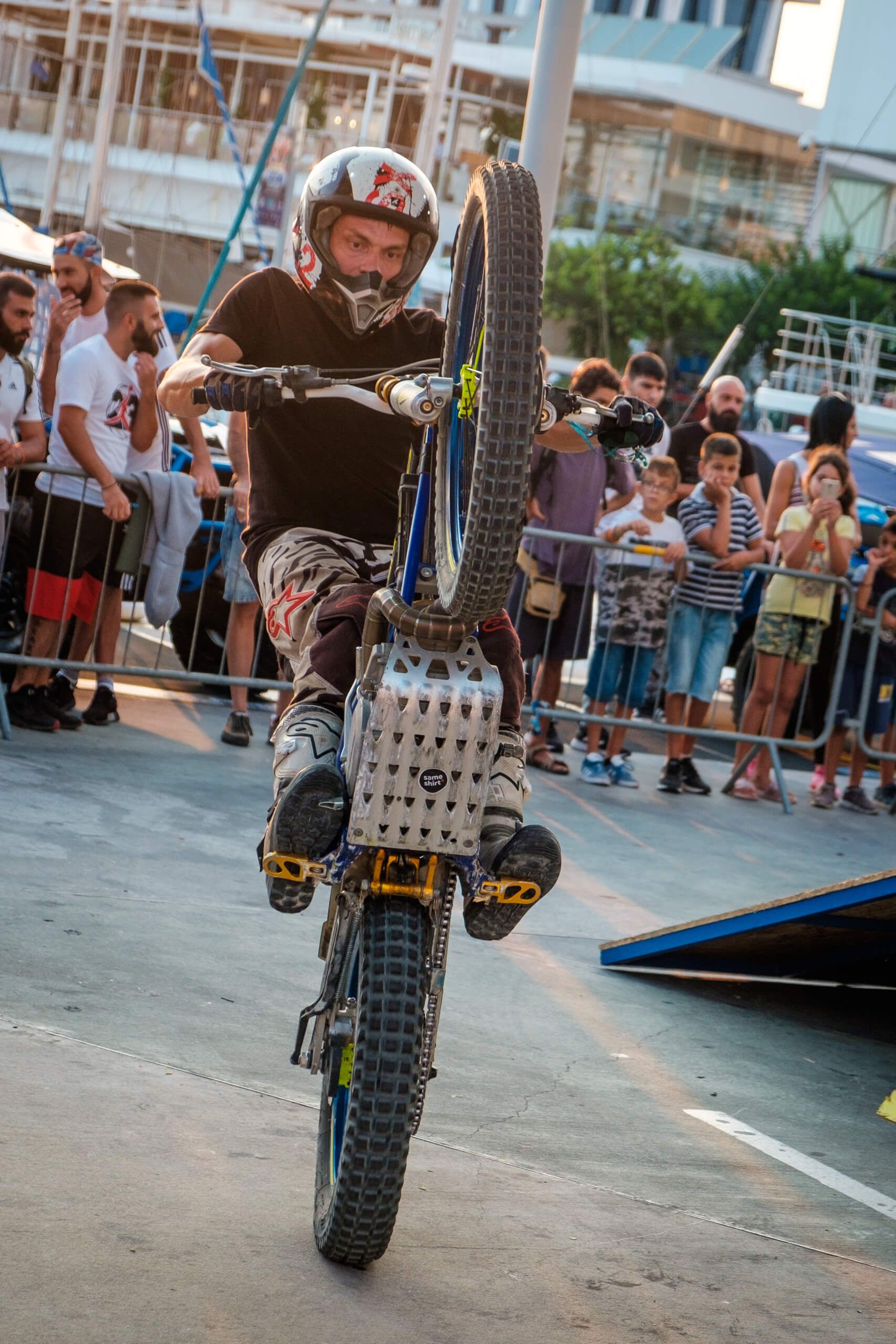
Besides resort beaches, the island is famous for offshore businesses and a mild business climate. It’s said there are more financial institutions and broker offices here than grocery stores. Connectivity, like on any island, is poor. Public Wi-Fi is painfully slow, and mobile internet is so expensive even locals rarely use it.
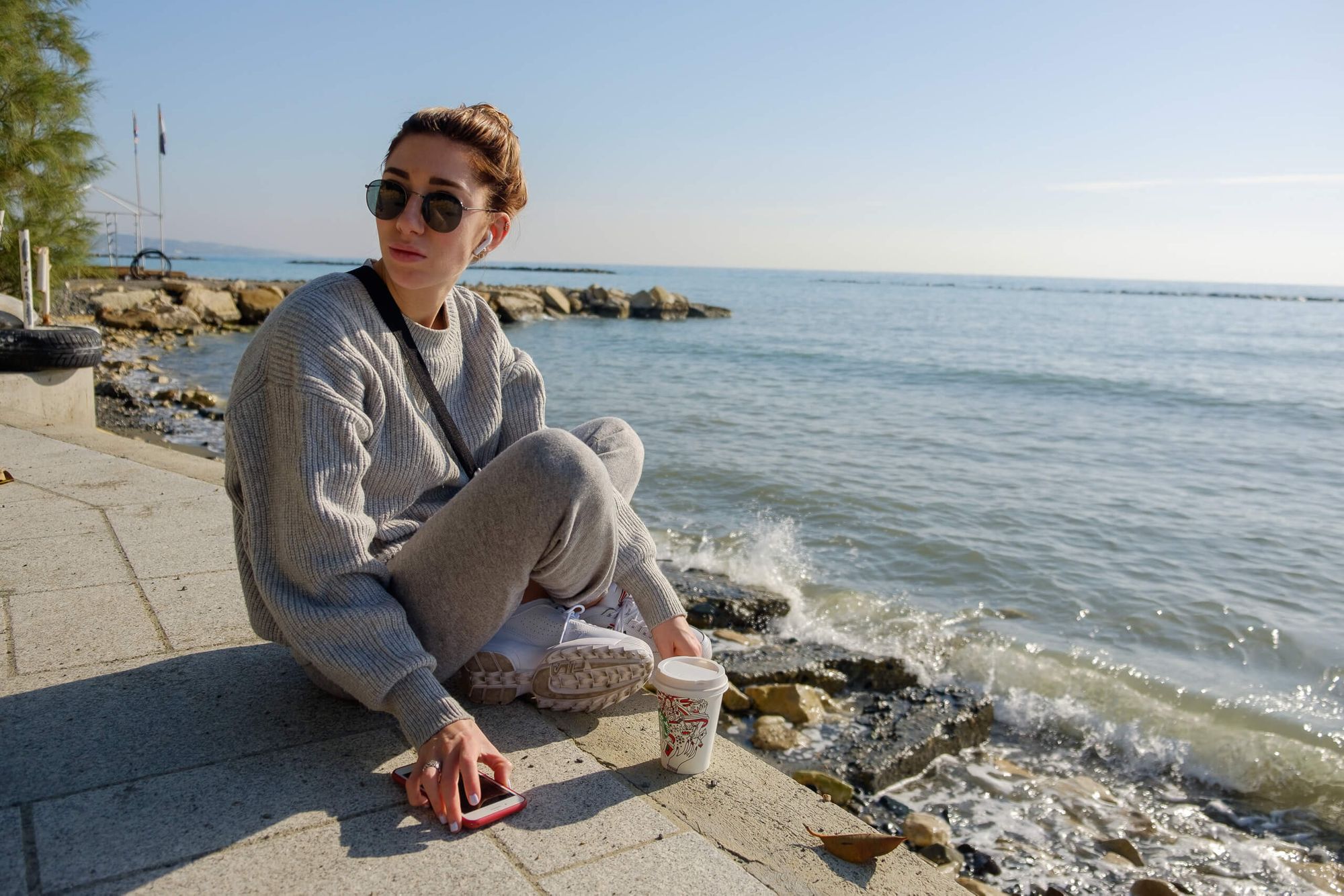
Around 800,000 people live on the island. The second largest ethnic group — Russians — make up about 5%. In Limassol, they’re over 10%, not counting those who come every six months for 90 days on tourist visas like going to a summer home. Including the summer home crowd, Russians feel like 20-30% of Limassol’s population.
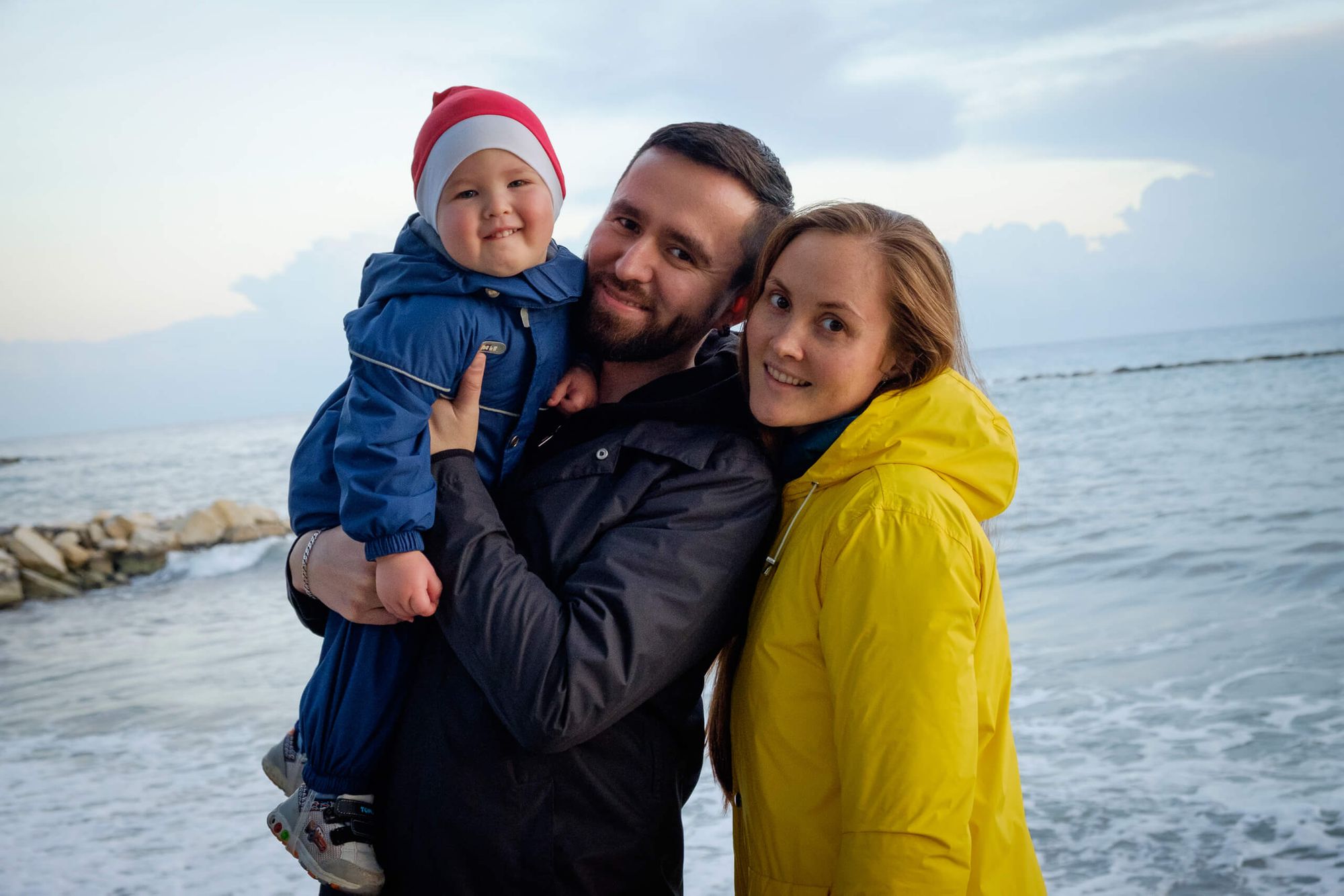
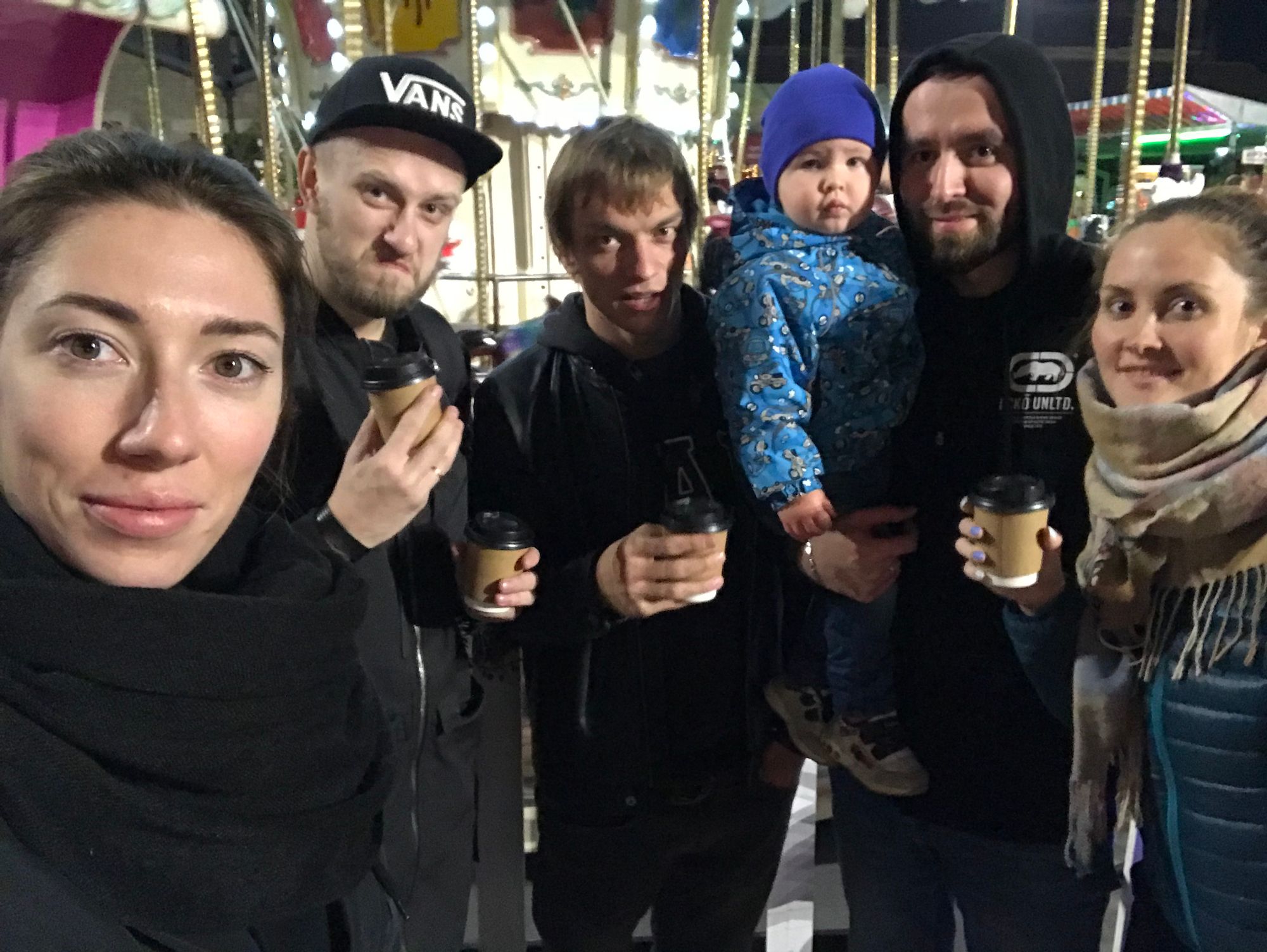
The third largest ethnic group — cats. They are respected and fed here, so about 30% of the waterfront is cats, and the beach sand is basically buried cat poop. Even the island’s shape resembles a cat’s silhouette (okay, I just made that up).
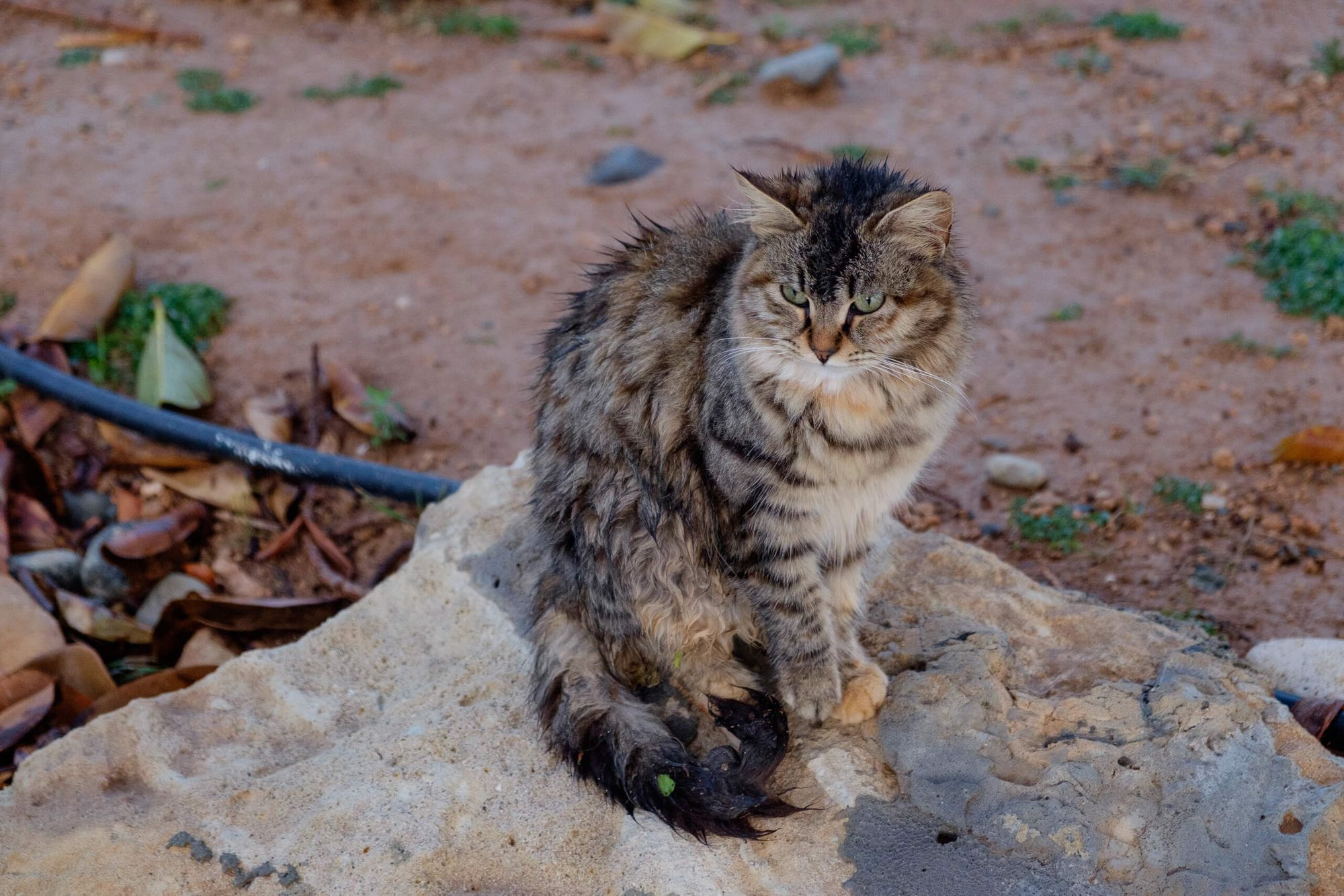
Housing prices depend on the season. In winter, you can rent a great apartment 10 meters from the beach for €500/month. In summer, you’ll have to hustle to find something decent on the third row from the shore for €1000. Restaurant prices are quite European, shops are Moscow-level. Bus fare is €1.5. Wine starts from €3.
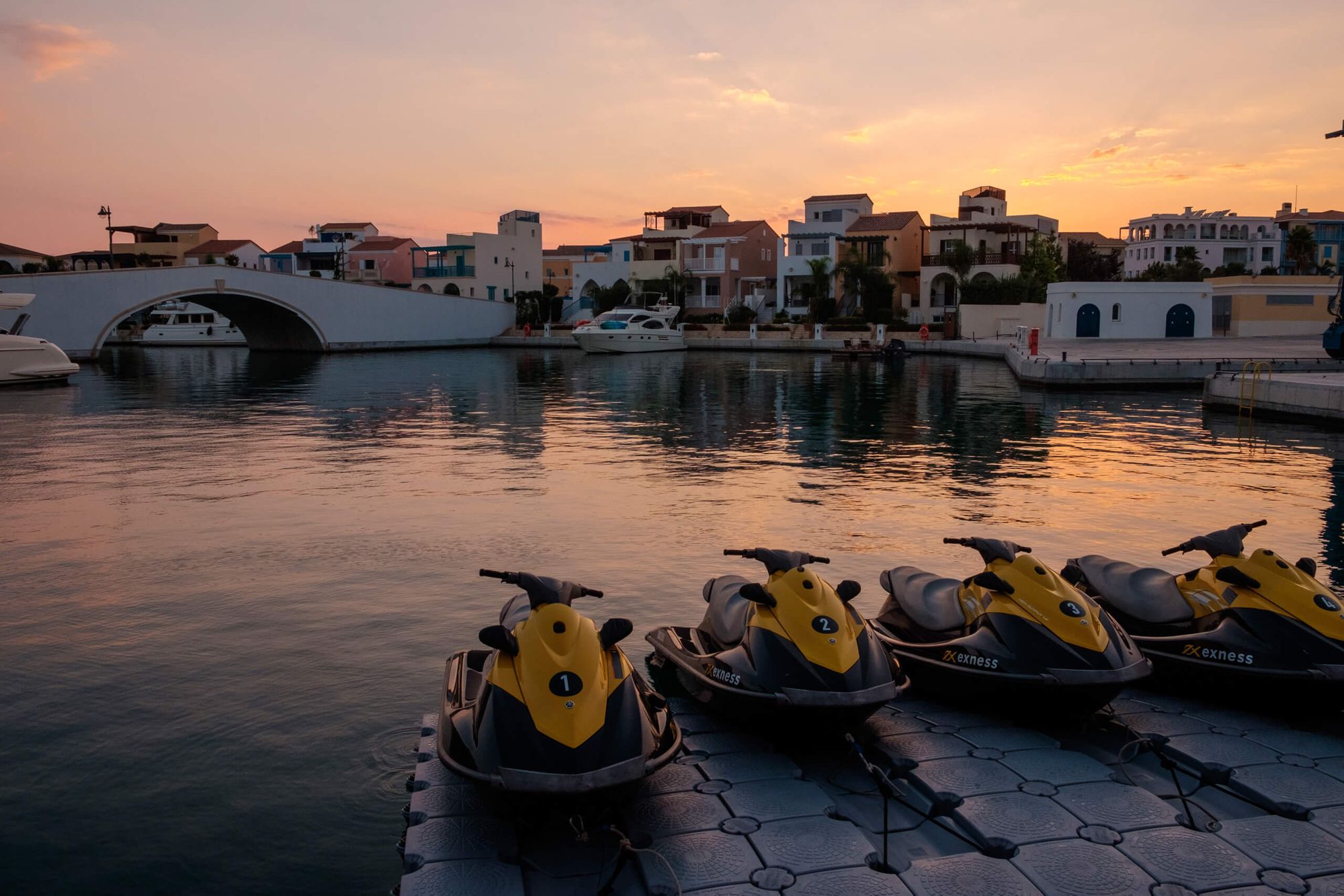
The largest cities in Southern Cyprus are Nicosia, Limassol, Paphos, Larnaca, Ayia Napa — and that’s about it. Everything else is urban sprawl or villages. All cities can (and should) be reached by bus — tickets cost €5-10 per person and take 1–2 hours. Check schedules and prices on this site.
Nicosia — capital of two states
Nicosia is the last city divided between two states. I’ll tell about Northern Cyprus and the division in the second part, but now — a brief intro to Nicosia. Brief because there’s not much to say. So little that I don’t even have photos.
First, the city is actually called Lefkosia. Nicosia is a name given by 12th-century Crusaders who arrived later. Everyone else followed suit, and the incorrect name stuck, even though local road signs protest it.
The city sits in the island’s center, far from the sea and tourists. It has lots of cars, offices, and shops, but few sights. The Venetian fortress surrounding the historic center is notable, but it’s way more interesting to see its star-shaped outline on Google Maps than up close.
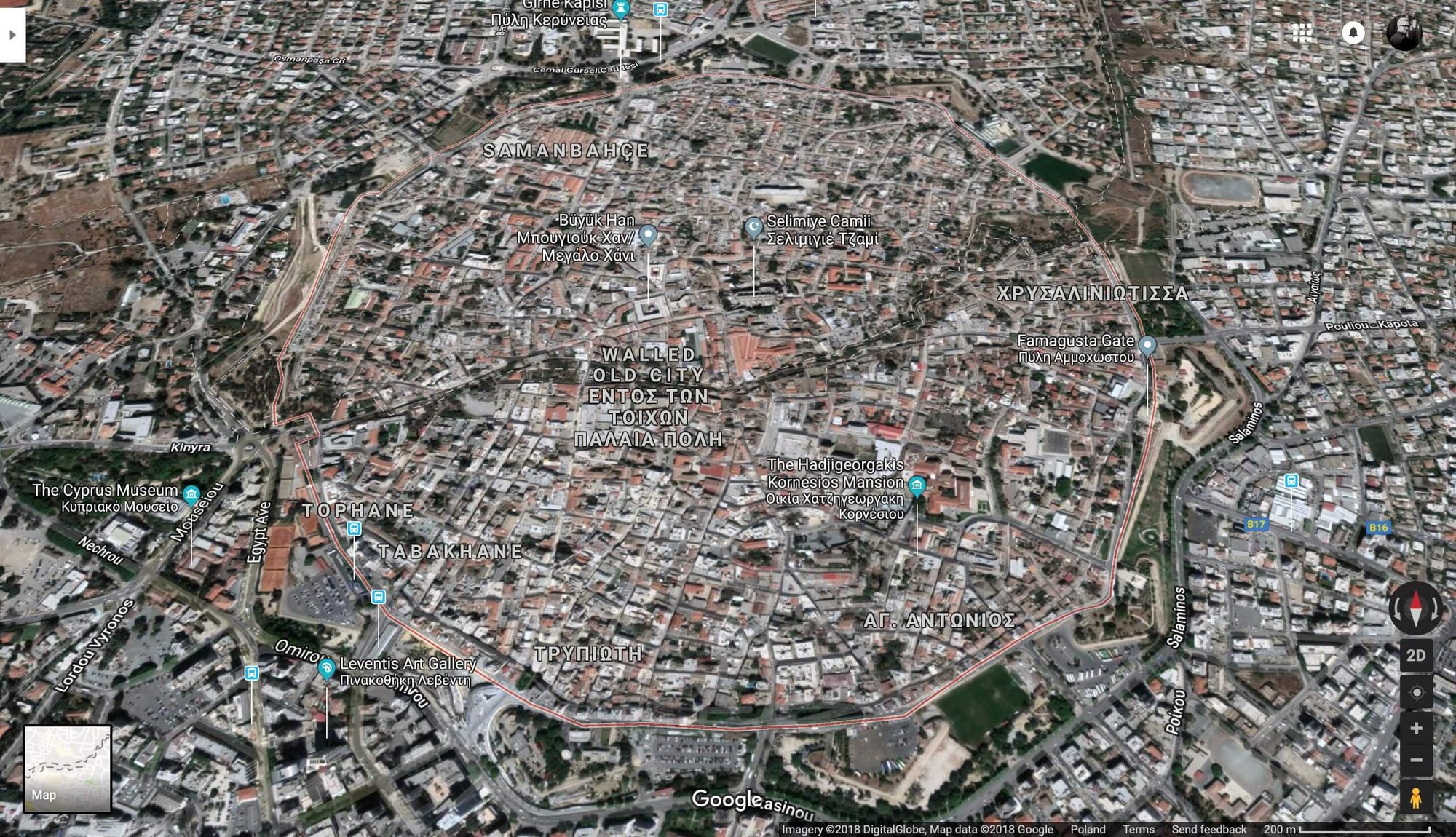
An hour is enough to stroll through the historic center. Then you can cross on foot into the Turkish part of the city — Lefkoşa. No special permits or visas are needed, just a passport and the will to go.
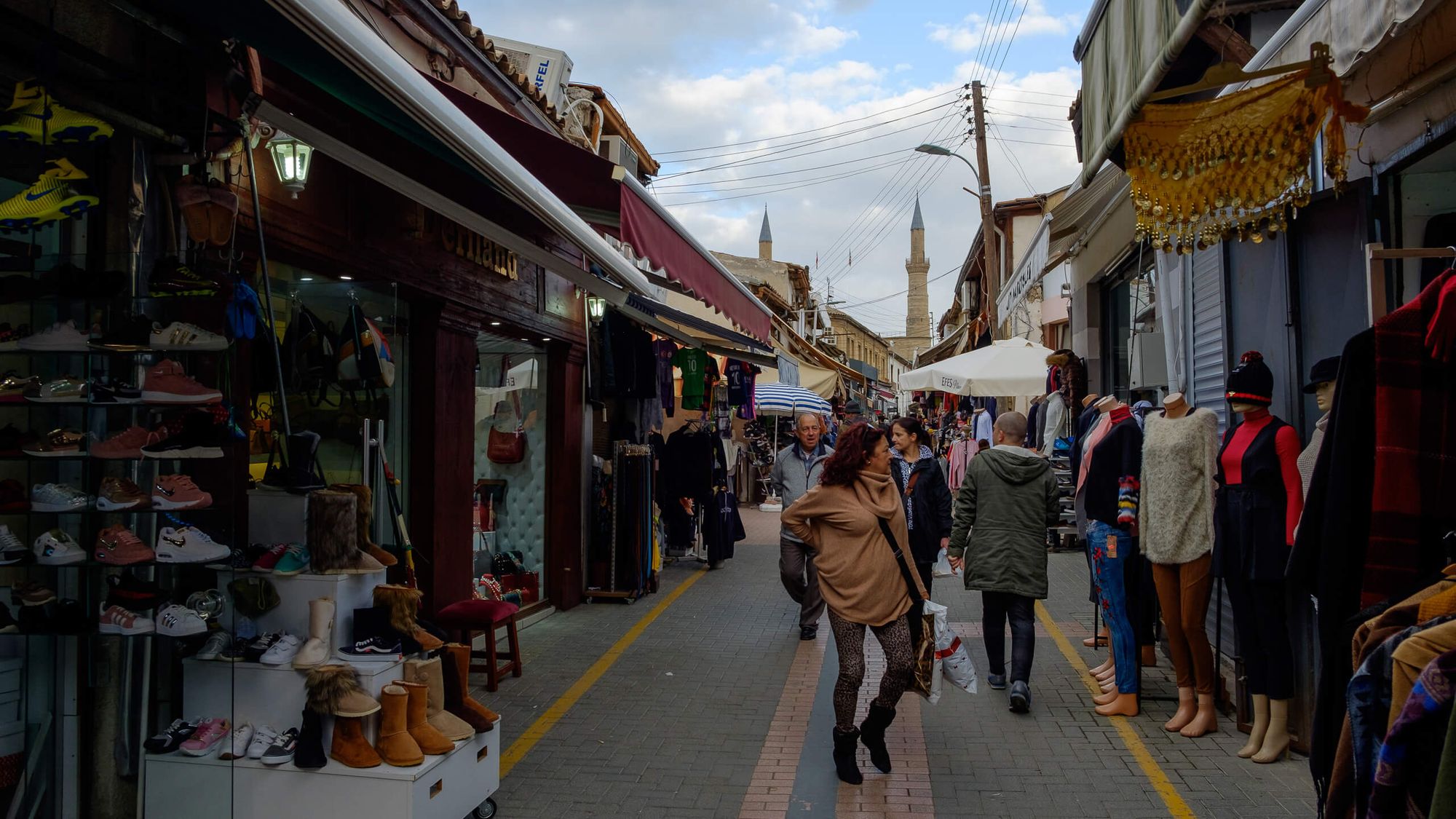
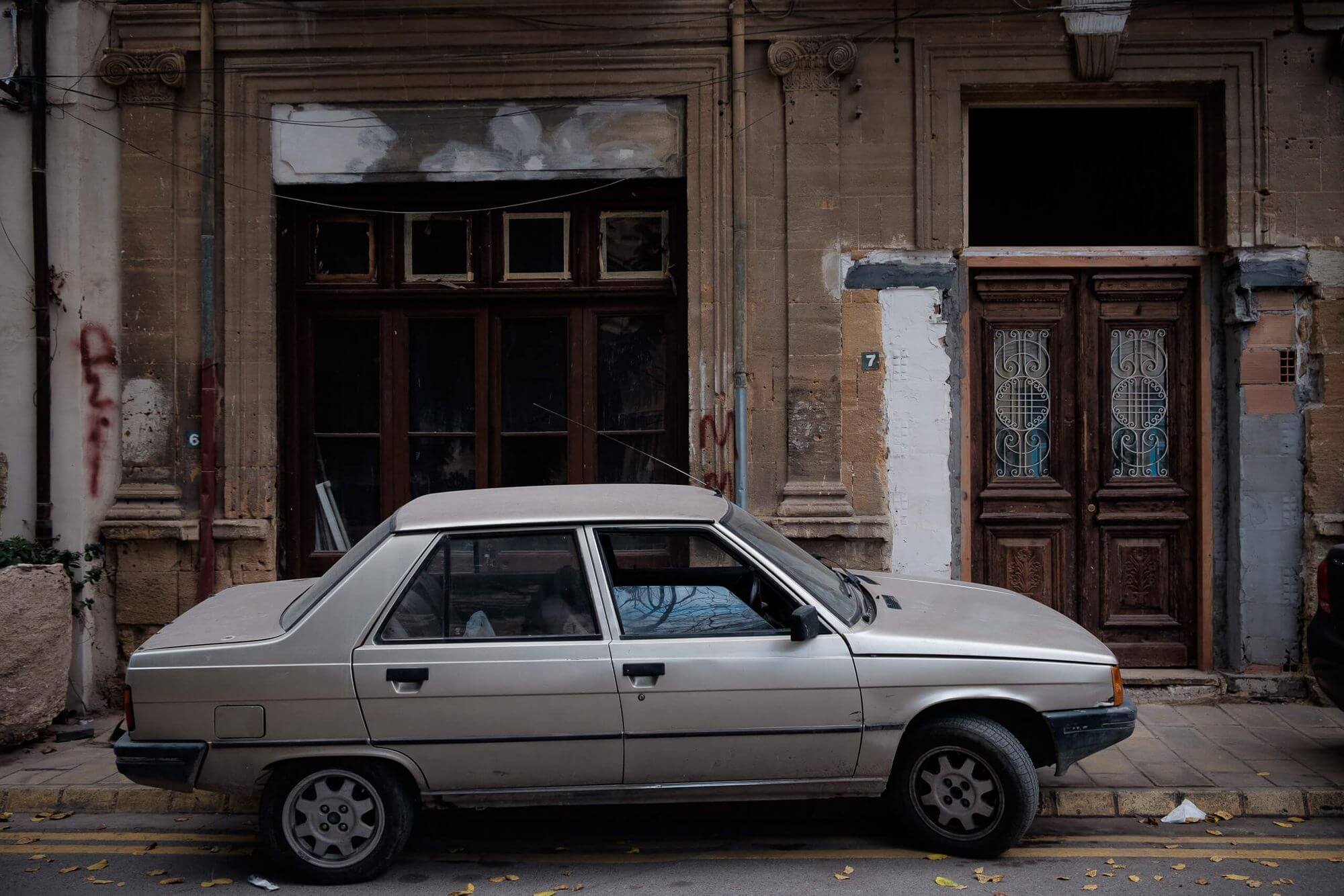
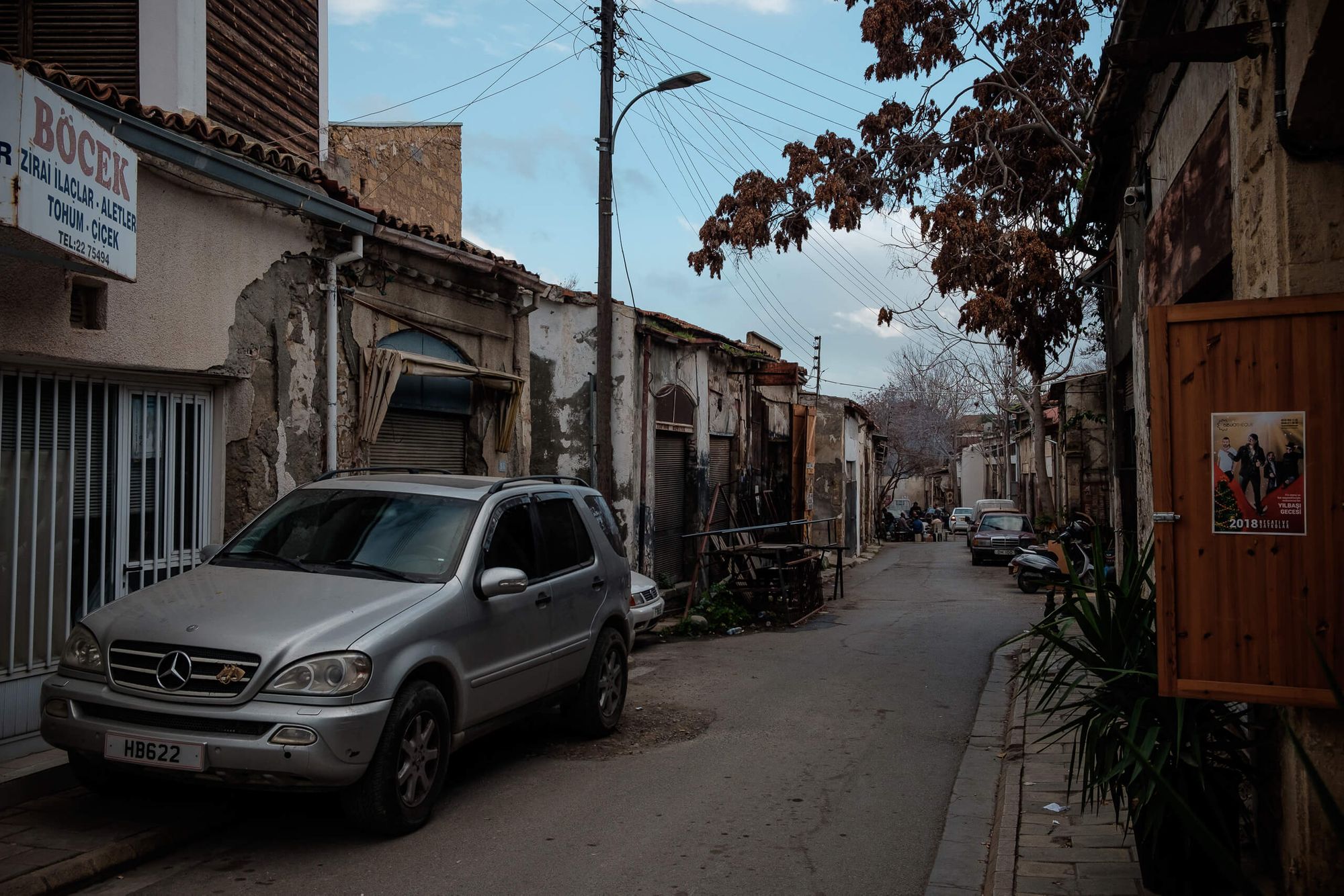
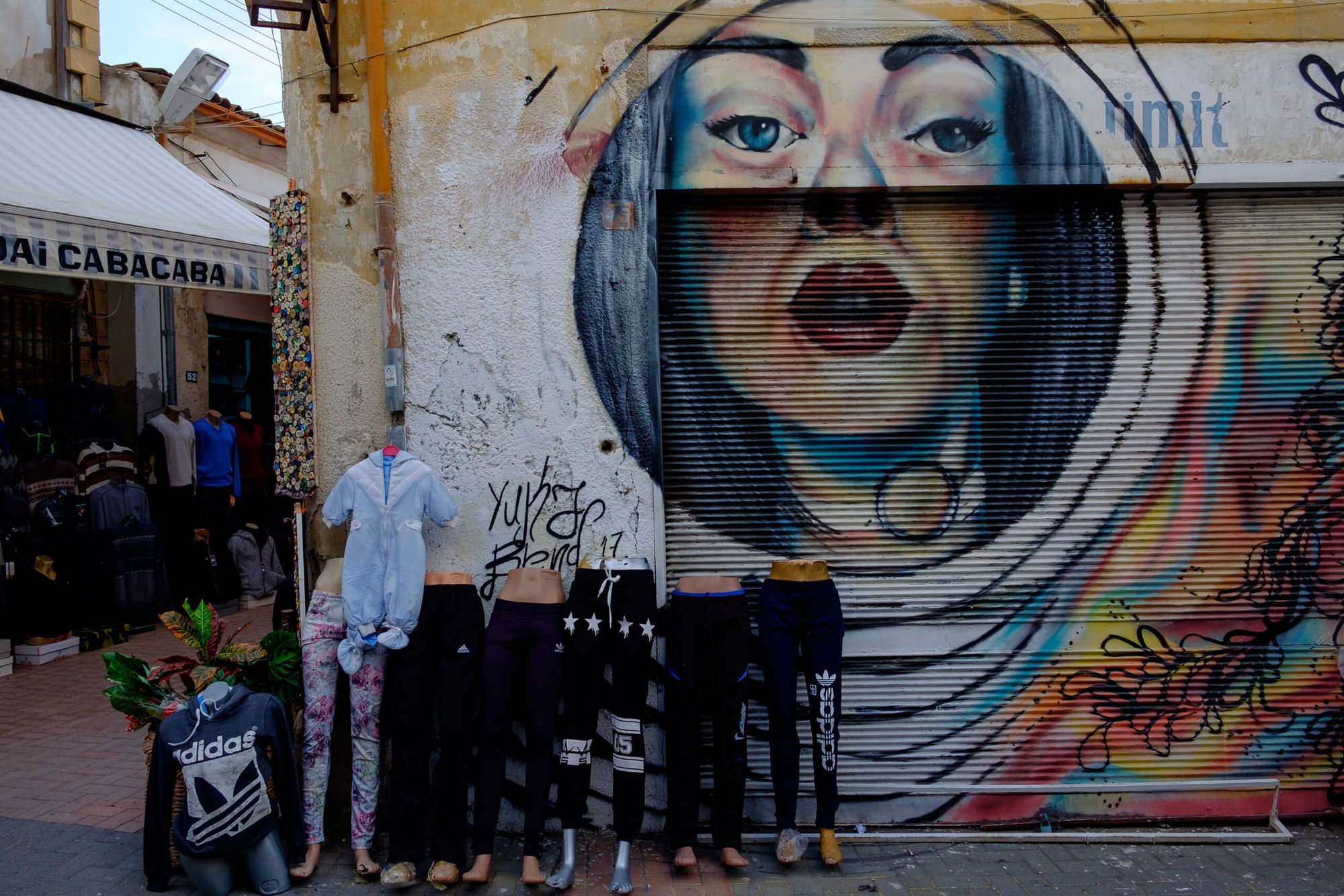
The contrast with the southern part is stunning. On the Turkish side, you’ll see piles of cheap Chinese goods, dilapidated real estate, poverty, and kebab shops. Everything is several times cheaper, so dining in northern Nicosia is a great idea.
Limassol — the second capital on the coast
Going to Nicosia for a holiday? Not a great idea. Living there feels a bit hectic anyway. That’s why Cyprus has a second-largest city, Limassol, right on the coast, which strikes a nice balance between resort chill and urban pleasures.
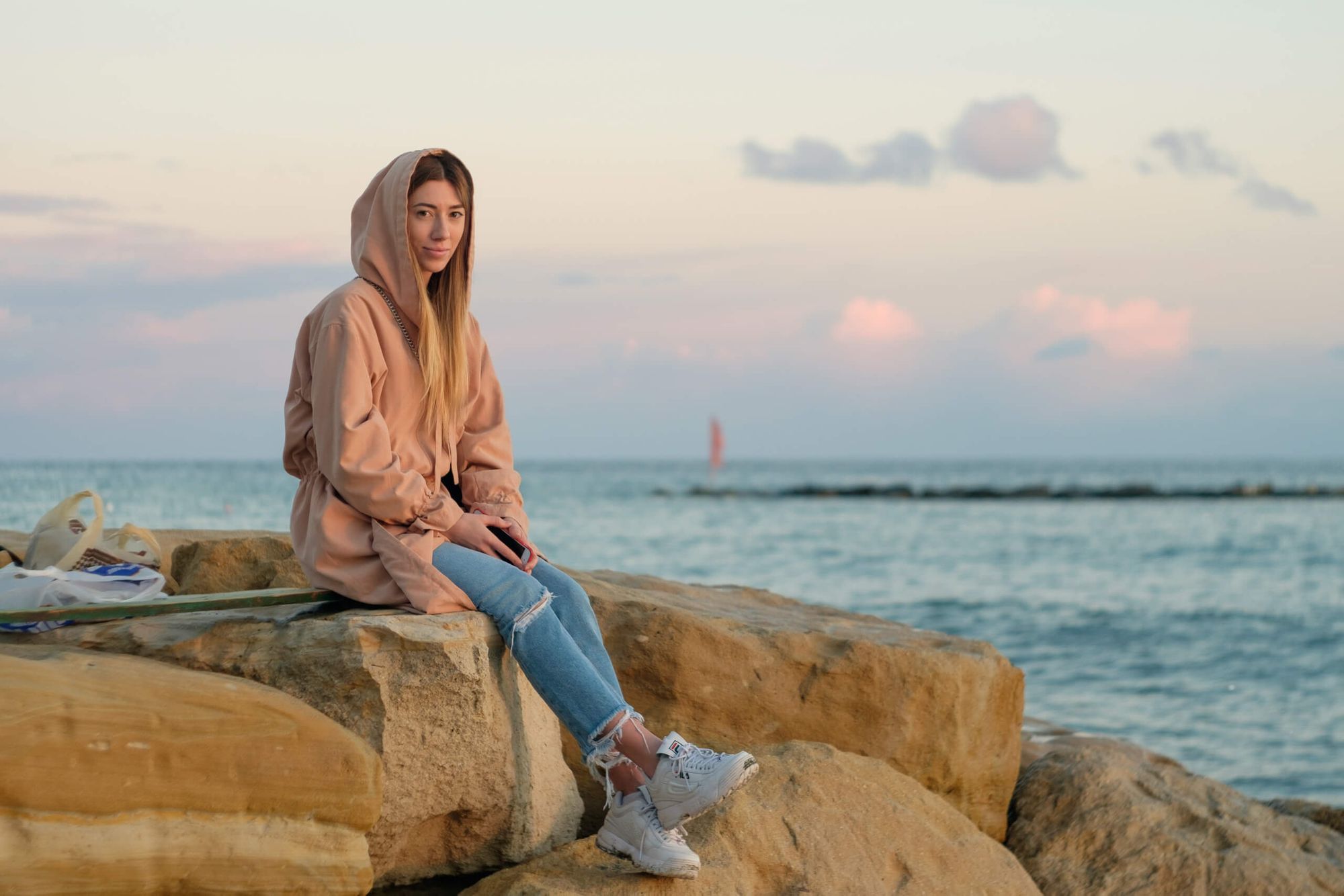
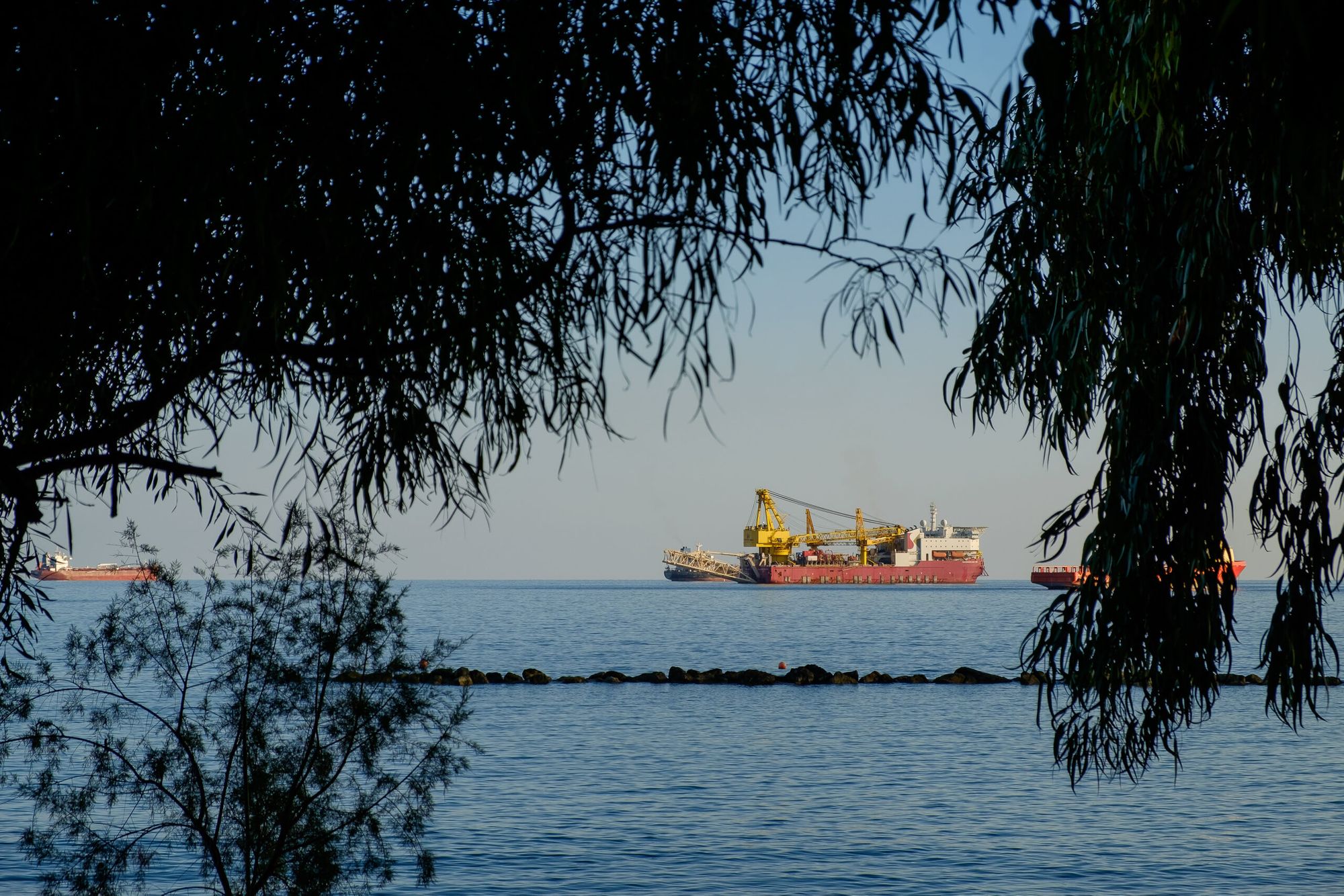
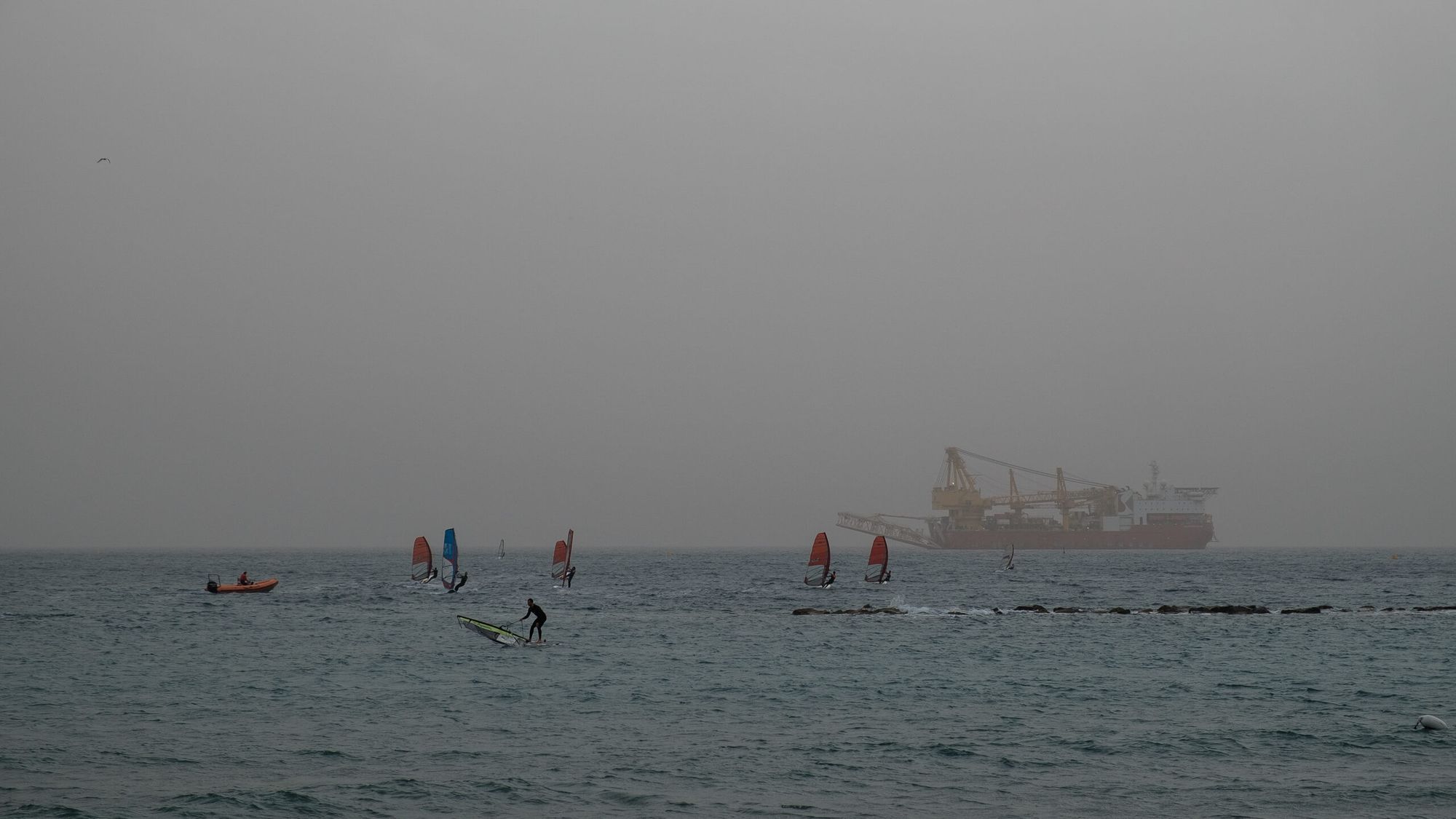
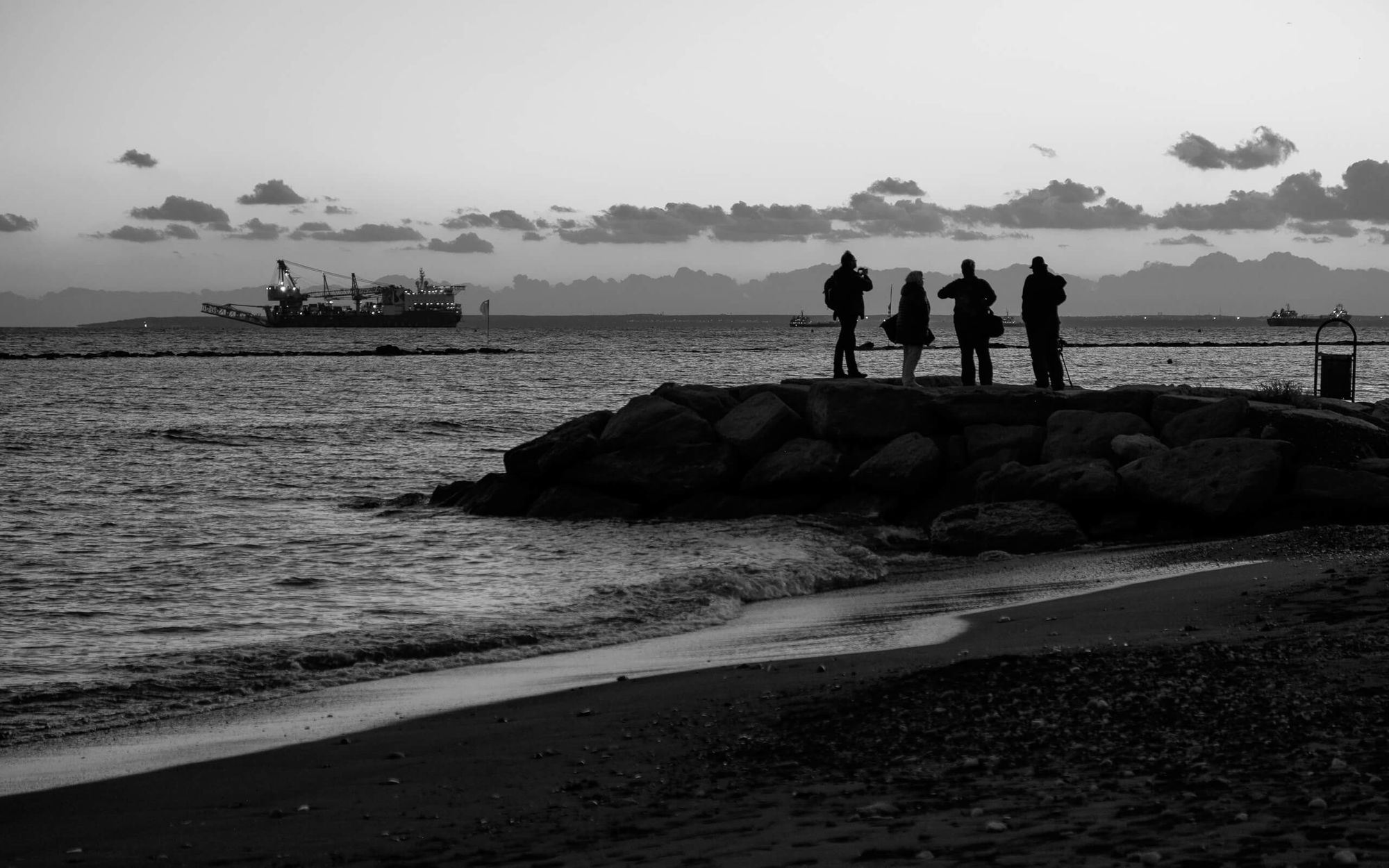
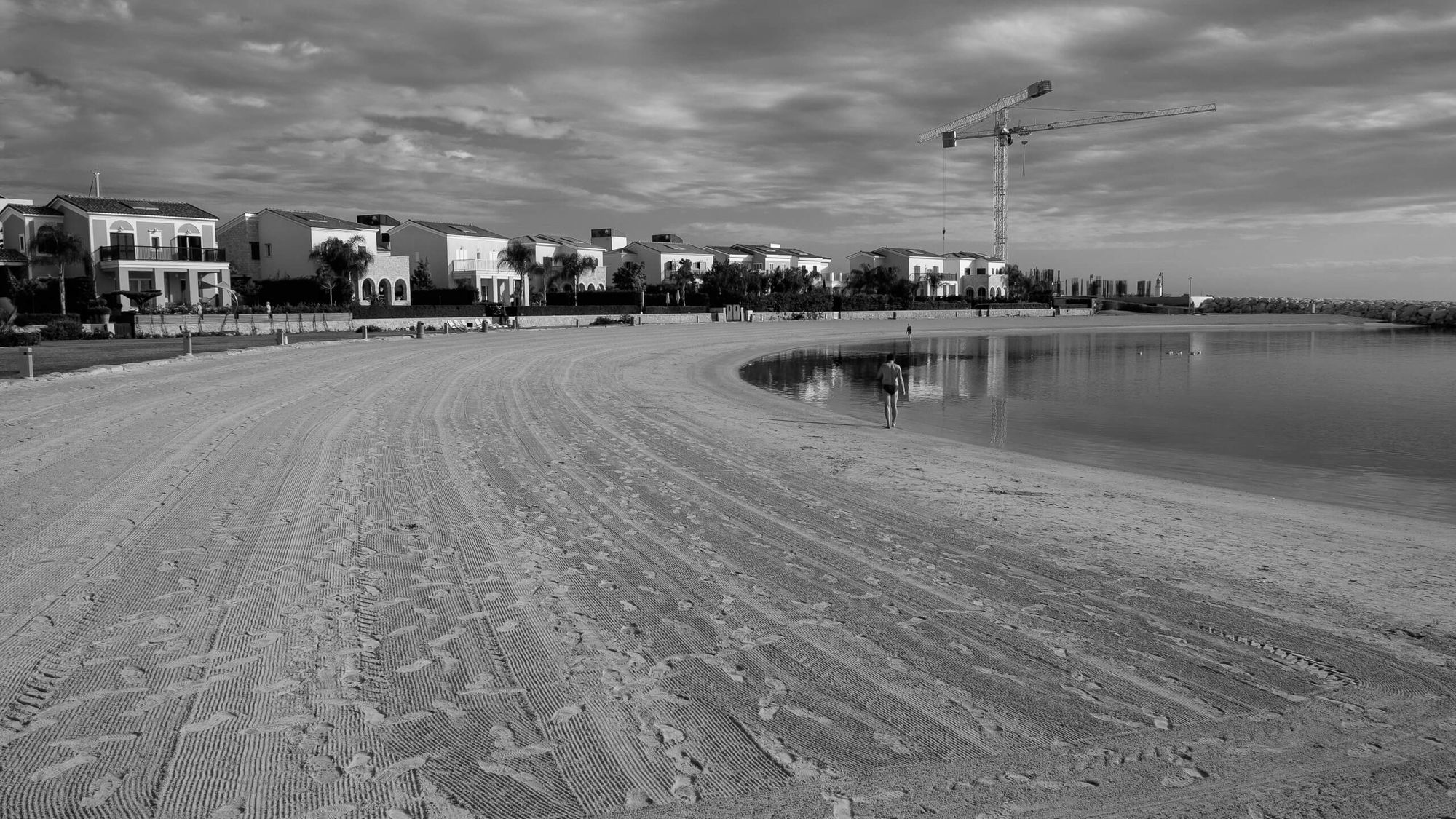
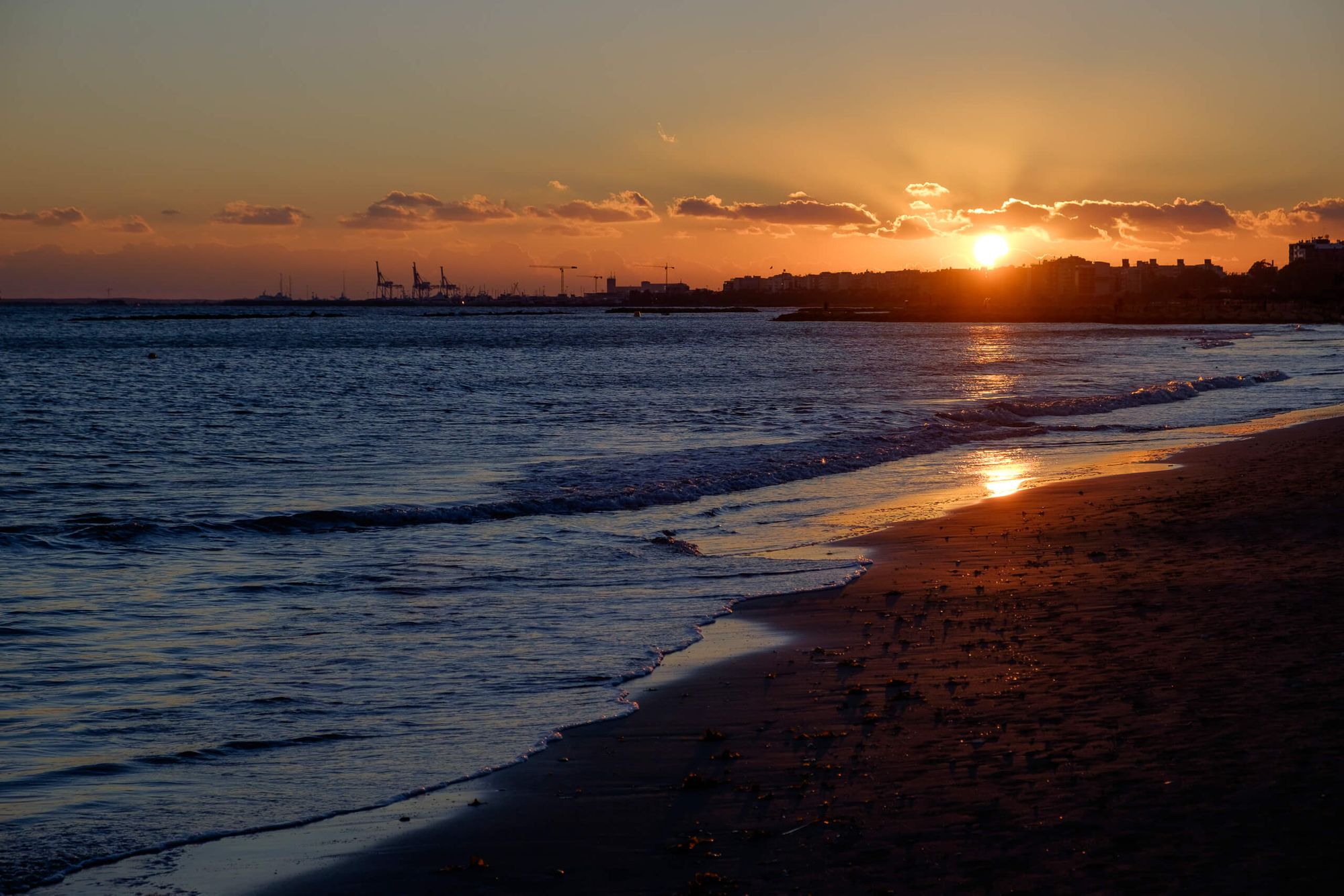
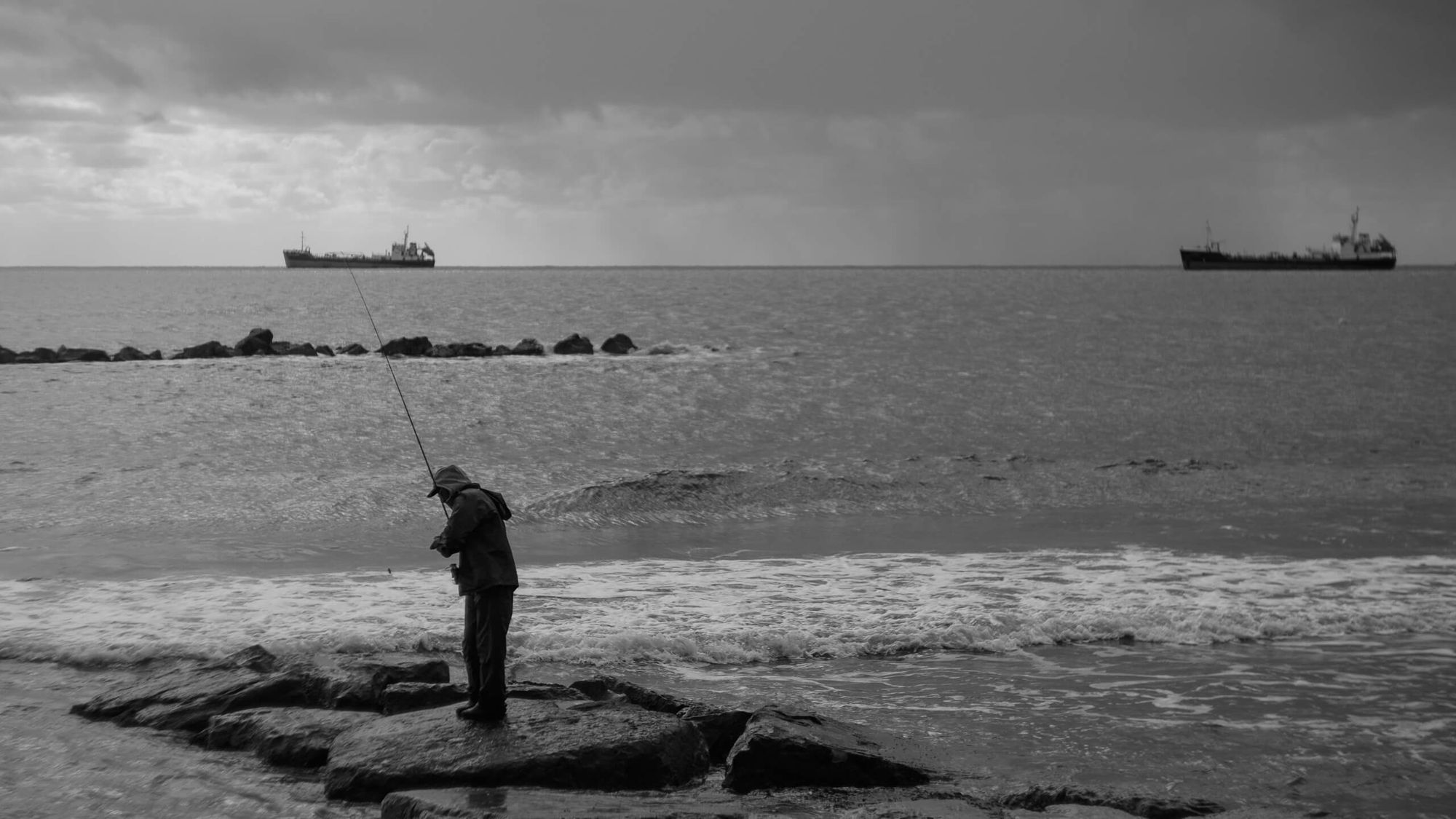
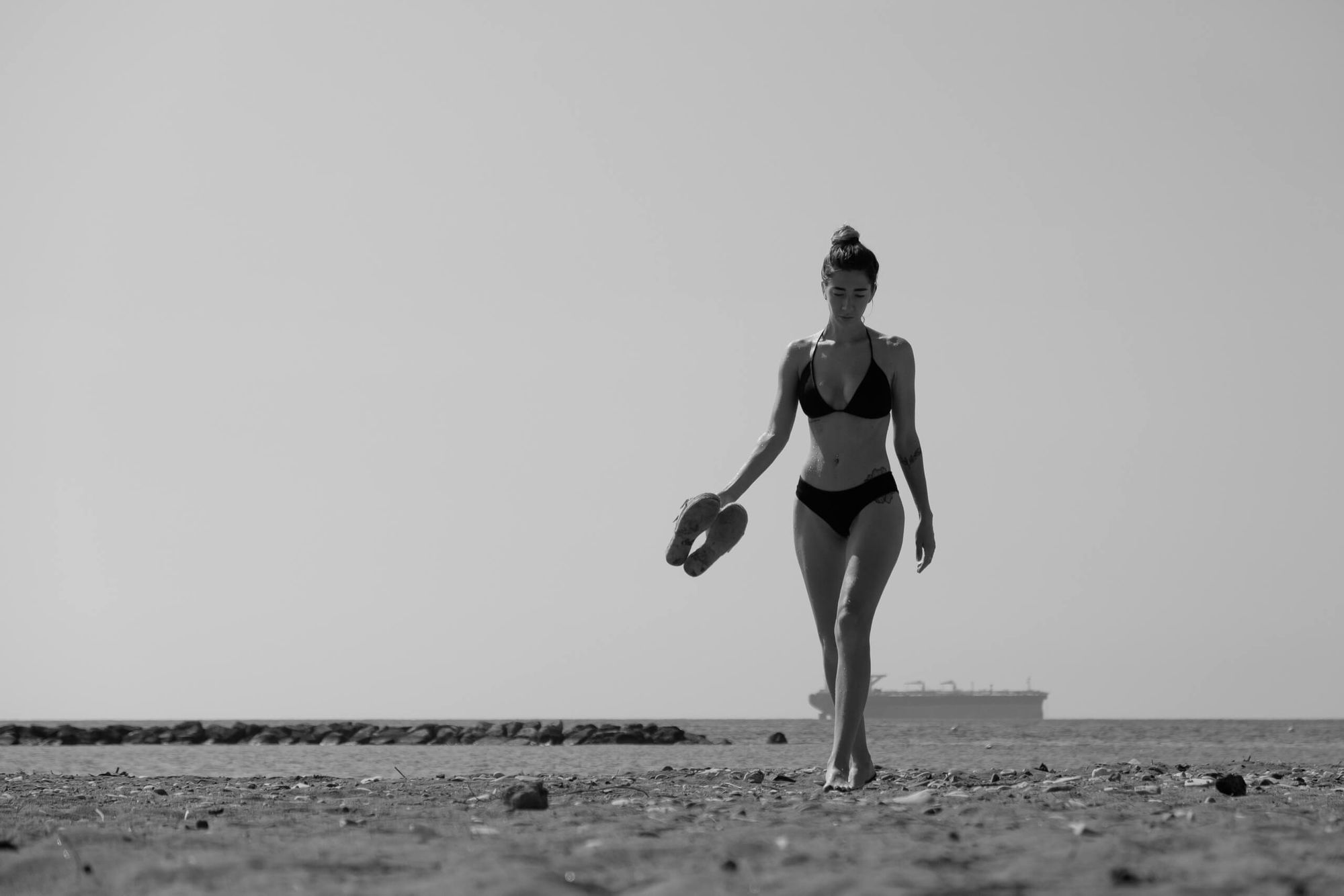
The city stretches several kilometers along the shore, so it feels quite big. There are a few parks, a zoo, municipal beaches (category C), shopping centers, boutiques, museums, cinemas. But the most interesting stuff is in the historic center.
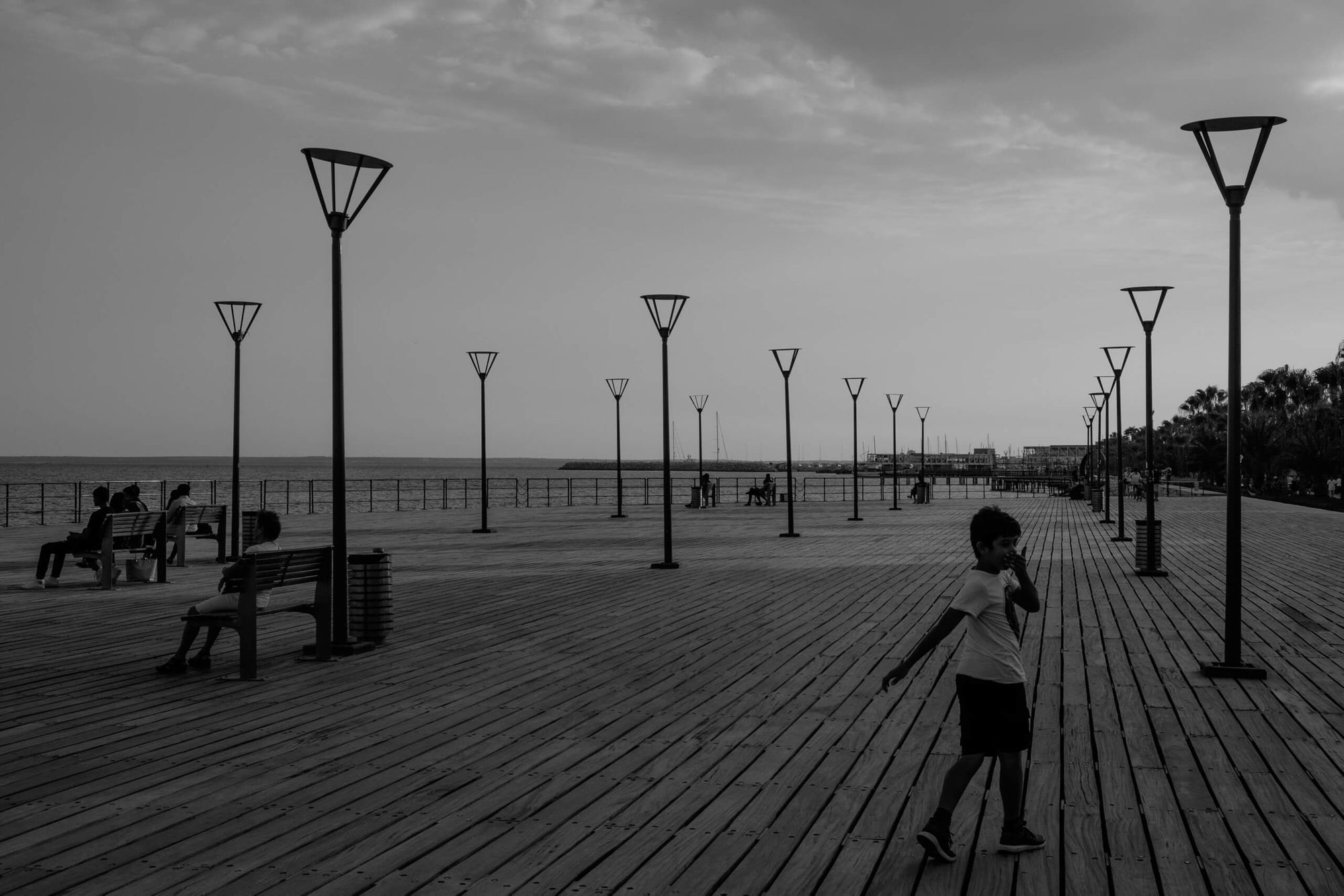
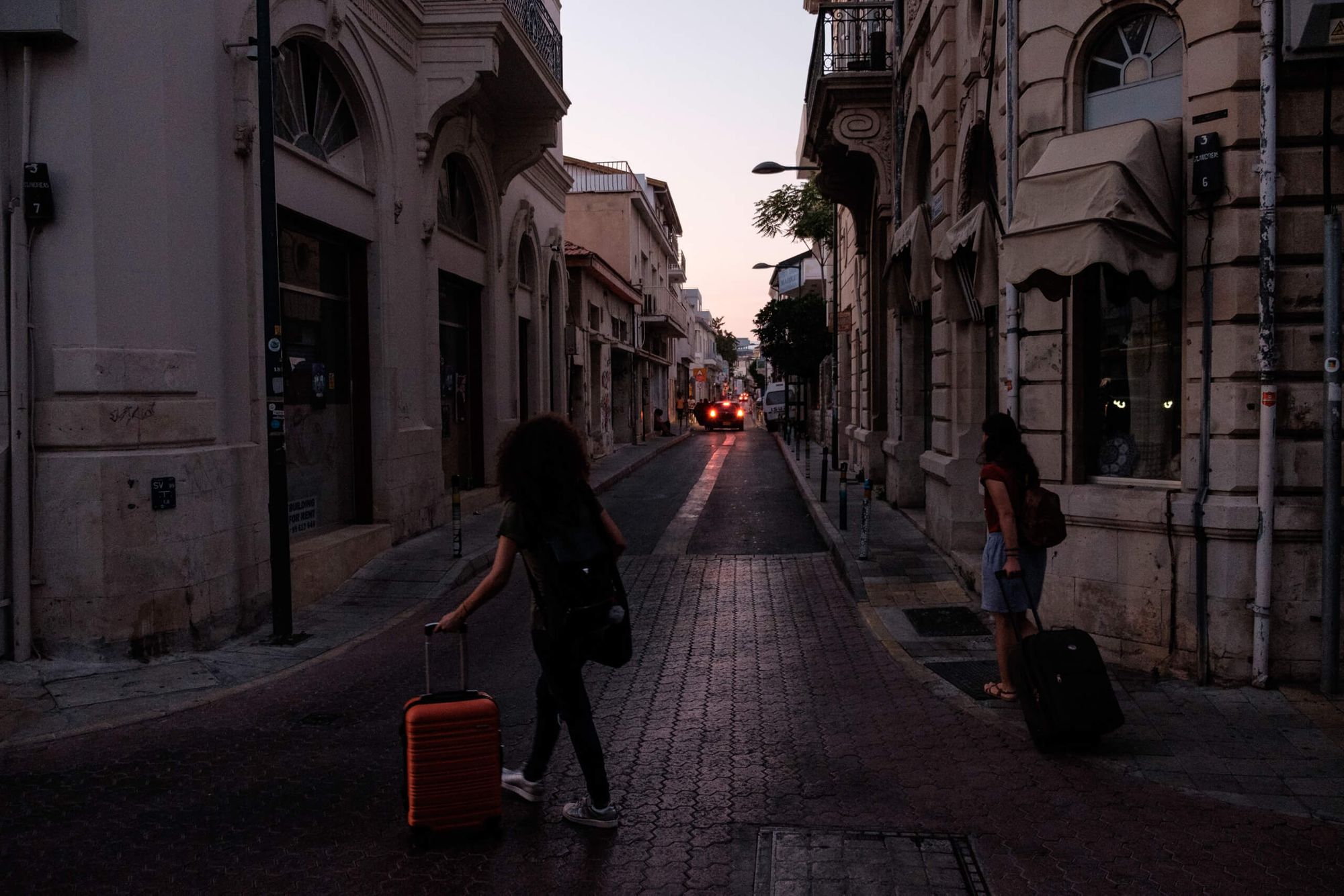
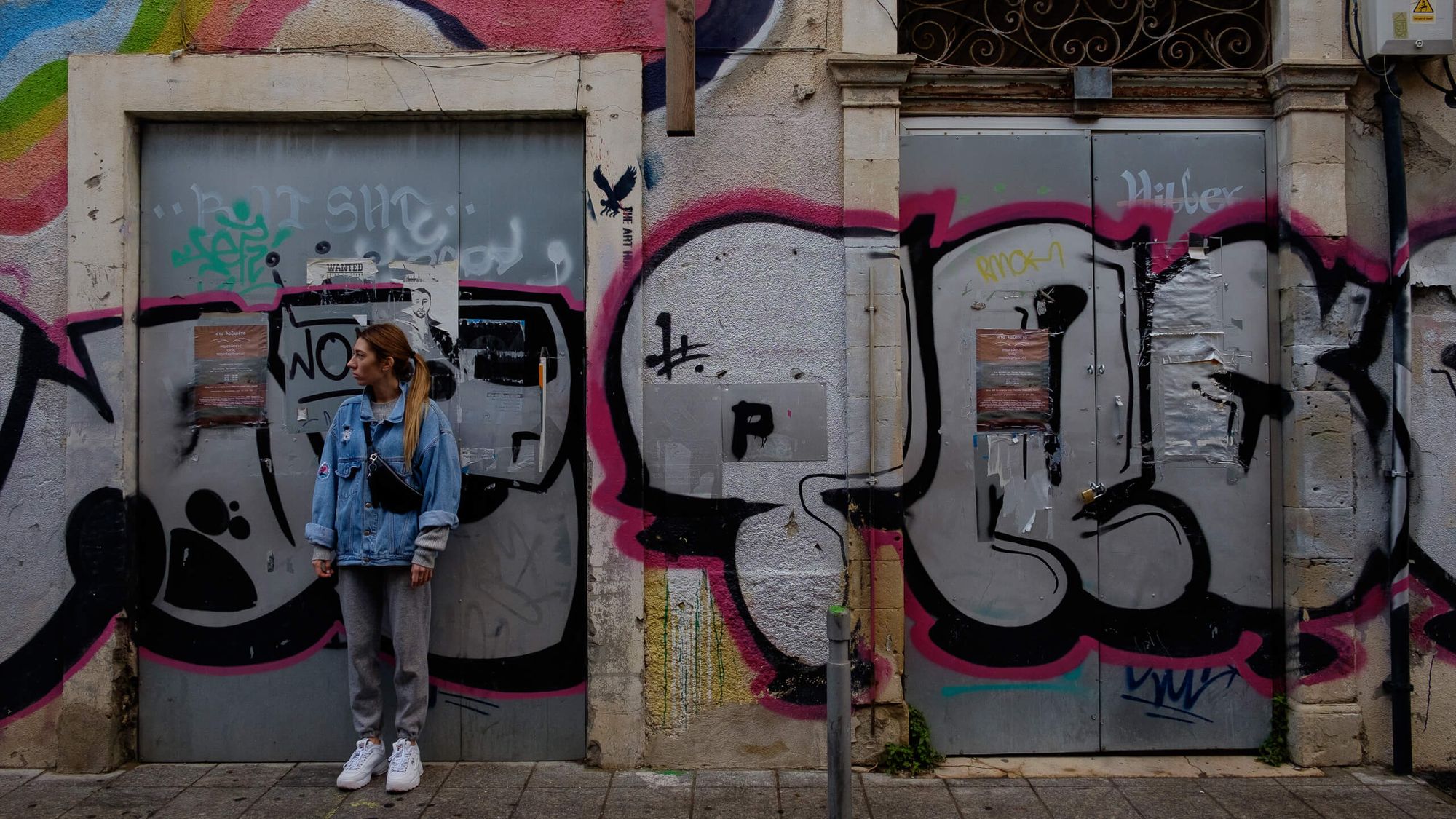
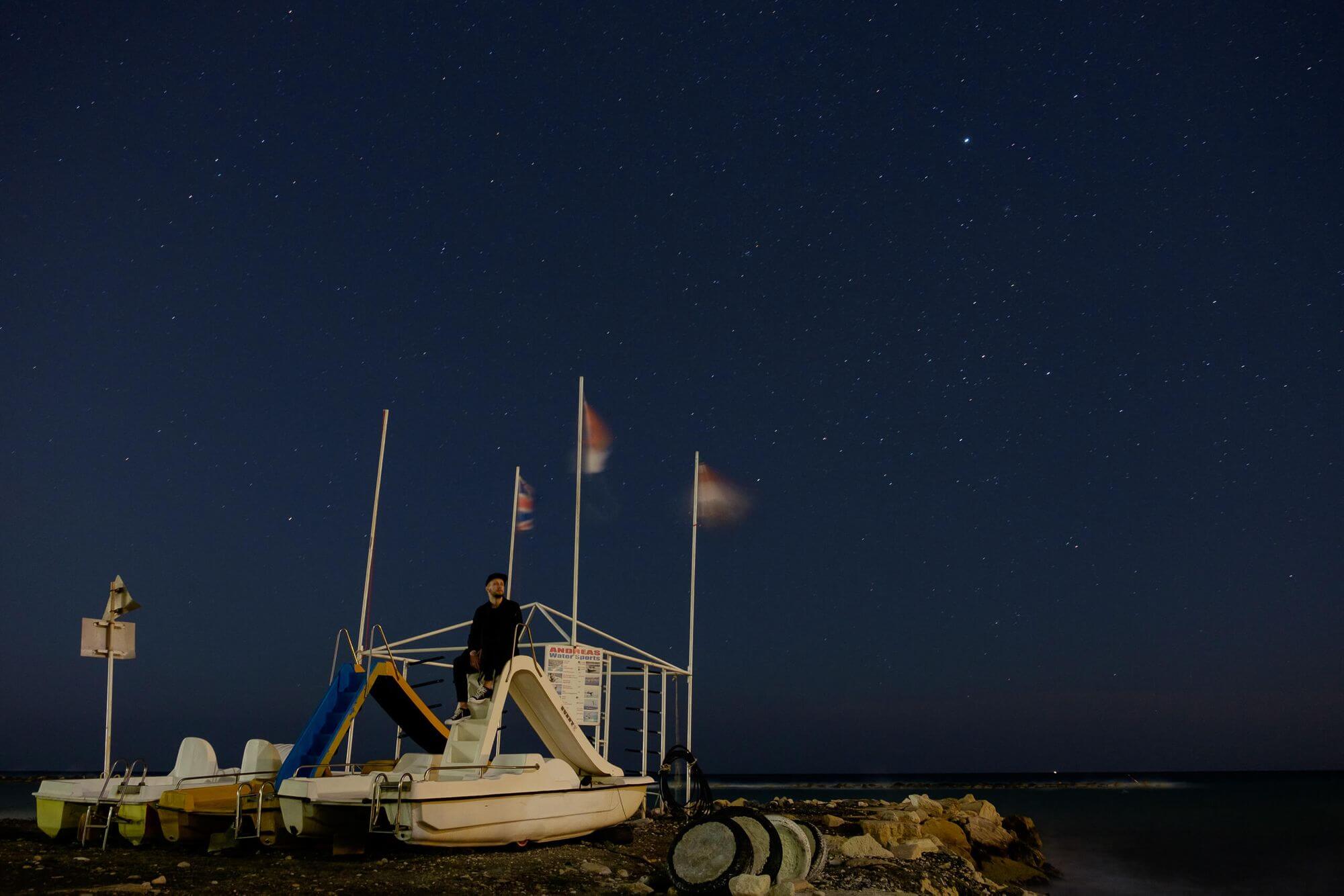
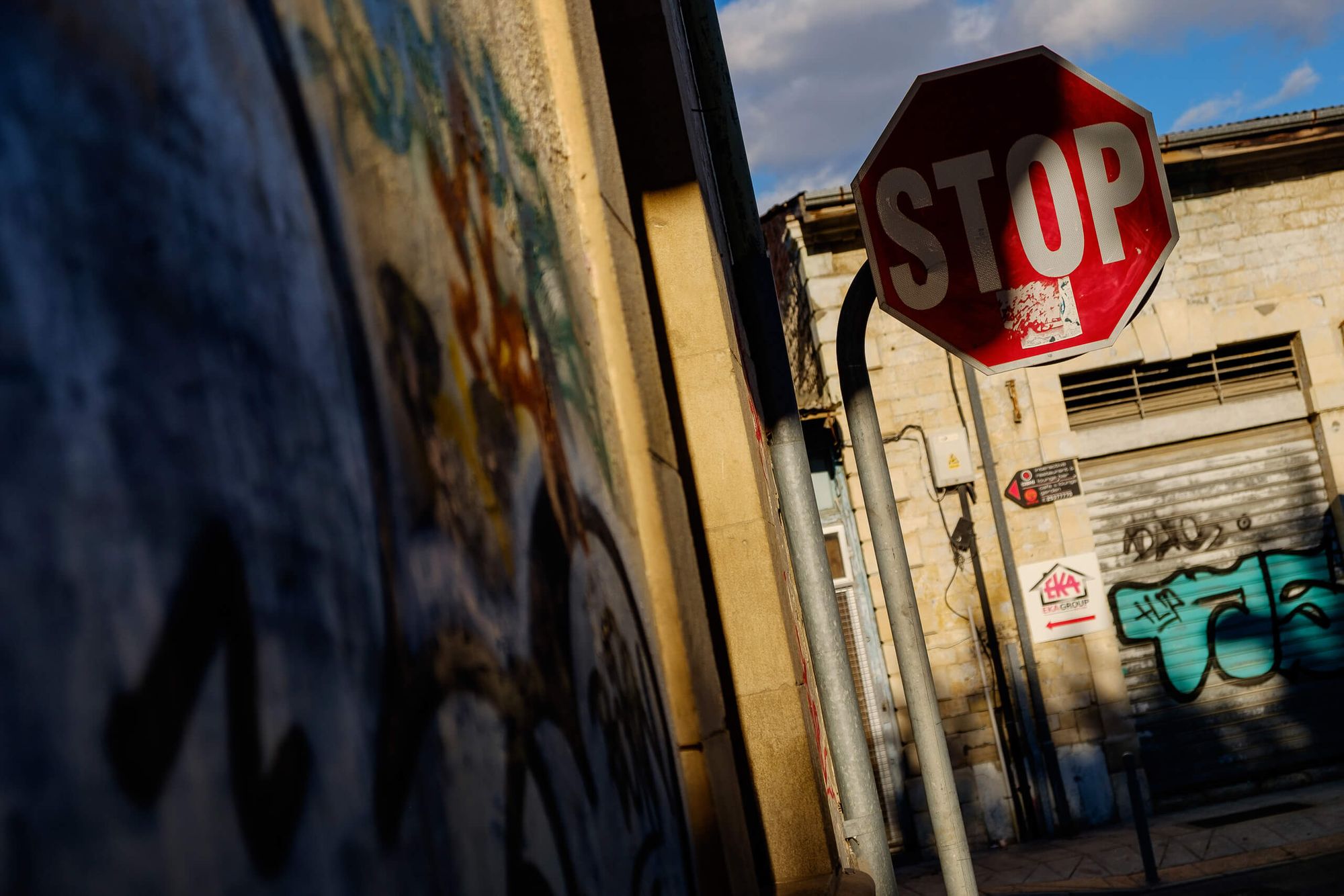
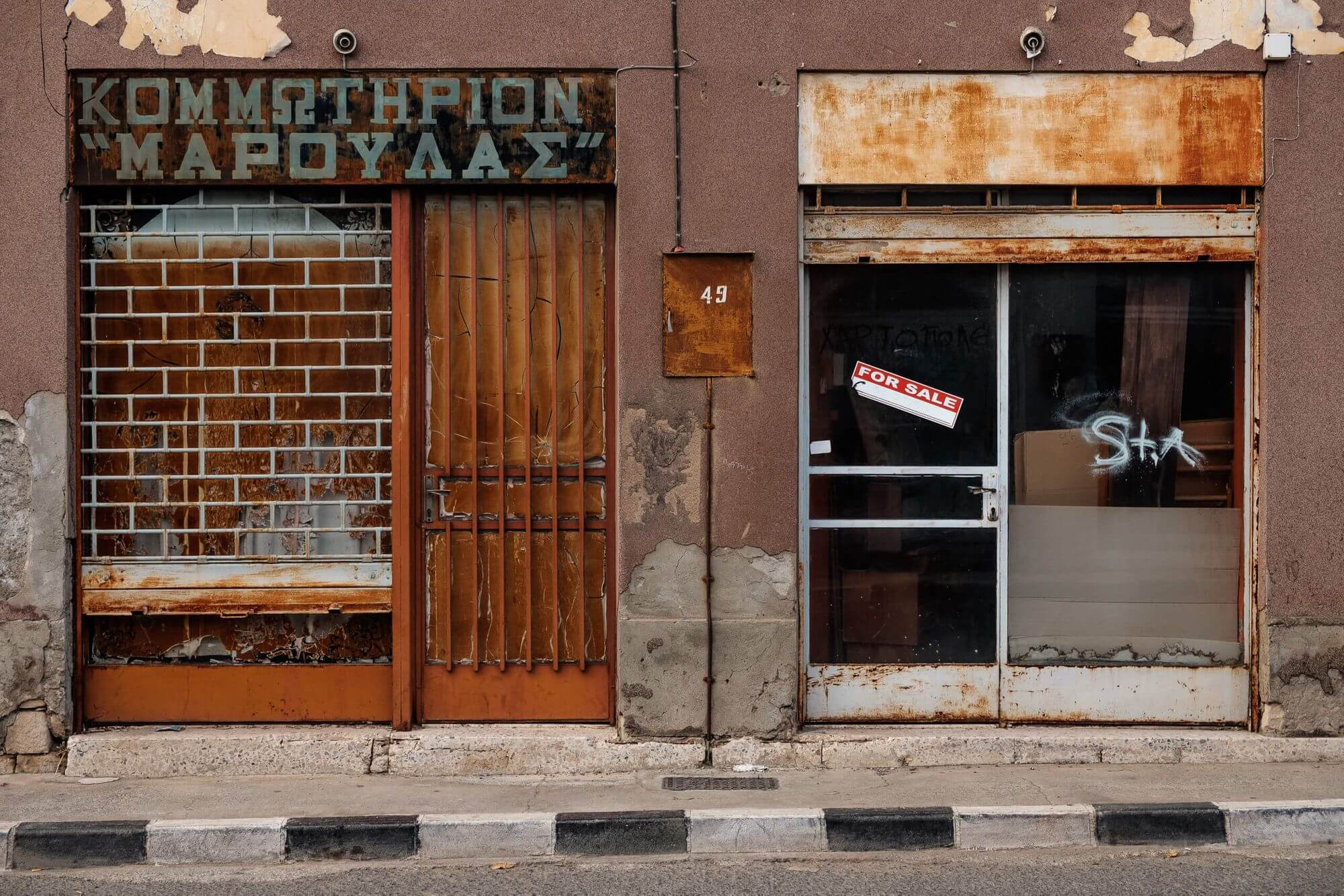
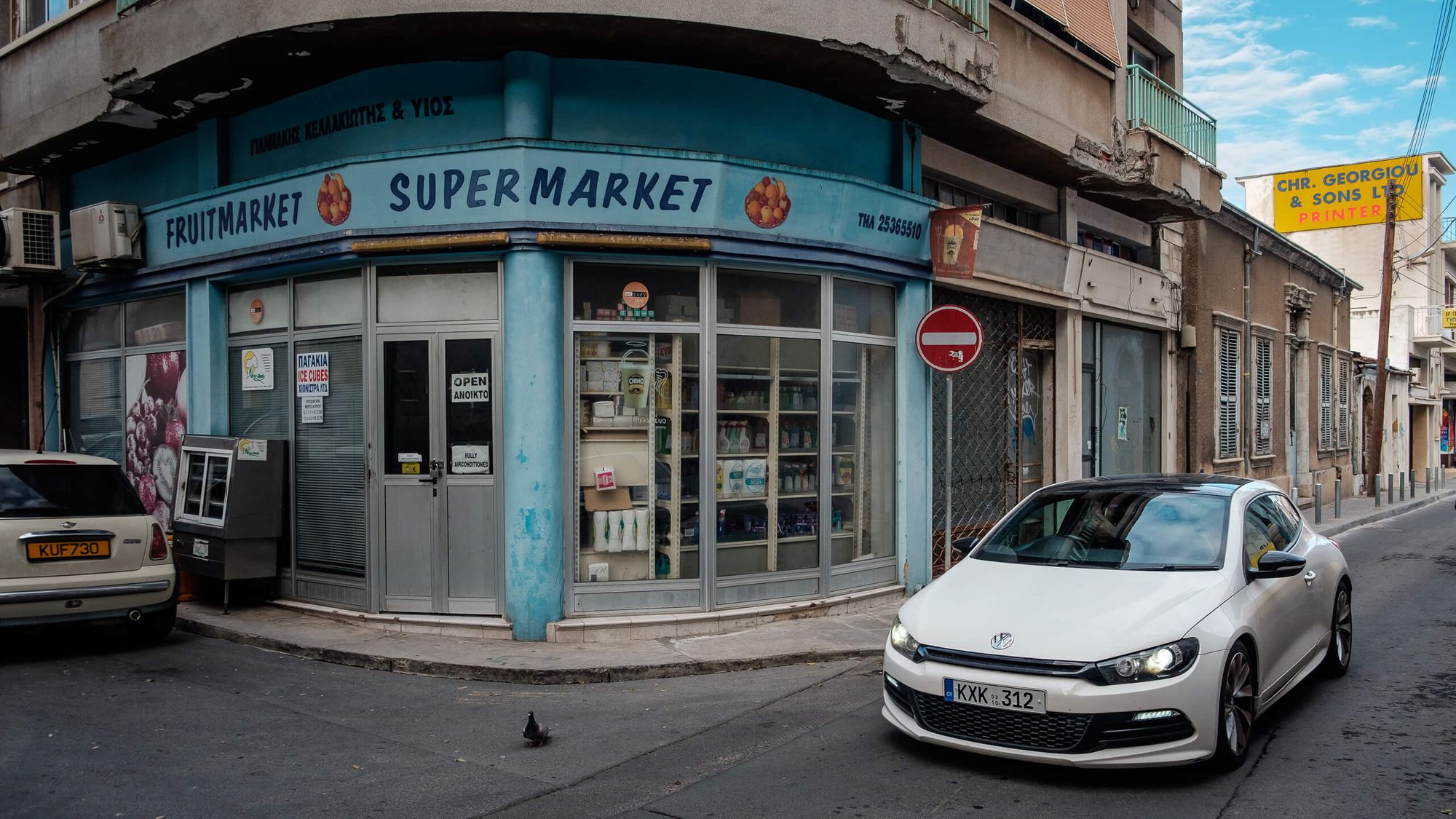
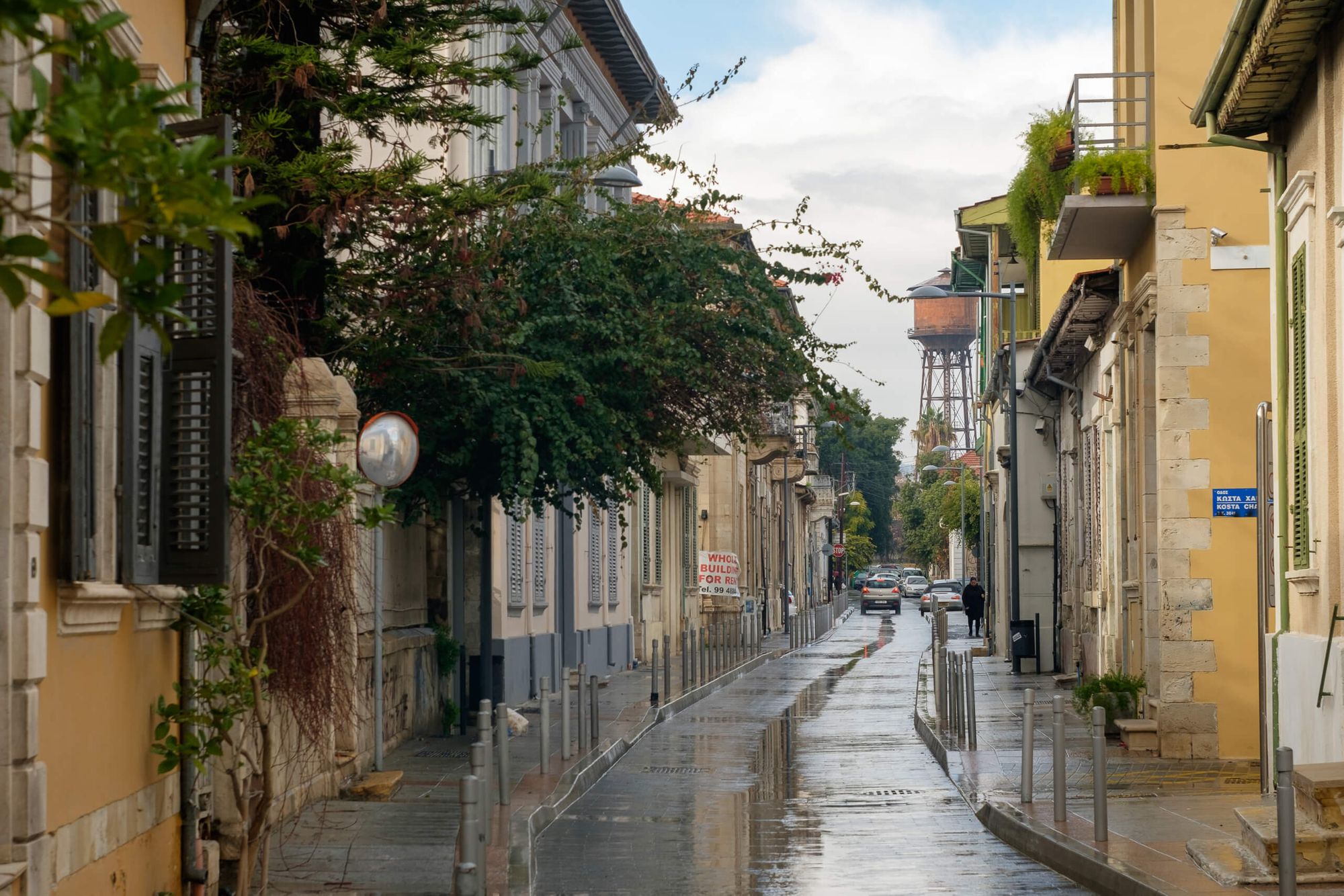
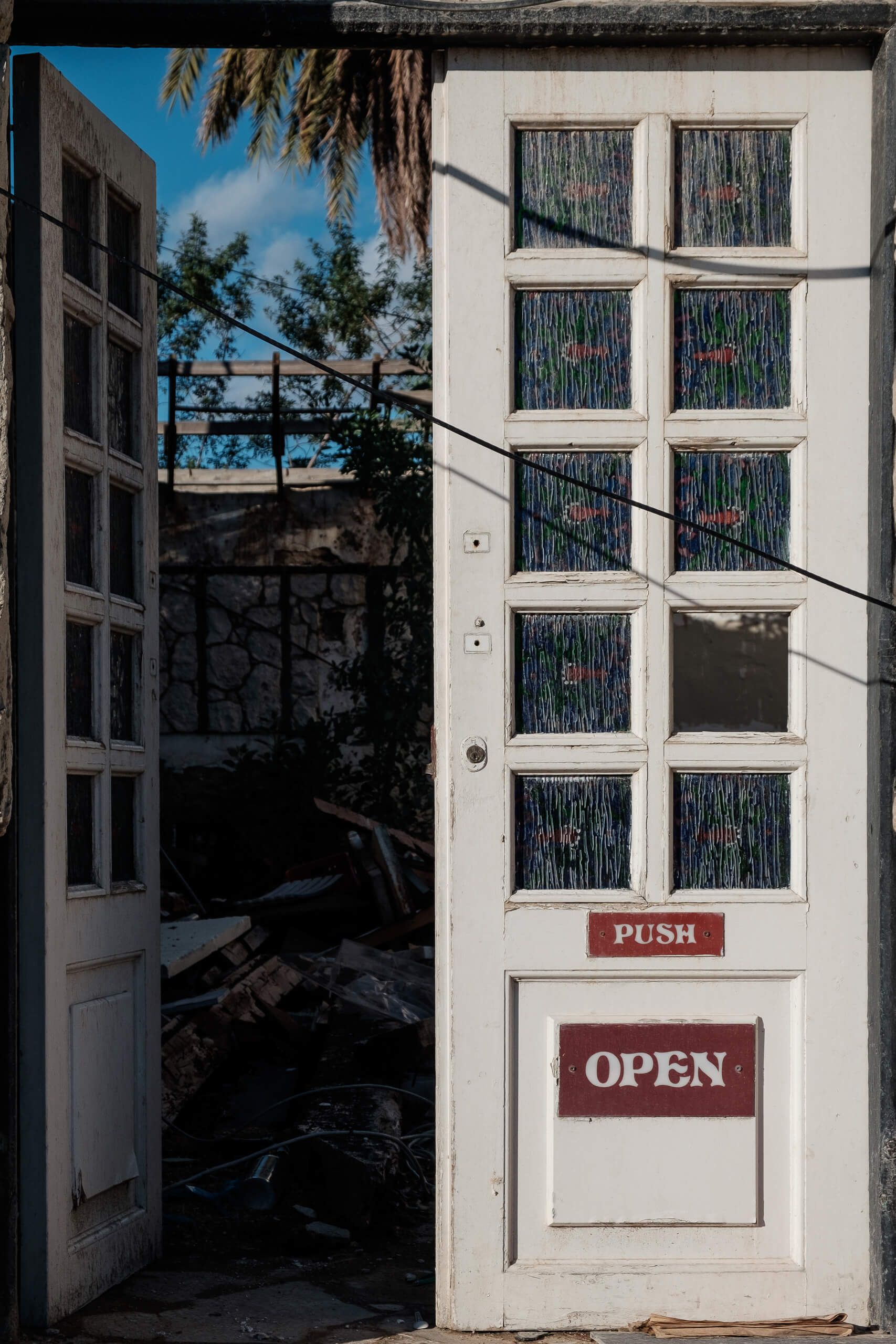
By “most interesting” I mean the walking promenades, marinas, bits of colonial architecture, bars, and a medieval Ottoman fortress. Nothing else really stands out, but for a longer stay, Limassol suits better than other cities.
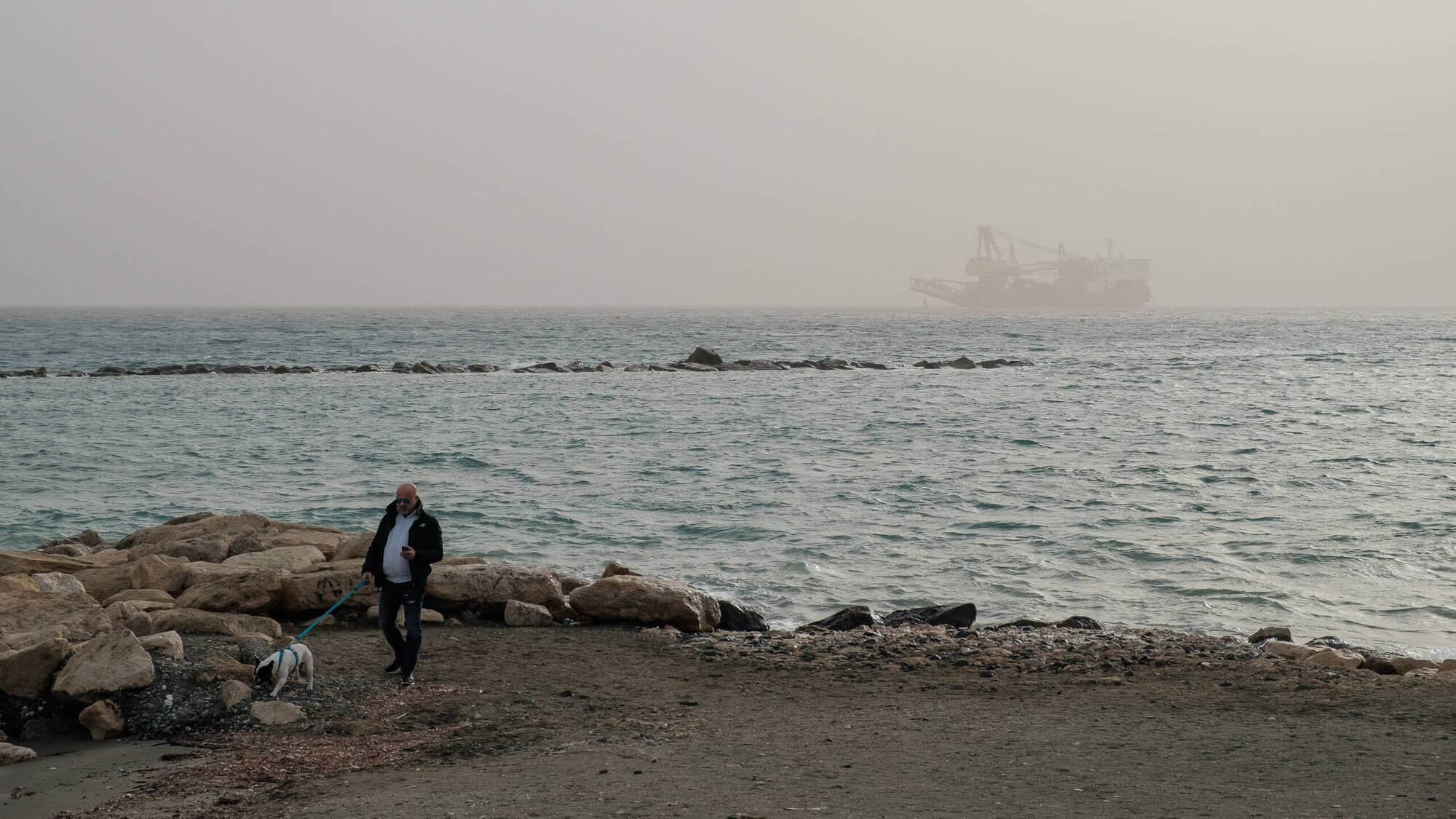
Not far from Limassol are well-preserved ruins of an ancient settlement called Kourion, perfect for the budding archaeologist.
Paphos — the capital of British retirees
Another large ethnic group here are the Brits, who come to this former colony to slowly fade away. Their sad valley is the city of Paphos on the island’s western tip — the tidiest of the major Cypriot cities. Coincidence? I don’t think so.
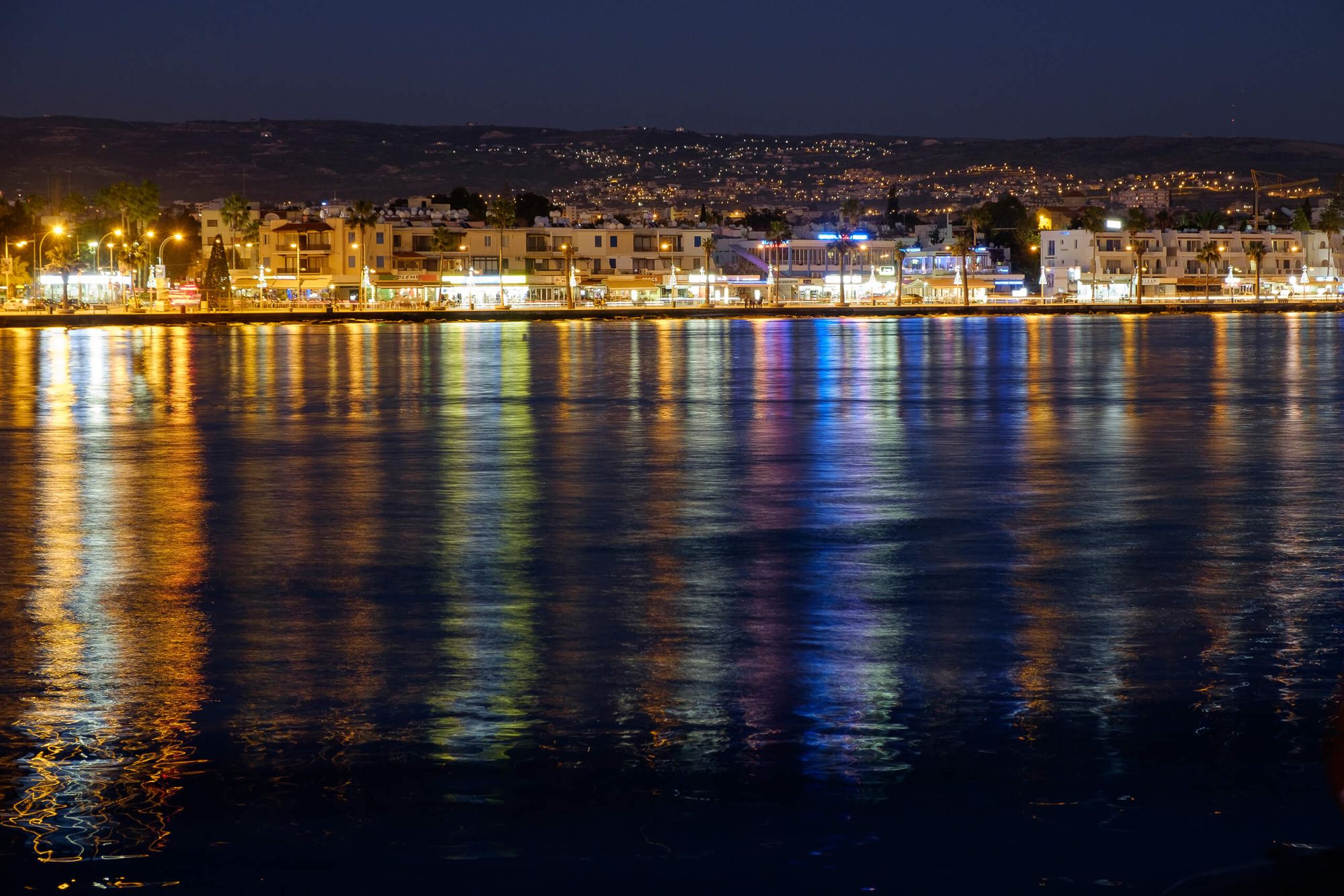
Paphos has way more cultural heritage than Limassol, which is why it’s on the UNESCO list. Walking around the center, you constantly bump into ancient ruins or even older caves. If you’re into antiquity, you’ll dig it.
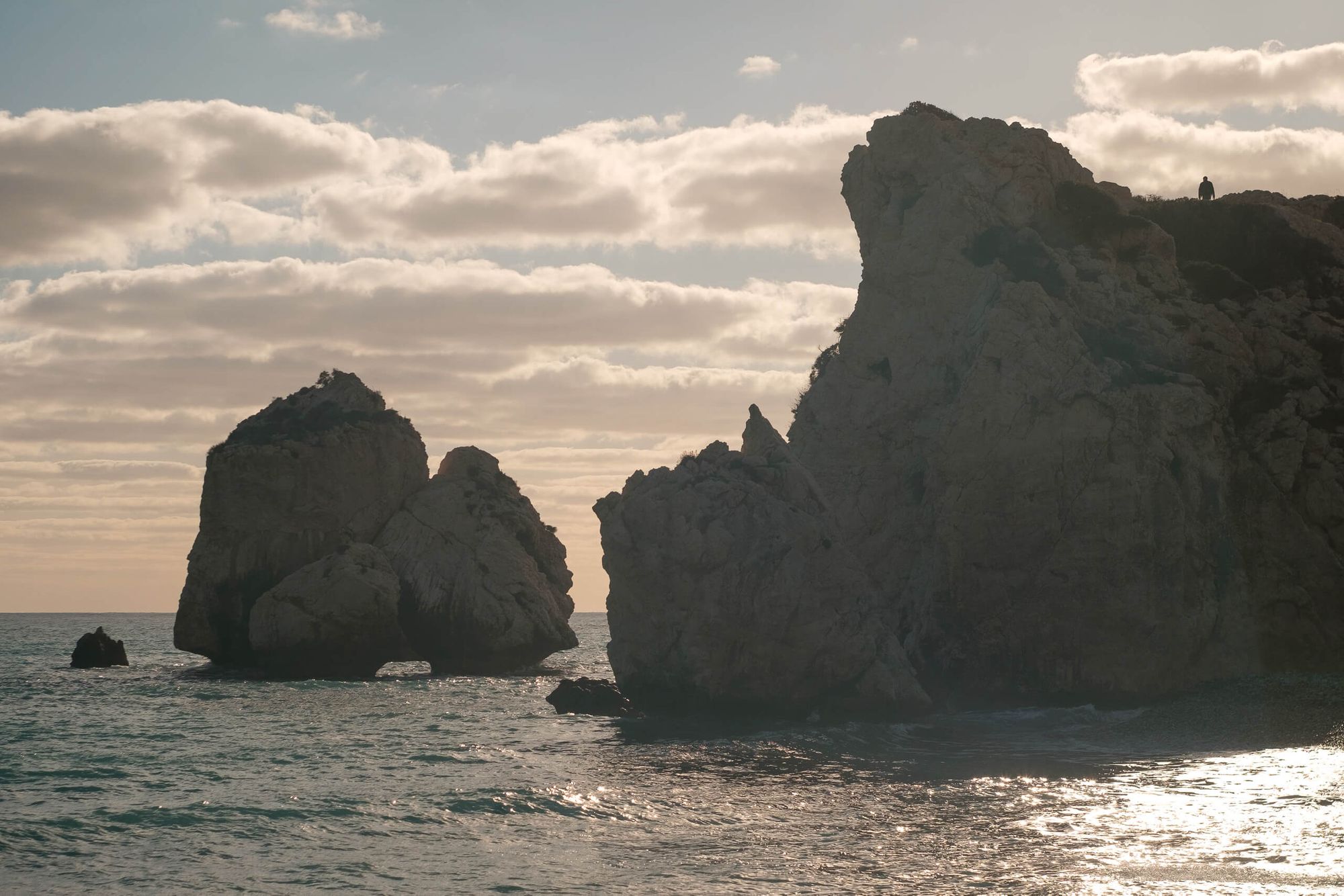
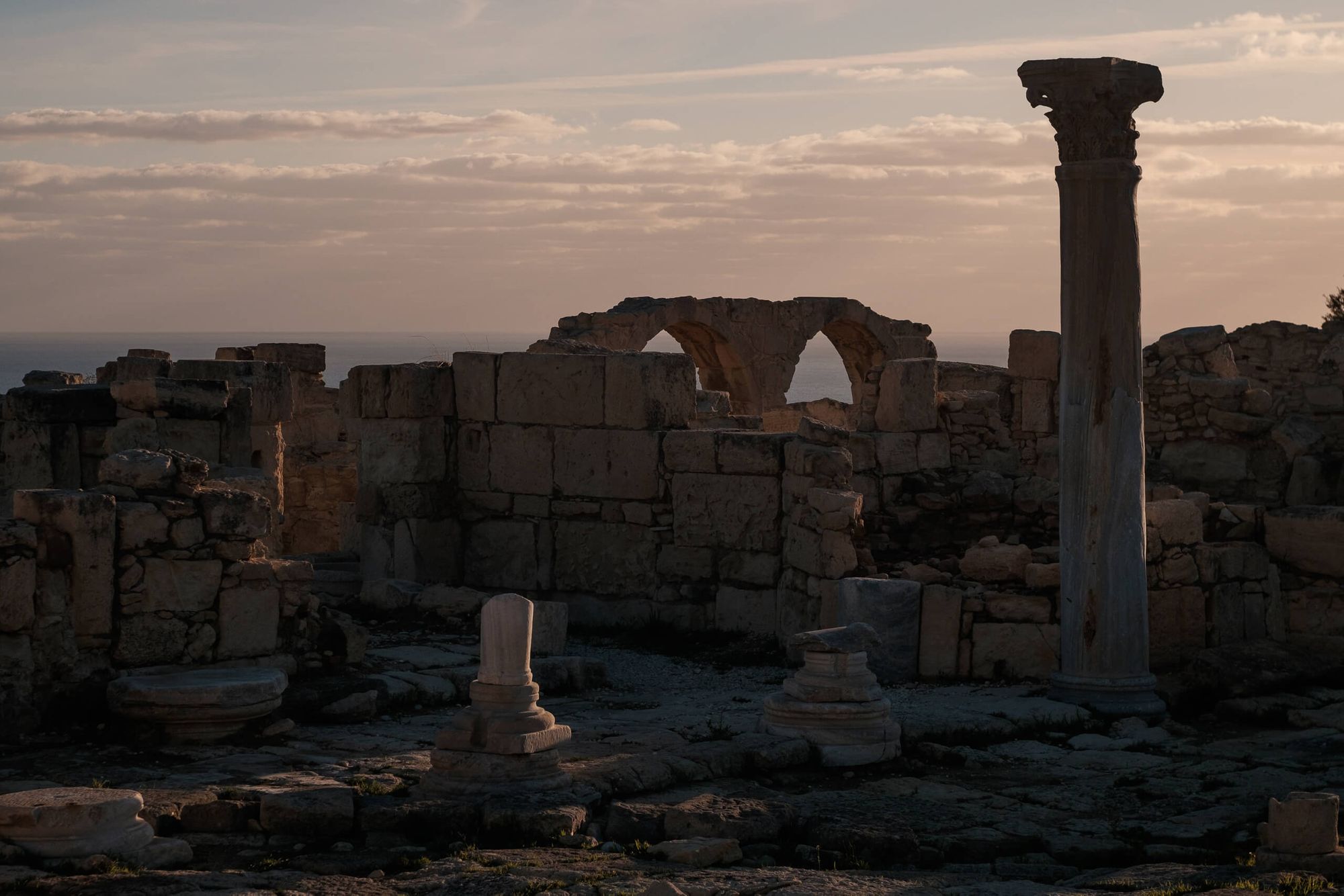
Paphos is also the birthplace of the cult of Aphrodite. Not far from the city is a bay where, legend says, the goddess of love emerged from the sea — born from the spilled seed of Cronus’s severed father’s… well, don’t ask.
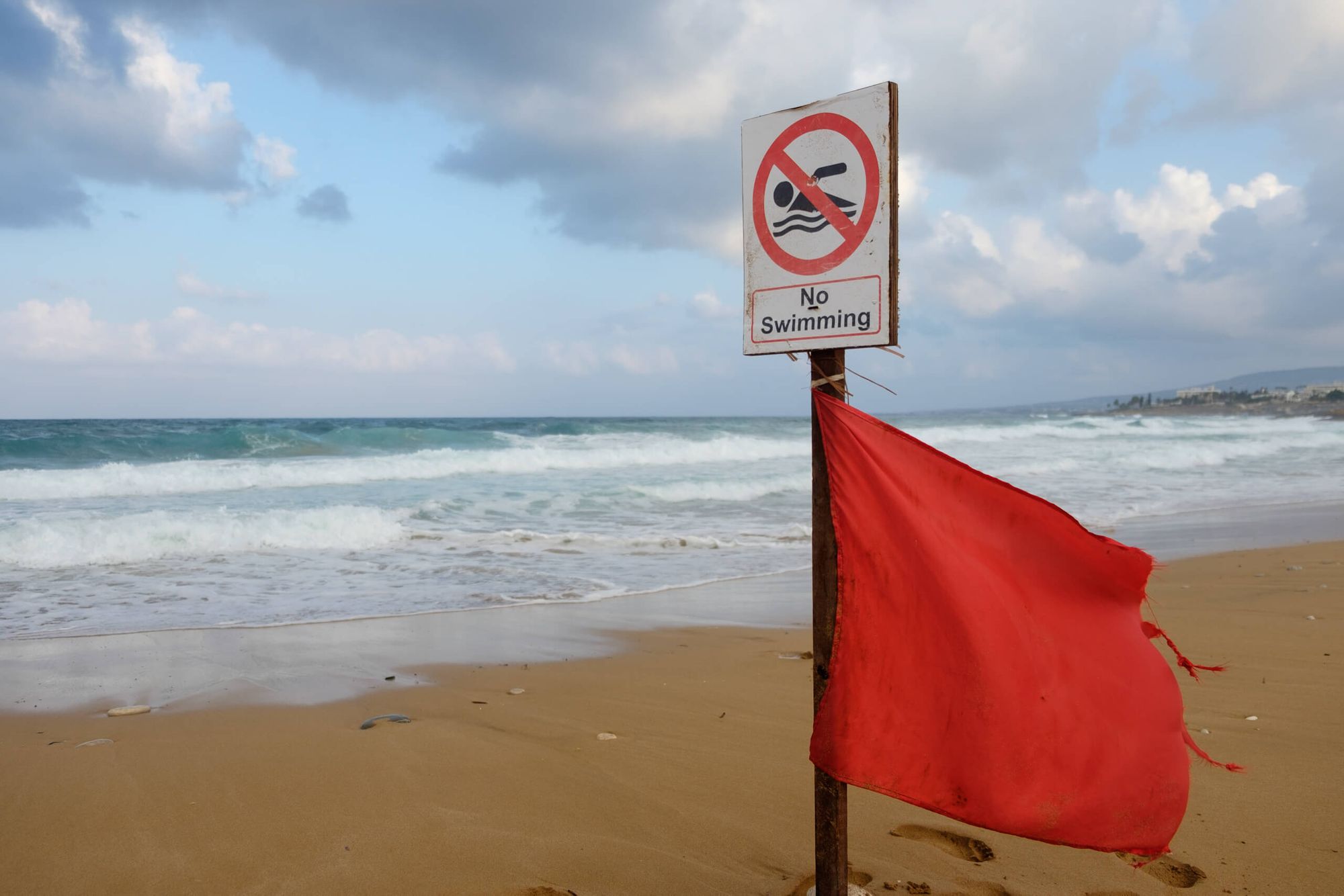
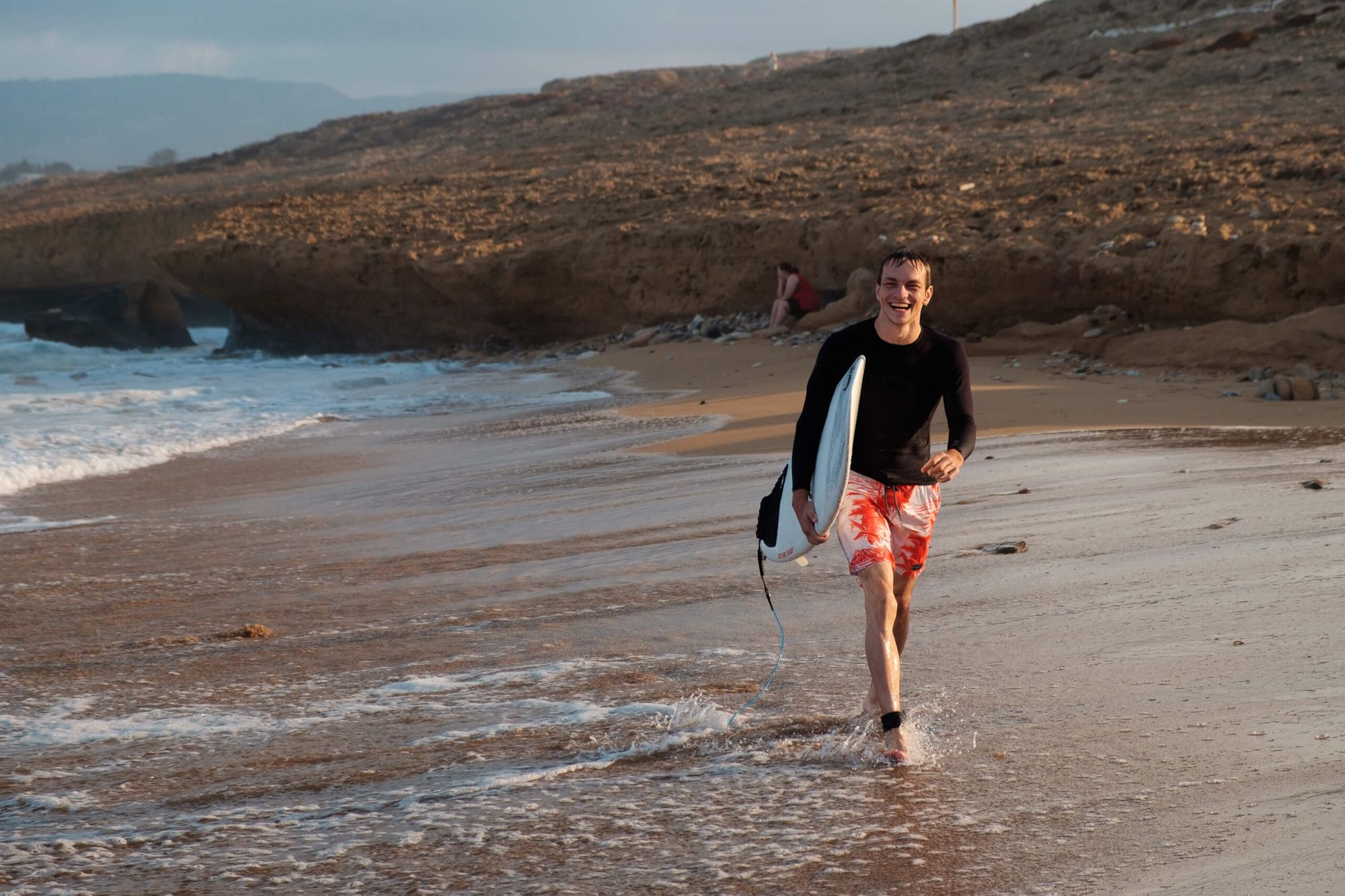
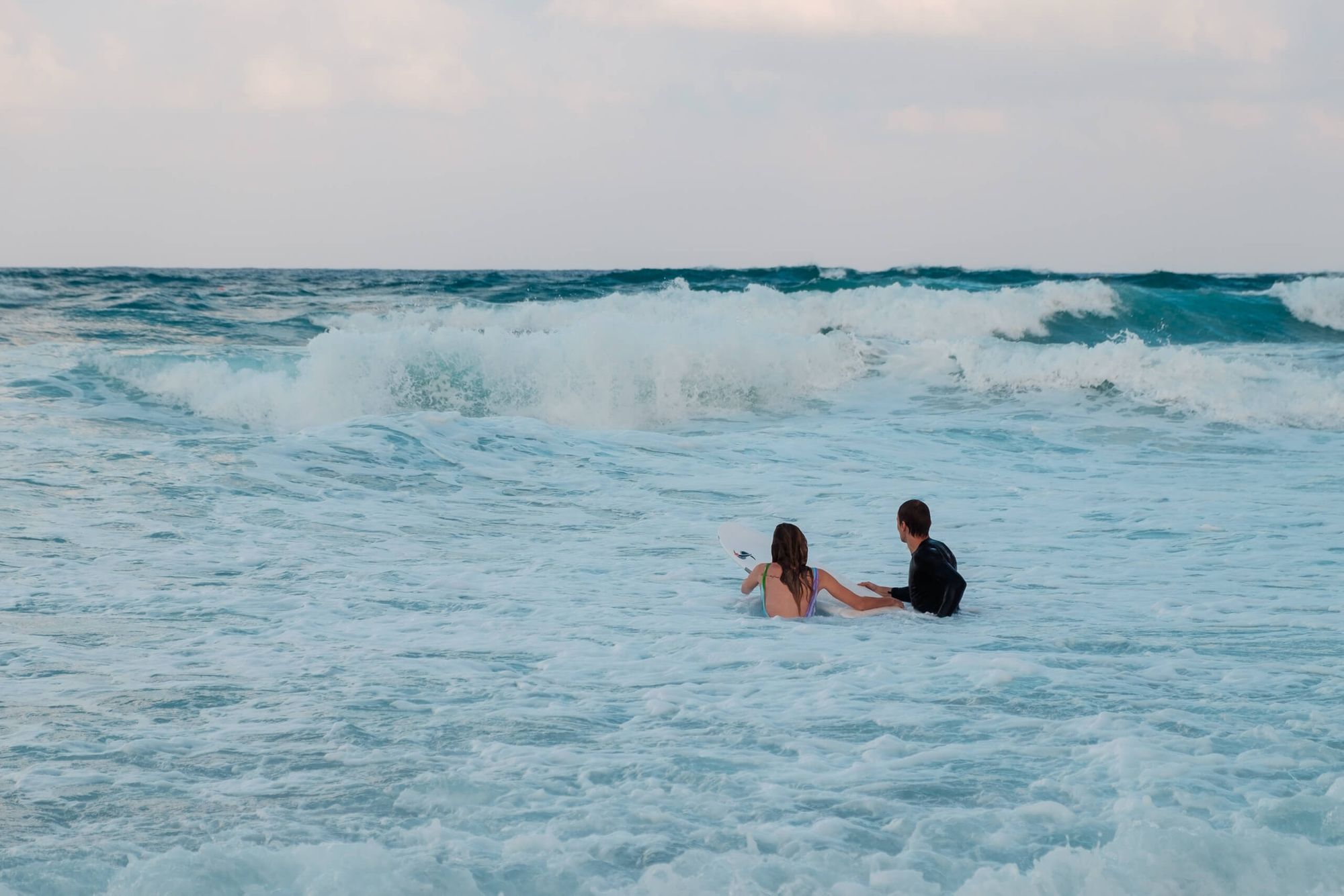
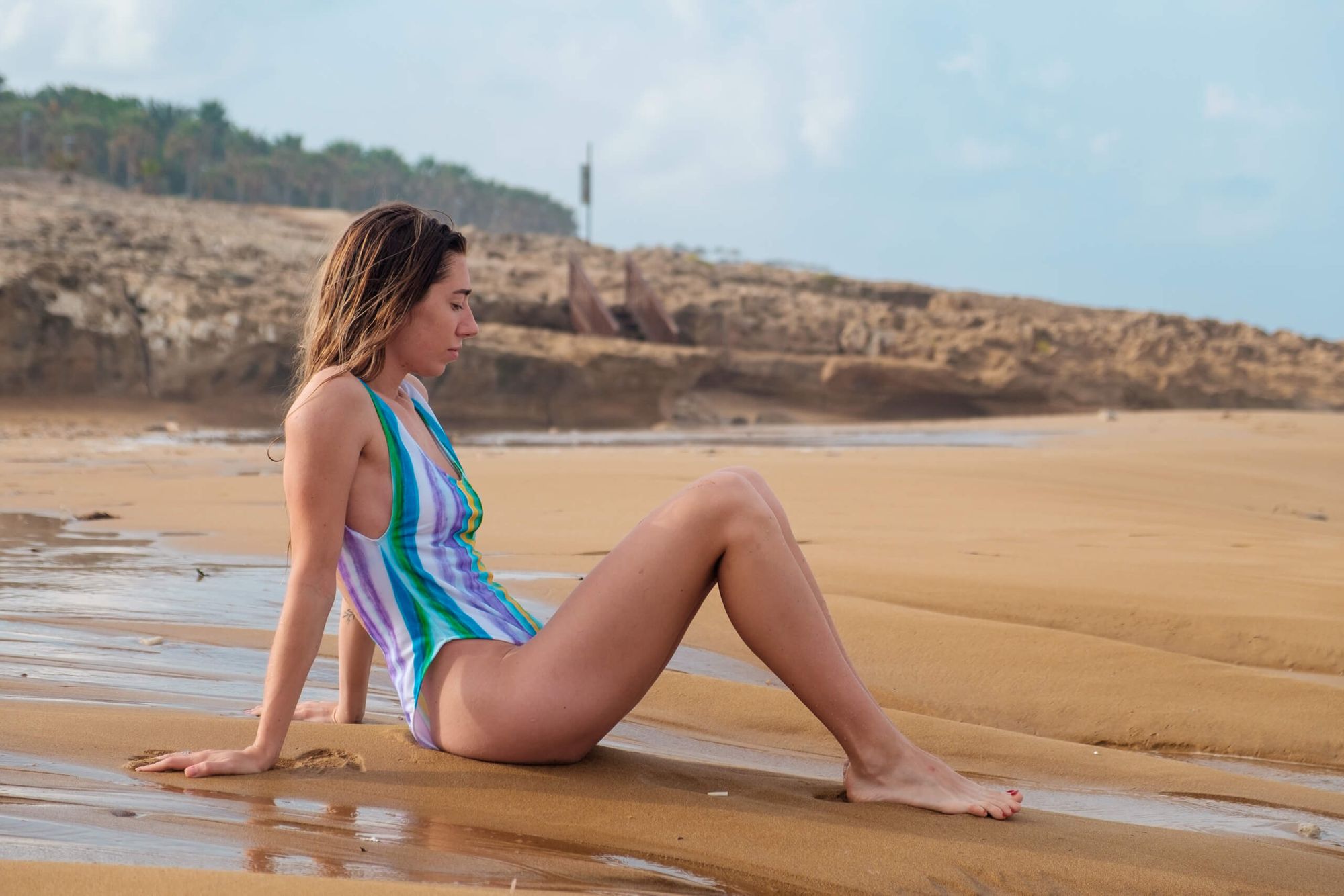

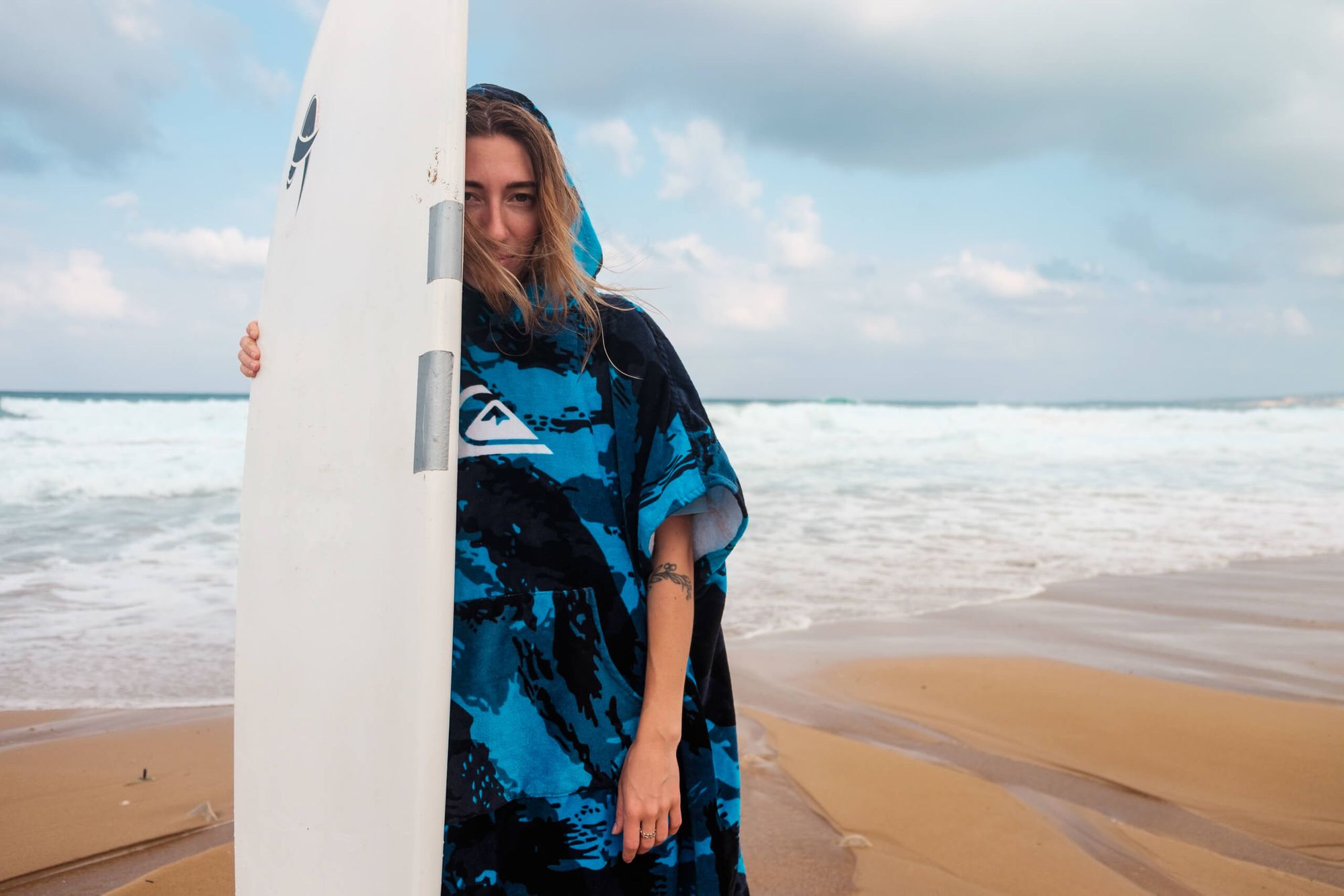
Paphos boasts the best sunsets and the biggest waves. So around the city, there are several spots for those who like to ride the crest.
Larnaca — the capital of pink flamingos (children of the sunset)
Three facts to know about Larnaca: the island’s largest airport, a decent seaside promenade with a fortress, and a big salt lake where pink flamingos arrive in winter (along with photographers eager to catch them).
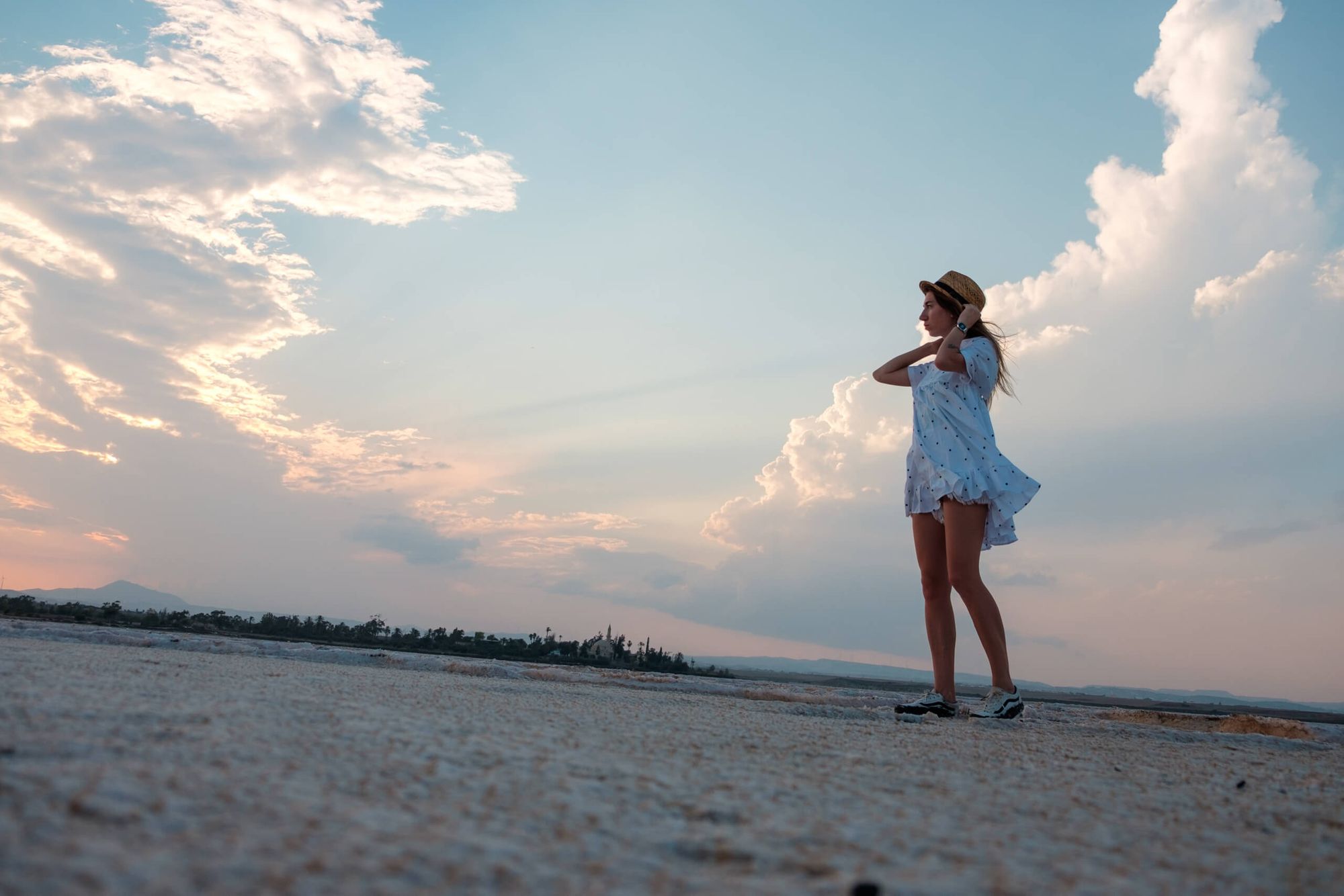
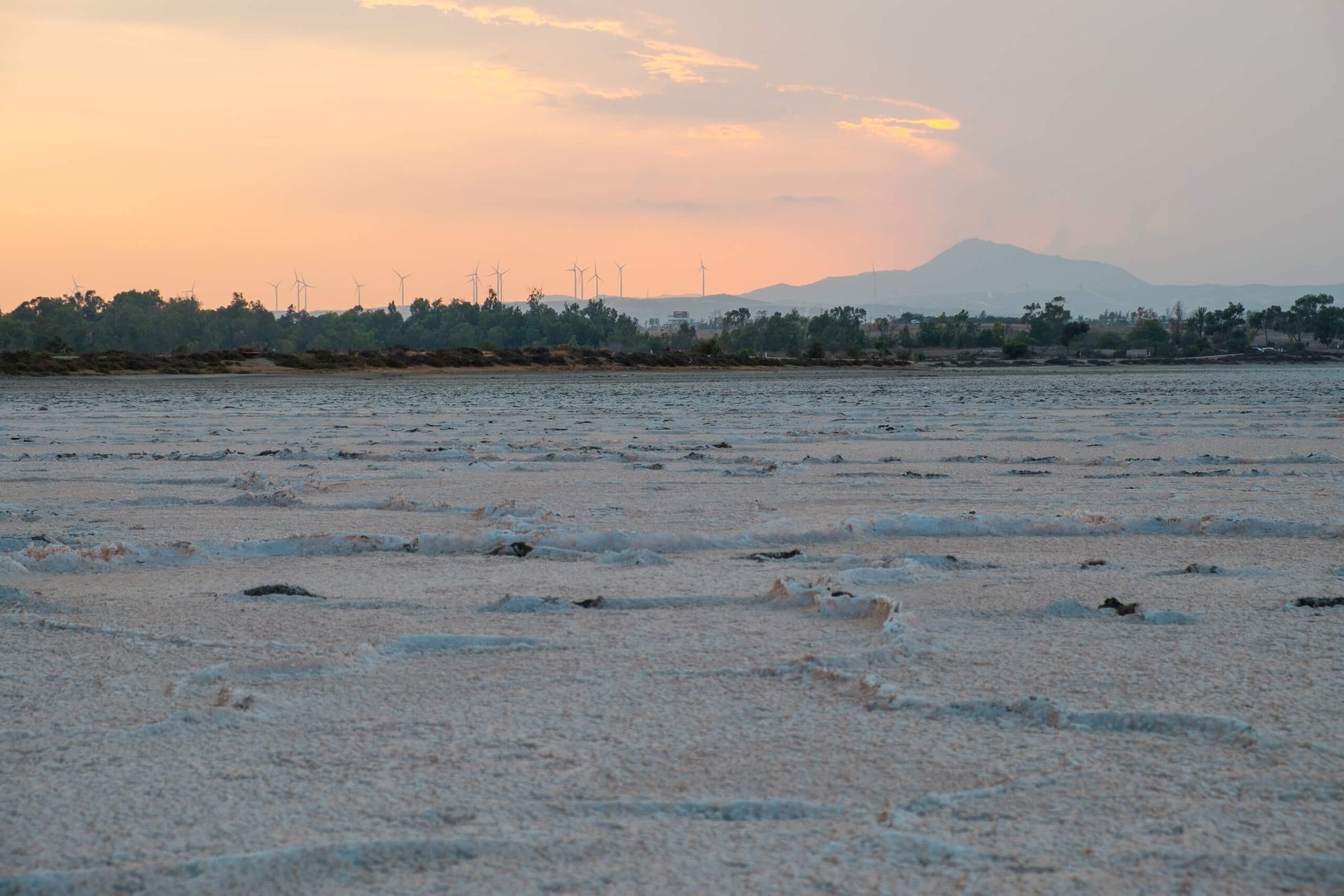
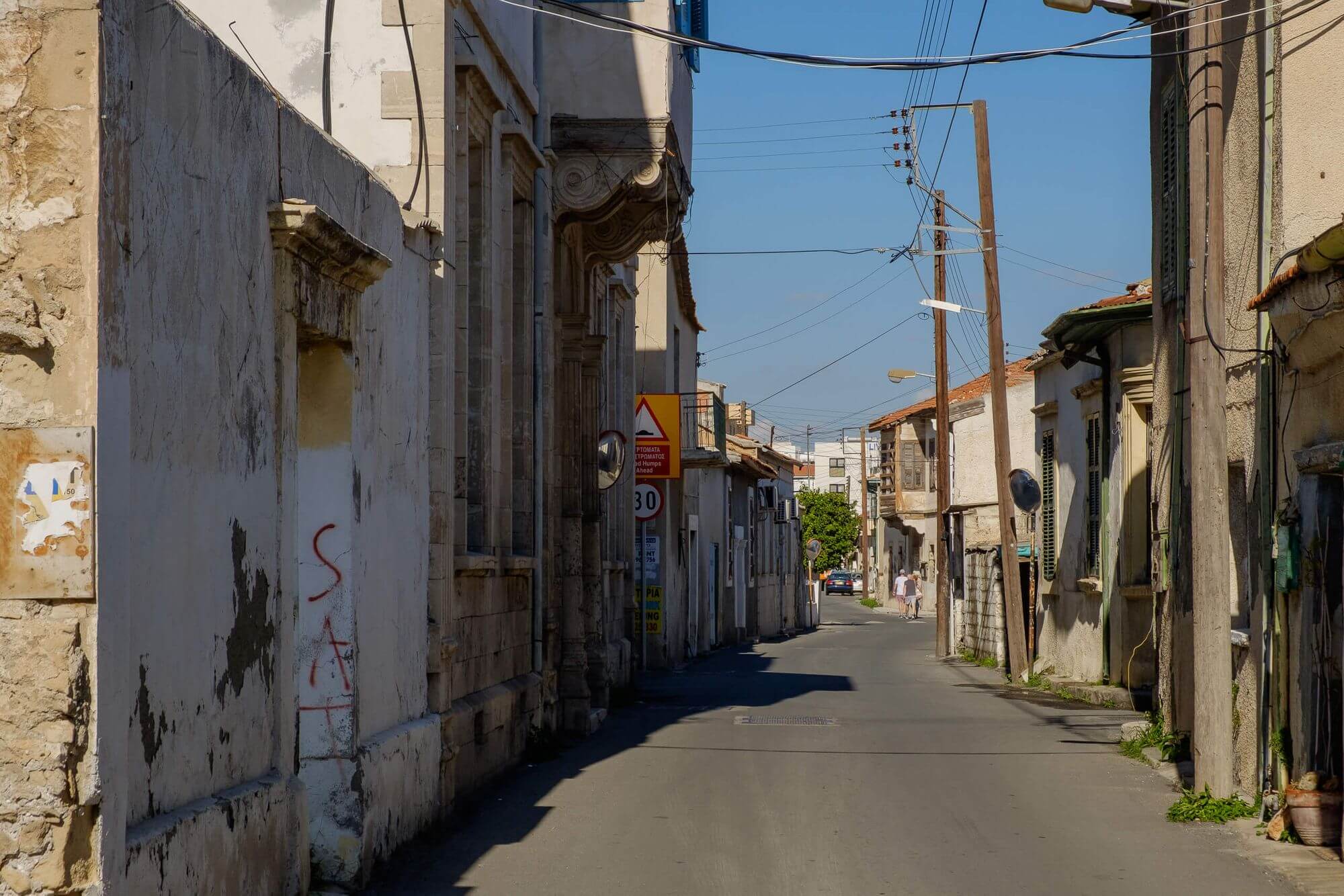
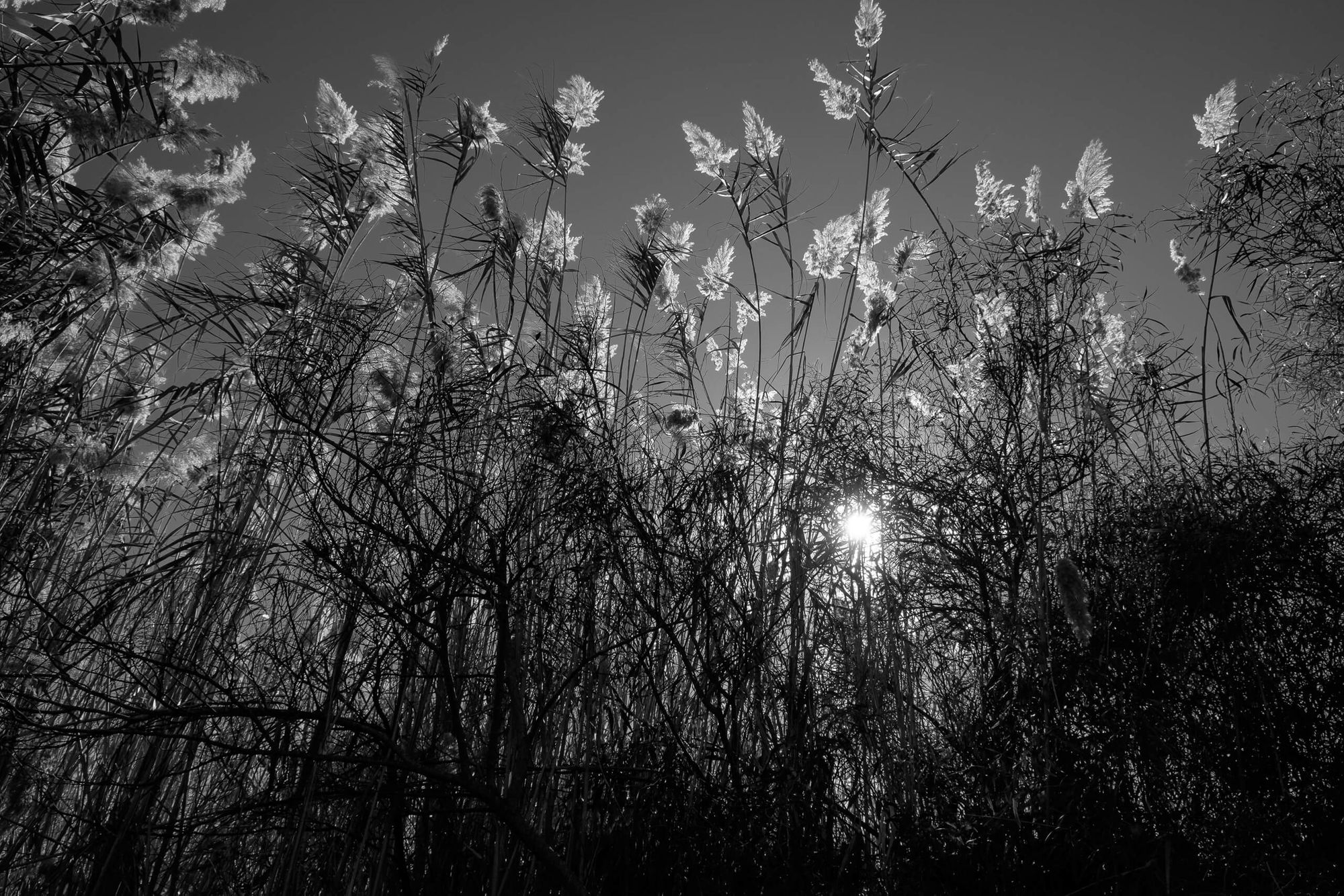
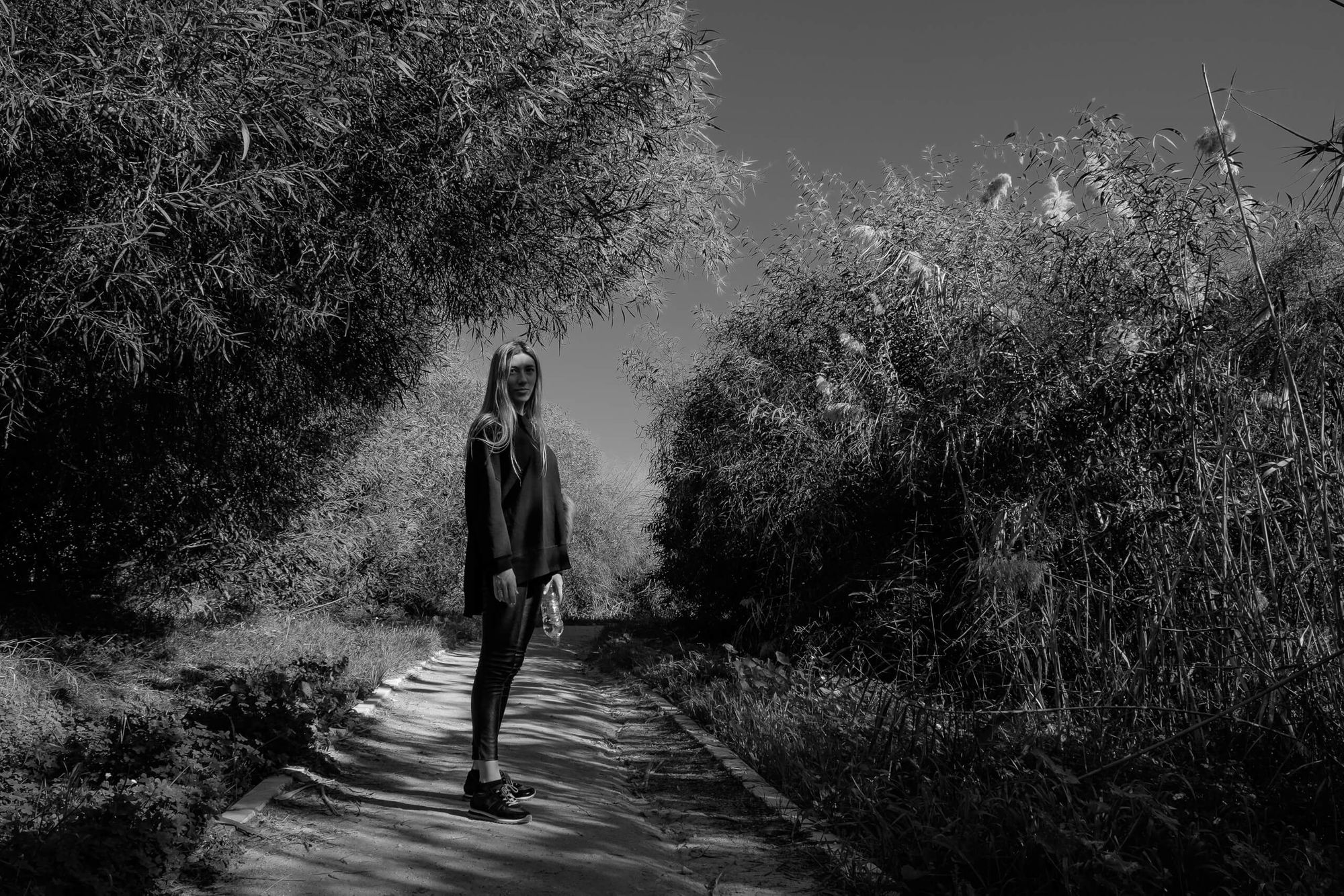
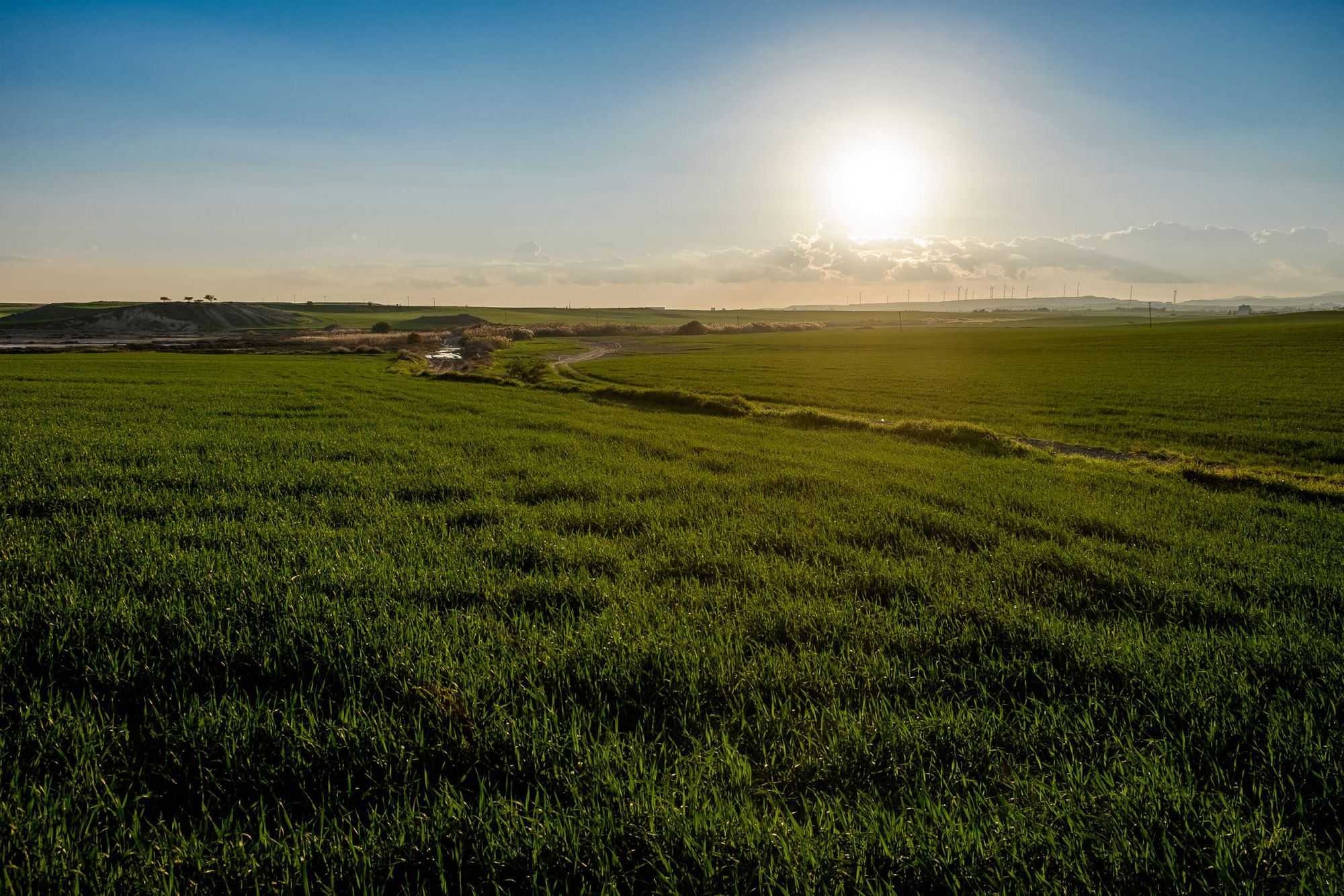
There’s also a famous mosque, the church of Saint Lazarus, a handful of architectural sights, lots of beaches, and the world’s best souvlaki spot — souvlaki.gr — where you can eat well and drink for just 10€.
Ayia Napa — the capital of beach party animals
Ayia Napa by day in summer is a beach city where the sand is replaced by human bodies, and the sea by a fifty-percent solution of urine. By summer night, it turns into one big disco with blackjack and everything else. In winter — a ghost town where echoes and memories of wild summer nights roam the streets.
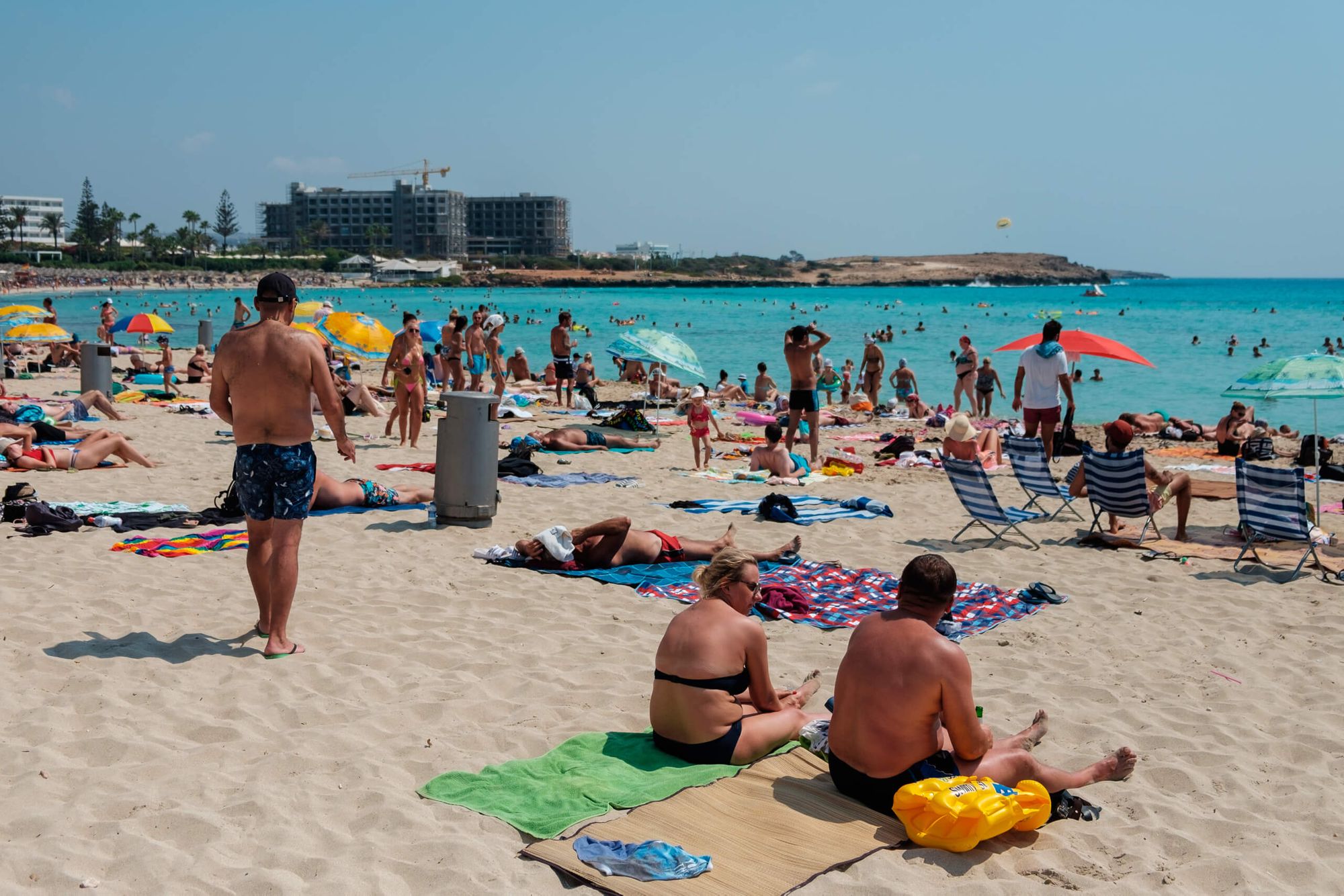
There are a few water parks within the city. The most popular beach is Nissi Beach. Nearby is the Lovers’ Bridge and the Kraken cave.
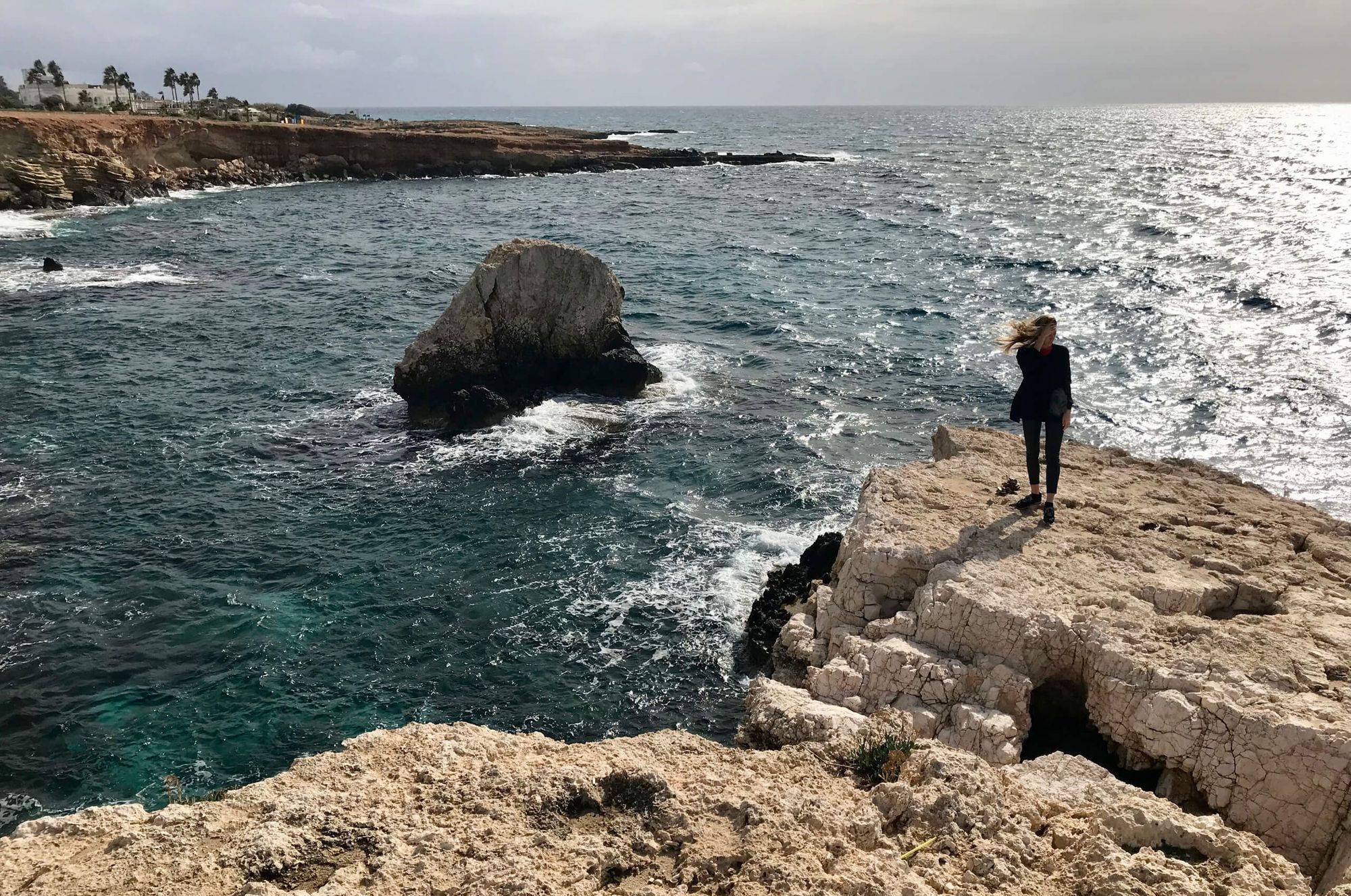
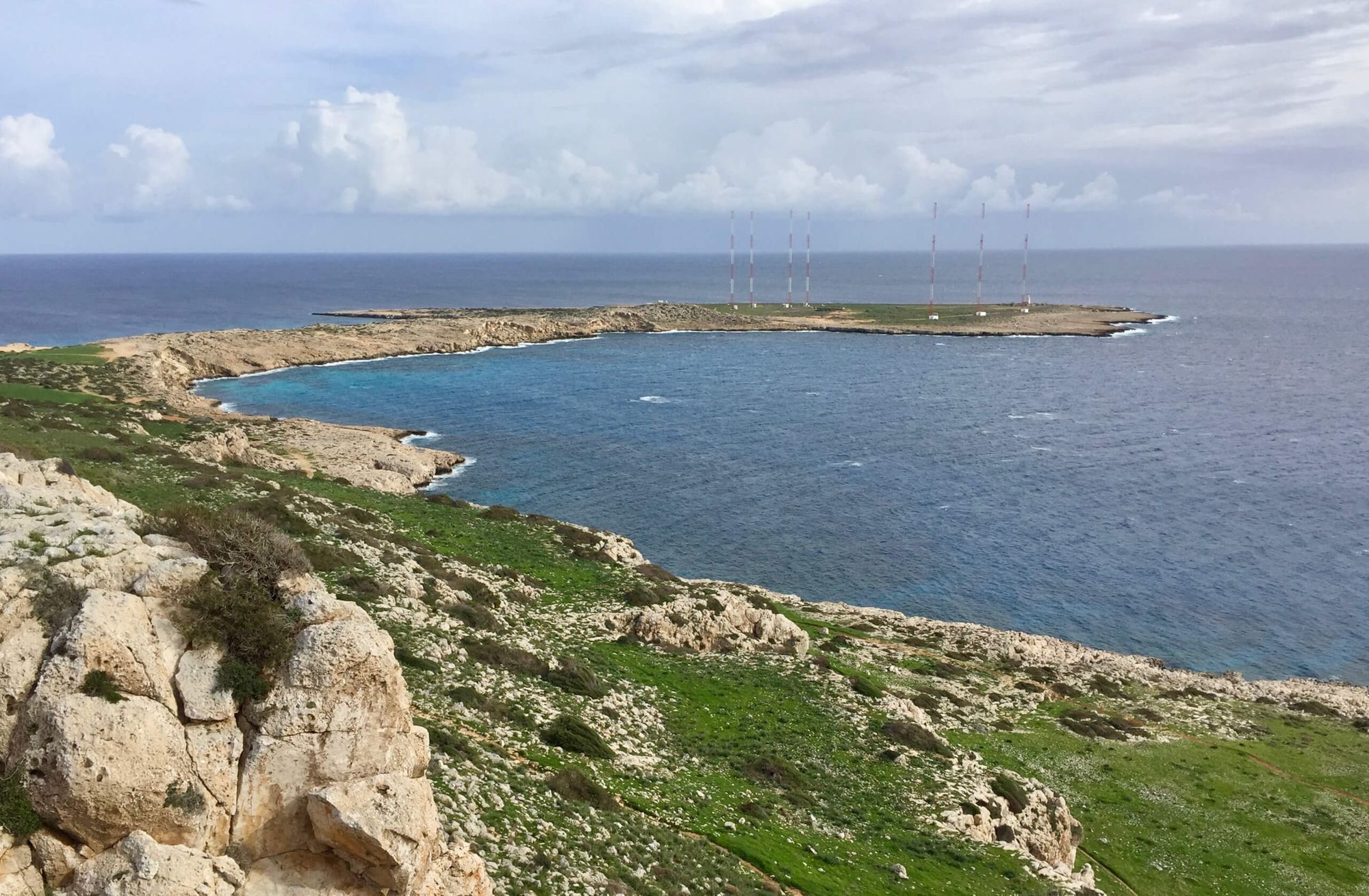
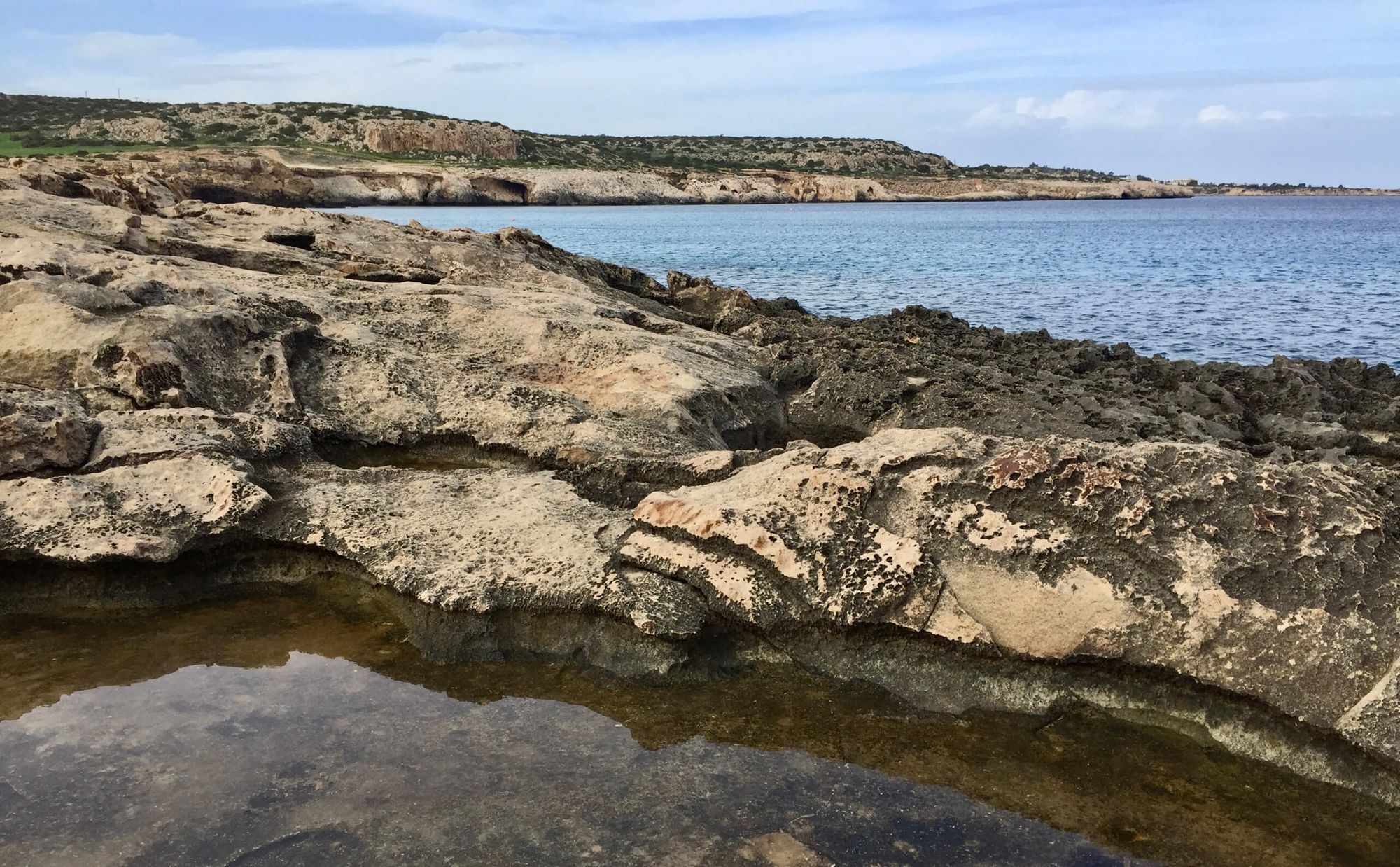
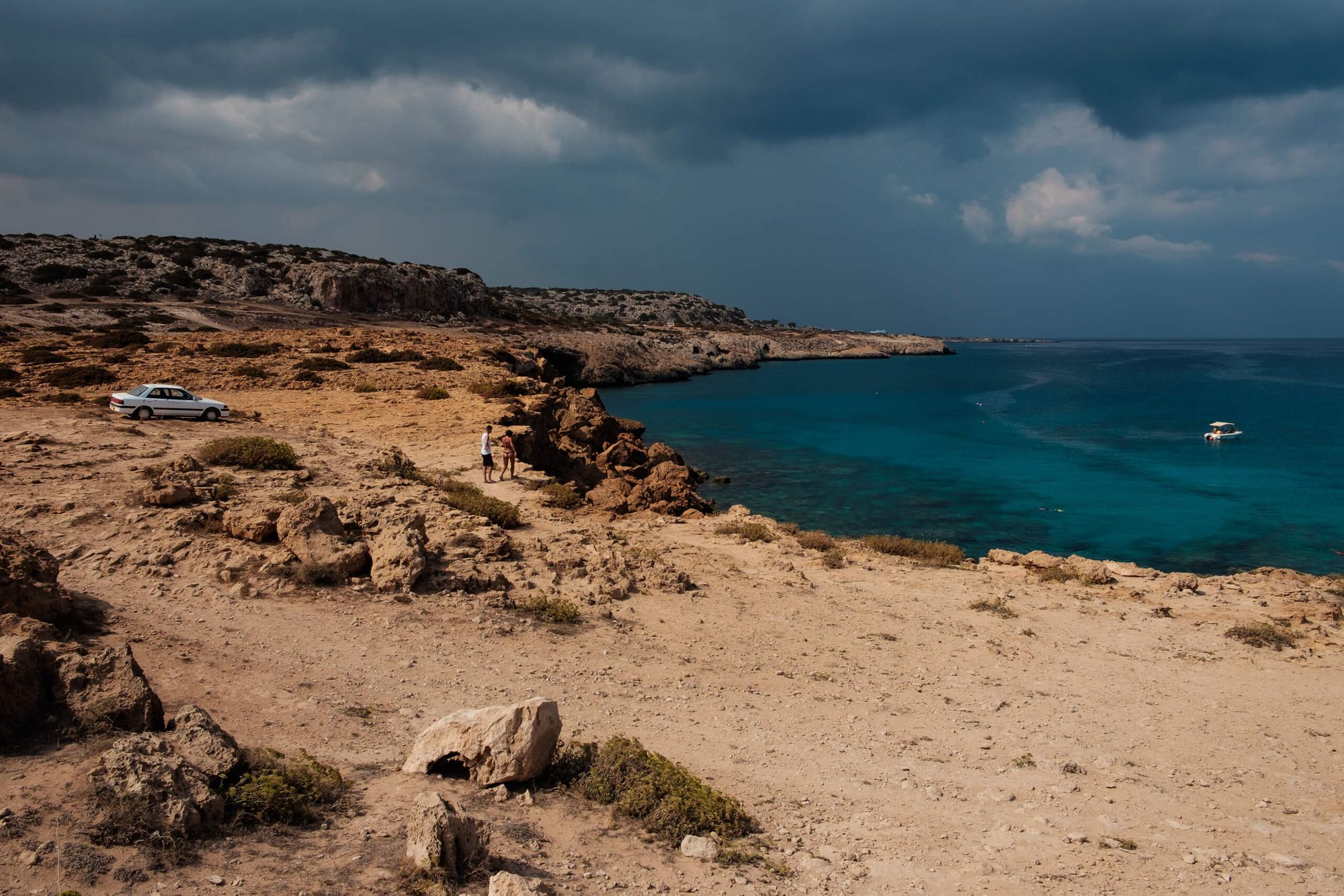
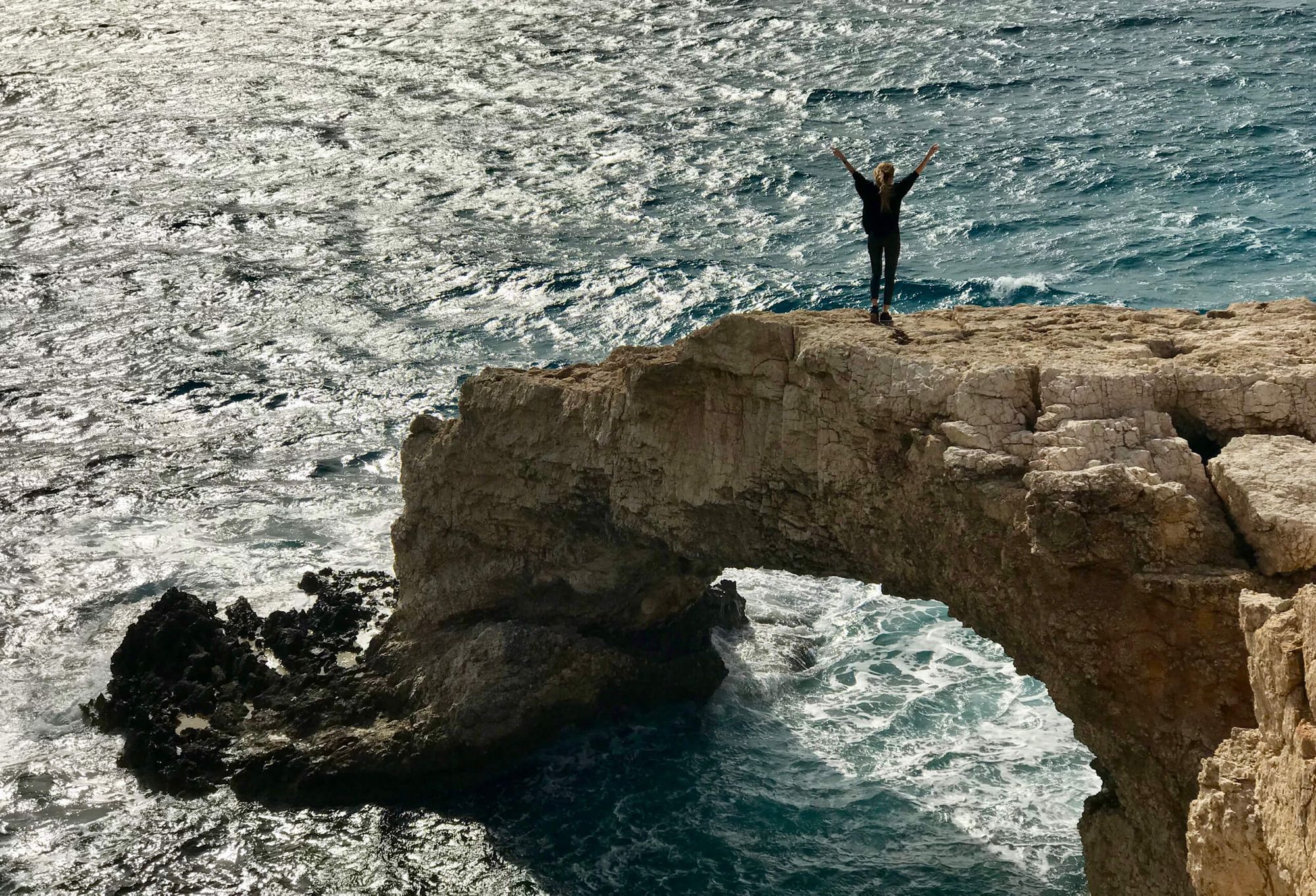
To escape the madness, you can head to Cape Greco or the Blue Lagoon, located on the eastern shore near some British military strategic site.
Tips for travelers
To wrap up the first part: if you’re coming for a couple of months, stay in Limassol, or at worst — Paphos. The other cities in tourist season are basically the Russian resort town Gelendzhik with gyros and Zivania, and in winter — ghost towns. So it’s either too boring or too wild.
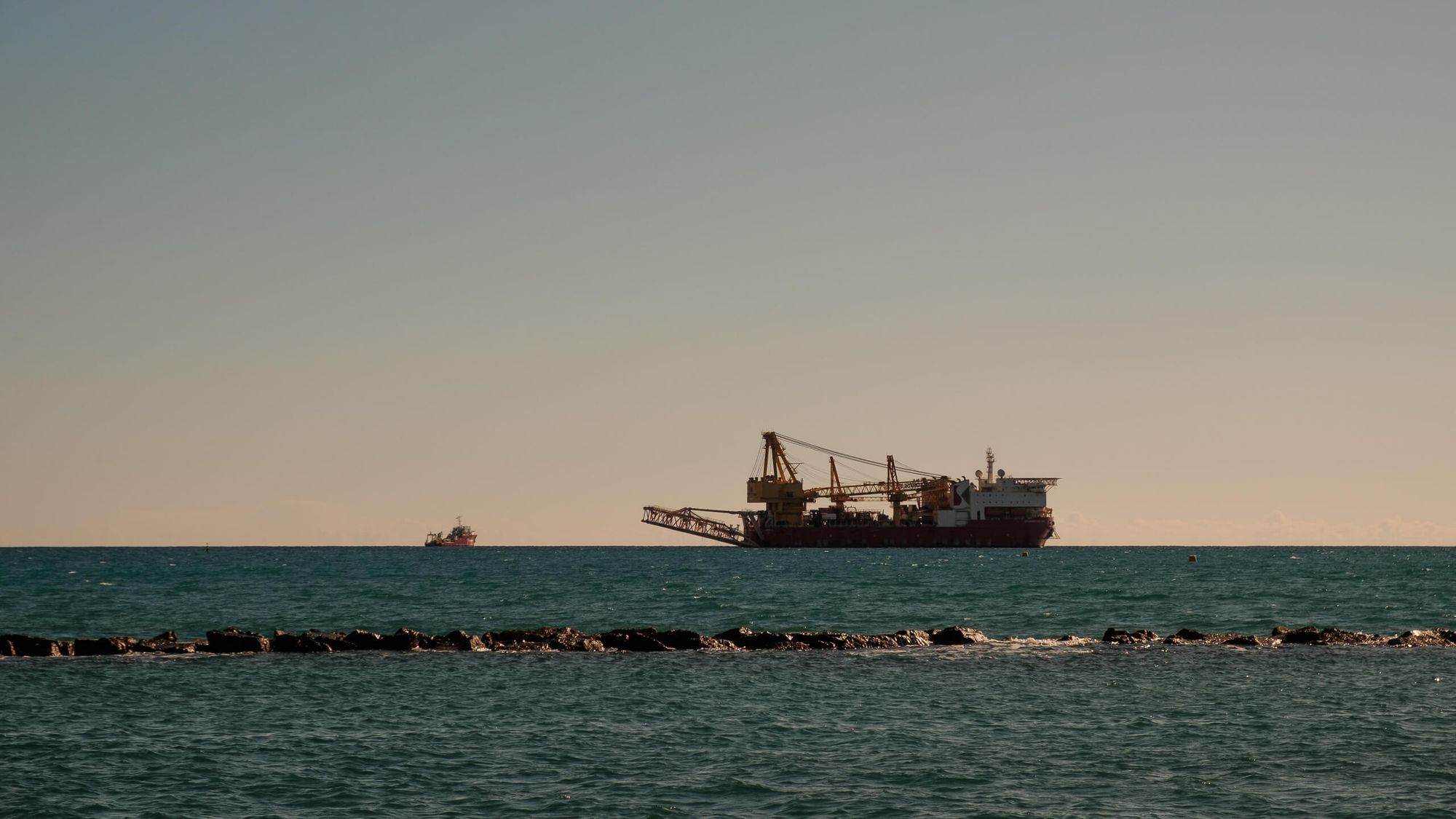
Limassol is lively and interesting any time of year. White sand and palms are scarce, but along the whole coast there are empty municipal beaches with loungers. Paphos is a bit cheaper and tidier than Limassol — mostly inhabited by elderly Brits, but with good surf spots and antique ruins nearby.
If you like booze as much as I do, try Commandaria — a dessert wine with protected geographical indication (I sold my soul for it in Kaferea). There’s also Zivania — a 40-degree grape brandy, most like grappa. Quench your thirst better with Greek Retsina. The local wine is excellent too.
Food is mostly gyros and souvlaki. At a restaurant, I recommend ordering fish meze — a dish made up of various seafood. Locals also like to start their gastronomic evening with fried halloumi cheese. Basically, just like any Greek resort.
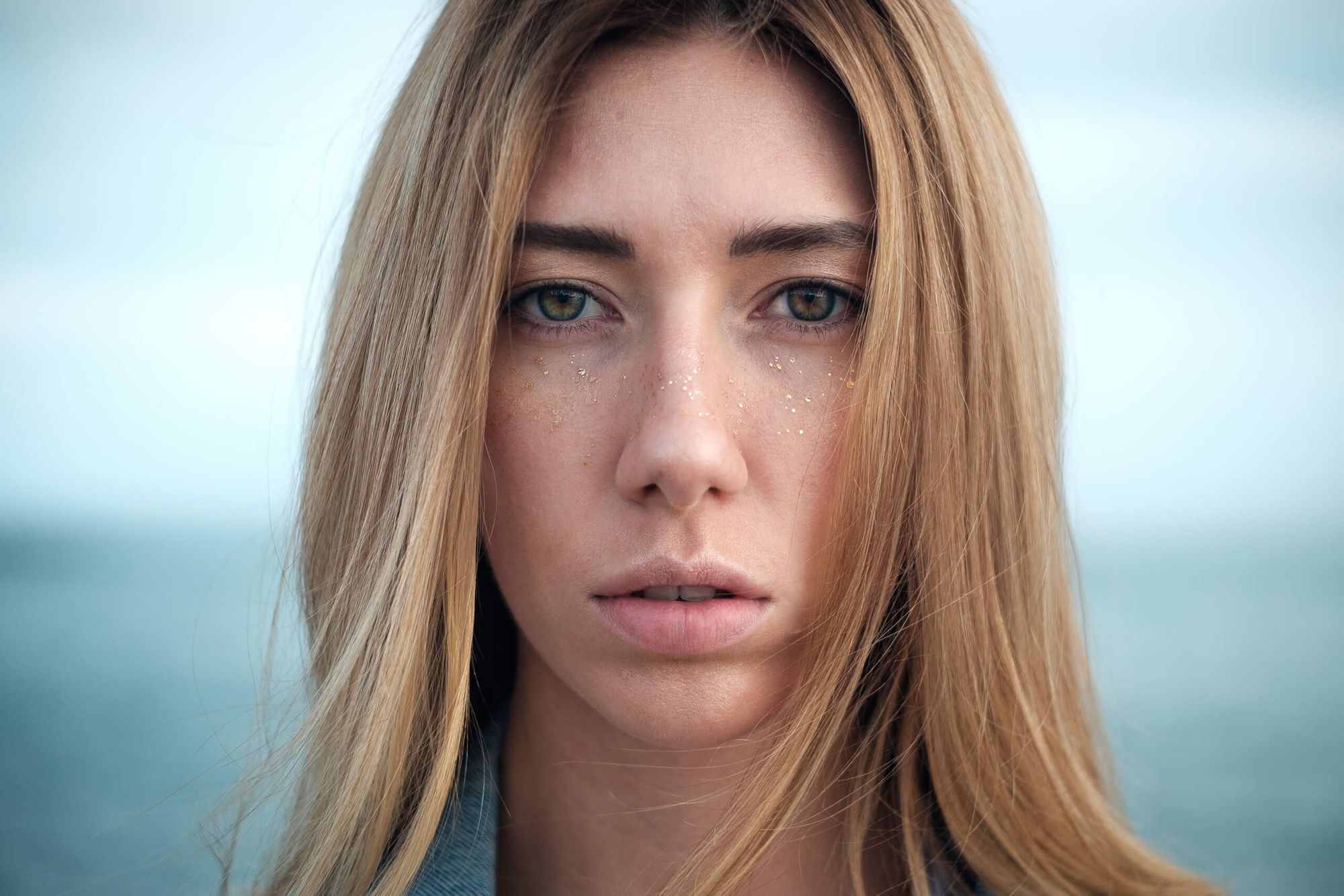
That’s all for now. Check out the second post about the coolest places tourists totally miss.
